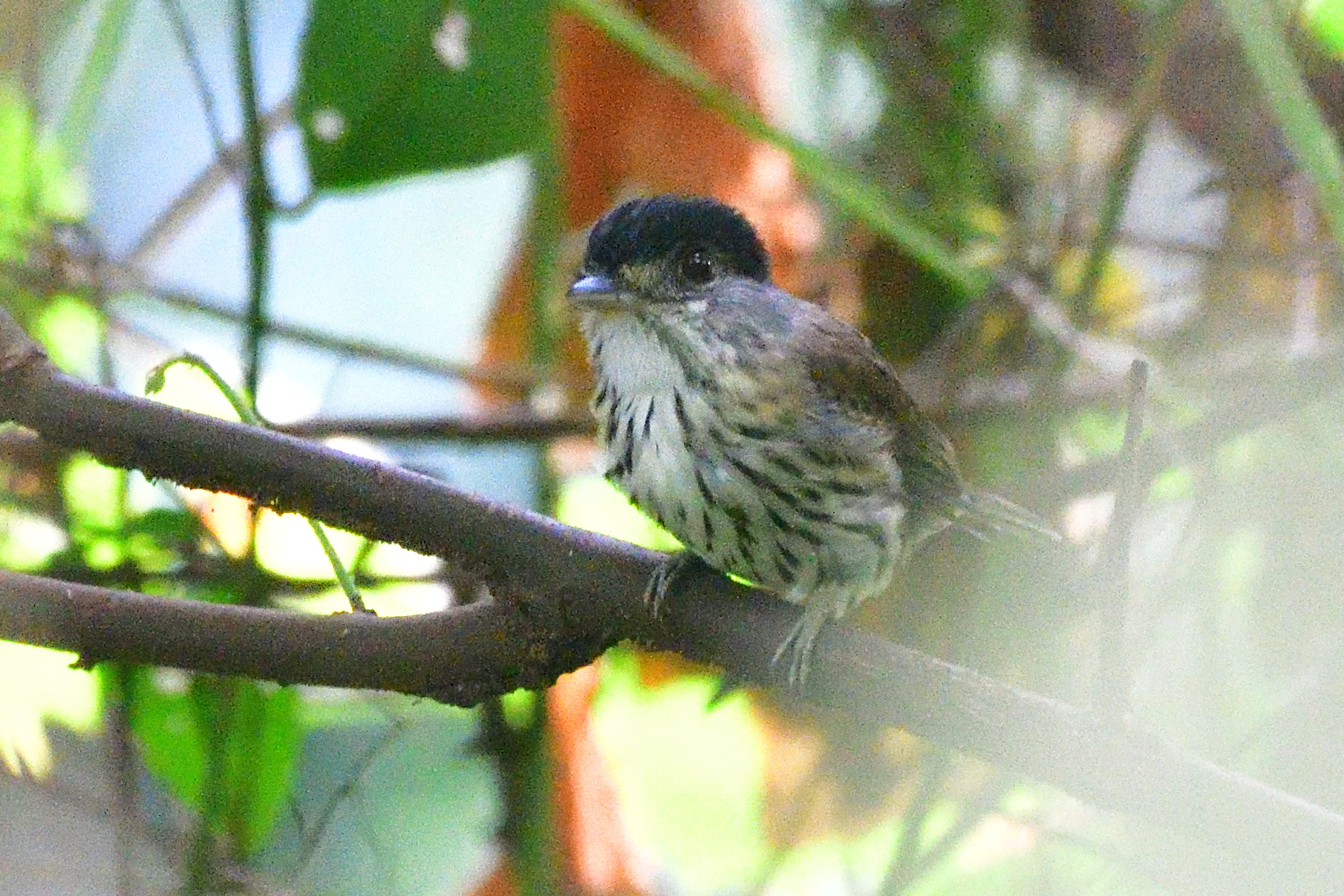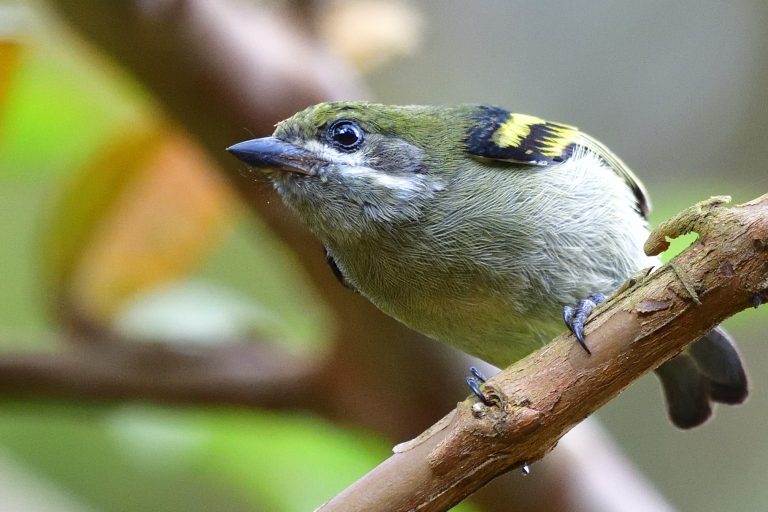
It was finally time to receive my first guest for 2020. Mietek Kuzma is a German bird photographer who has travelled widely in the world taking pictures of birds. I picked up Mietek from Kilimanjaro International airport on the evening on August 16th.
Day 1, Monday, August 17: Kiligolf
Since Mietek arrived late, I had decided to just bird on the estate where I live the first day. I have now recorded 114 species in my garden and more than 200 species on the estate, so it is a good starting point for any trip. We met for coffee at my porch at 06:45. The birds were already feeding in my garden so quickly we started a list: Vitelline Masked and Chestnut Weaver, Red-billed Firefinch and Yellow-spotted Bush Sparrow (Petronia). We started our walk with Abdul Al-Habesha as my local guide. Abdul has been on several trips with me and despite his young age, he is a very talented birder. On the morning walk, we picked up the following species + more: White-bellied Go-away-bird, Tropical Boubou, Long-tailed Fiscal, Superb Starling, Mourning Collared Dove, White-browed Coucal, Yellow-collared Lovebird, Pale White-eye, White-browed Scrub-Robin, Bare-eyed Thrush, Red-fronted Tinkerbird, African Pied Wagtail, Purple Grenadier, Sombre Greenbul, Reichenow´s Seed-eater, Red-cheeked Cordonbleu, Northern Grey-headed Sparrow, African Grey Flycatcher, Yellow-breasted Apalis, Chinspot Batis, Buff-bellied Warbler, African Paradise Flycatcher, Black-faced Waxbill, Slate-coloured Boubou, Cardinal Woodpecker, Spotted Palm Thrush, Brubru, Red-and-yellow Barbet, Blue-naped Mousebird and Klaas´s Cuckoo. Now we had almost gotten to a spot where a pair of Pallid Honeyguides hangs out but to Abdul and my surprise, the first Honeyguide we heard was a Speckle-throated. We called it in and it posed very nicely for us. This was the first time i have recorded this specie on Kiligolf. We added Grey-headed Kingfisher and a Gabar Goshawk before we reached the Pallid Honeyguide site. We called and after some time both birds responded nicely, but due to heavy cloud cover, we did not get any nice pictures. We continued and added the following birds: African Green Pigeon, Little Sparrowhawk, Crested Francolin and one of Mietek´s target birds: Brown-hooded Kingfisher. After the Kingfisher: Crested Francolin, Arrow-marked Babbler, Lizard Buzzard, Nubian Woodpecker, Black-headed Oriole and Black Crake. We had now almost finished our morning loop and heard the calls of Grey-olive Greenbul. 4-5 of them responded well and this was another new bird for me to record at Kiligolf. Before we arrived back at my house for Breakfast/lunch, we added Bronze and Red-backed Mannikin and Crimson-rumped Waxbill. We were back at 11:30 and had recorded 69 species, not a bad start? We relaxed after lunch and Mietek took pictures in my garden. New species added to our list included: Scarlet-chested Sunbird, Lesser Striped Swallow, Village Indigobird and Spectackled Weaver.
We were at the clubhouse of Kiligolf at 15:00. Many of the species we saw in the morning was seen again, but we added amongst others the following on our afternoon walk: Wire-tailed Swallow, Malachite Kingfisher, African Grey Hornbill, Grey-backed Camaroptera, Red-faced Crombec, Brown-crowned Tchagra, Little Bee-eater, African Fish Eagle, African Hoopoe, Pin-tailed Whydah, Speckled Pigeon, Magpie Shrike, Red-winged and Violet-backed Starling and later that night Slender-tailed Nightjar. A total of 95 species were recorded on the first day at Kiligolf, so we were off to a good start.
Some pictures from Day 1:
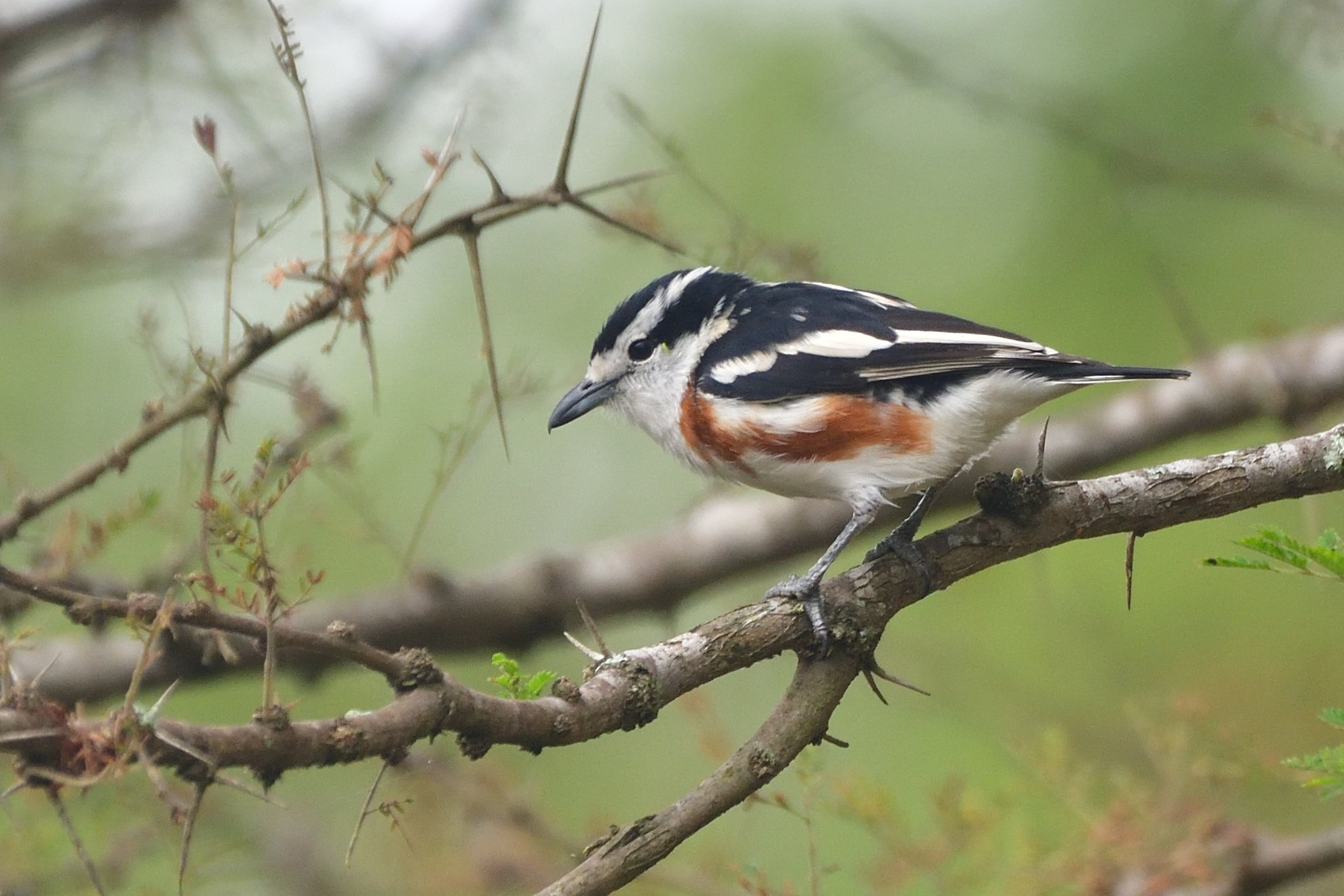
Brubru, Nilaus afer
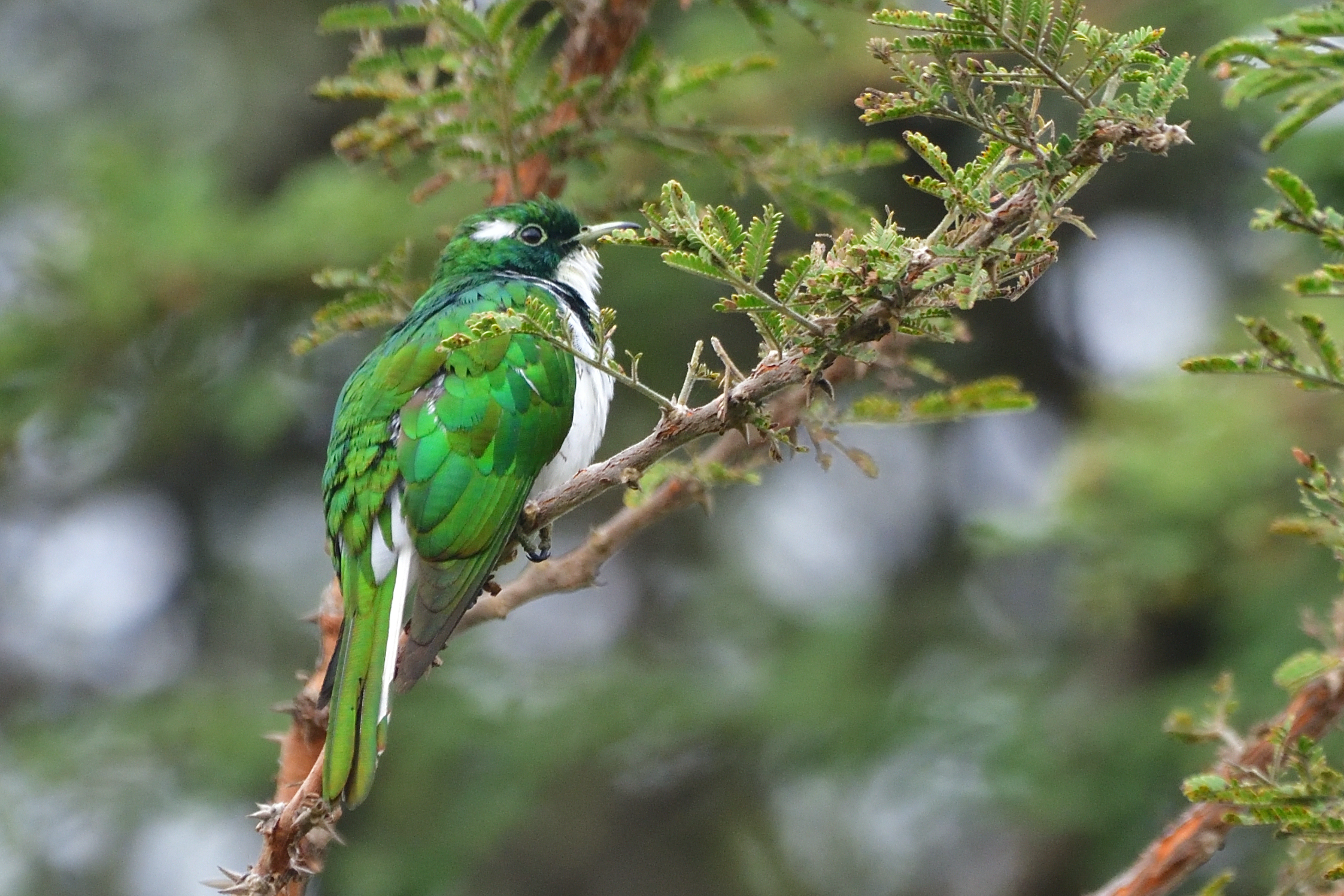
Klaas´s Cuckoo, Chrysococcyx klaas
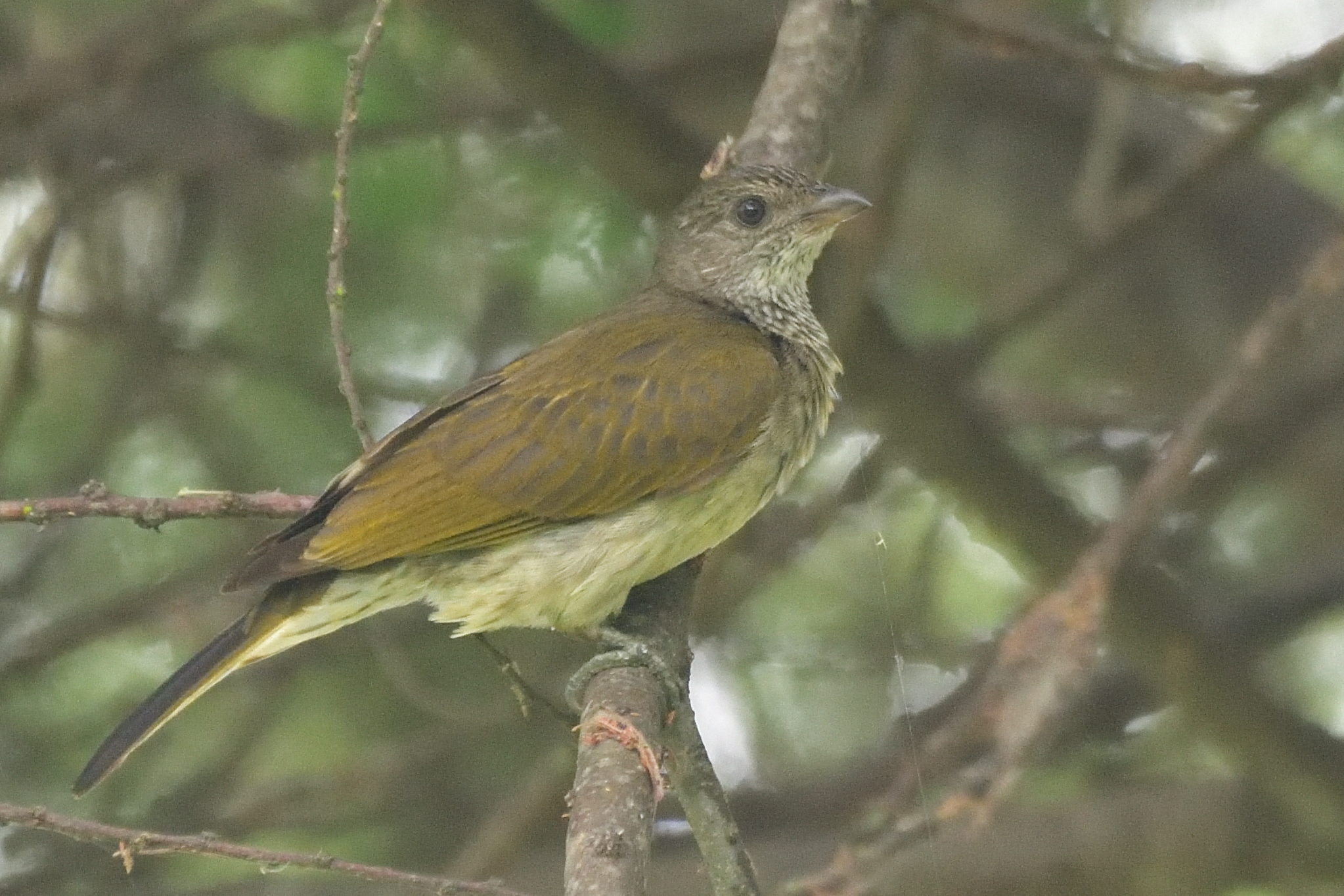
Scaly-throated Honeyguide, Indicator variegatus
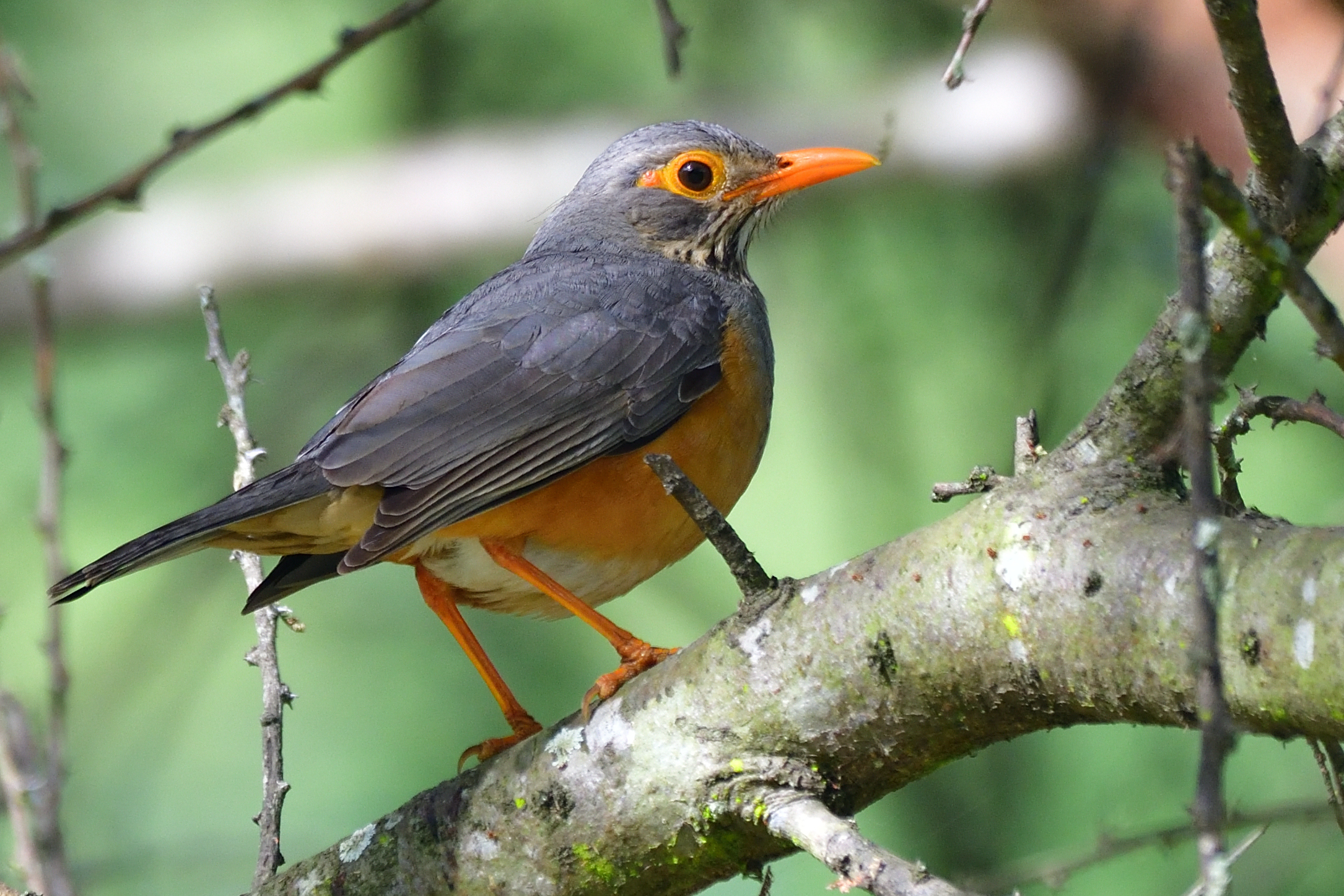
Bare-eyed Thrush, Turdus tephronotus – Endemic to NE Africa
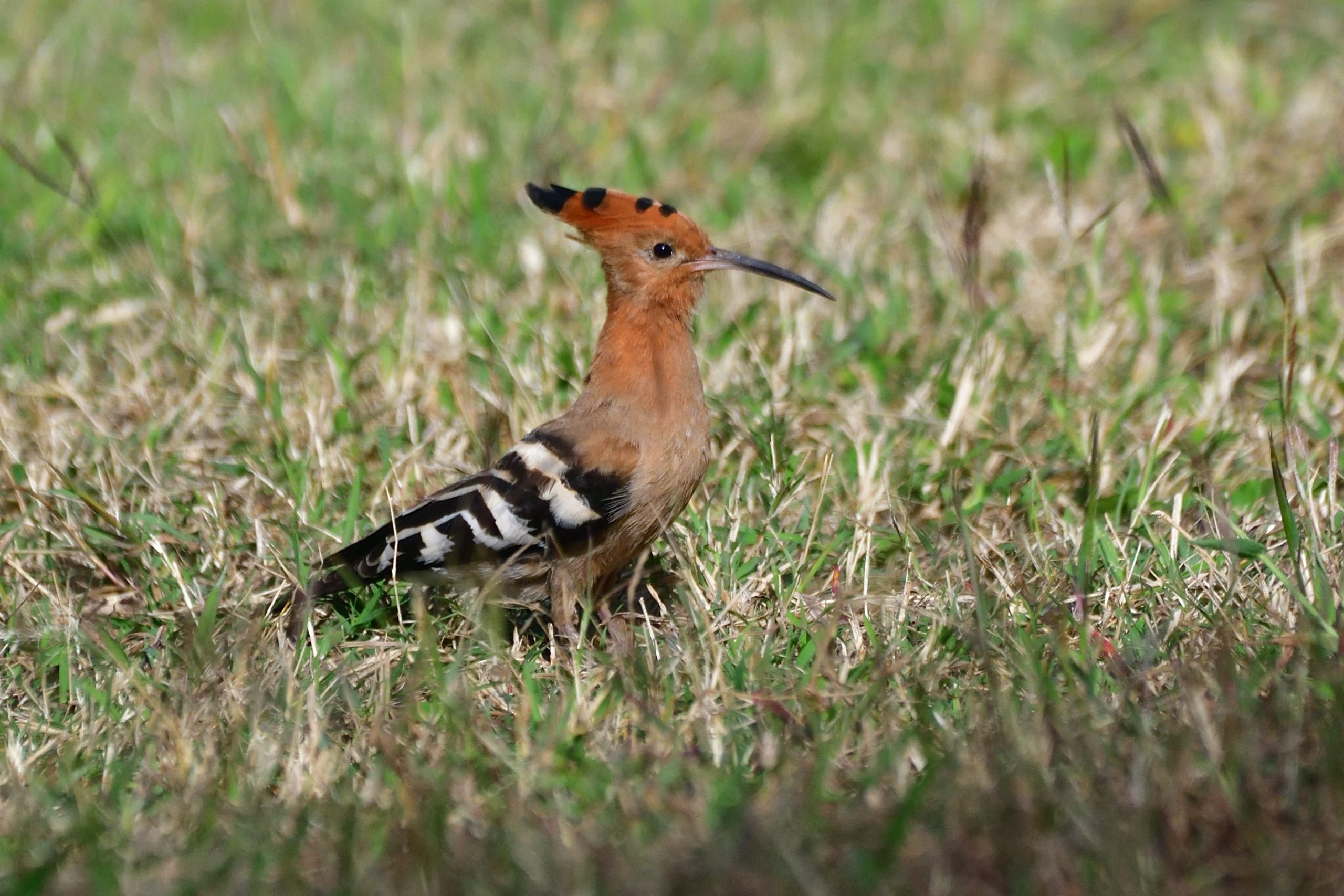
African Hoopoe, Upupa africana
Day 2, Tuesday, August 18 – Arusha National Park
We were at the gate around 07:00. We had a heavy cloud cover today as well and the birding was quite slow in the morning. Still on the way to the Musum, we recorded species as: White-backed Vulture, Crowned Eagle, White-eyed Slaty Flycatcher, Trilling Cisticola and Collared Sunbird. We stepped out of the car at the Museum, it was still quiet, but we managed to pick up Black-headed Apalis, Olive Sunbird, Little Greenbul, Black-fronted Bushshrike and heard a Bar-tailed Trogon calling quite far away. We drove up the right hand side of the Ngurduto crater rim and the birding were still slow. Did not pick up much on the way. We stopped at the the furthest viewpoint were the road stops. Took a walk and managed Waller´s and Kenrick´s Starling, White-eared Barbet, Silvery-cheeked Hornbill and heard Hartlaub´s Turaco. We stopped at the lunch spot at the rim and had breakfast. After breakfast, we drove down to the junction and took the left fork up the crater rim. Tambourine Dove, Cinnamon Bracken Warbler, White-starred Robin and Rüppel´s Robin-Chat were recorded. We drove to the top, but very quiet. On the way down, we stopped at the Glades and recorded Scaly Francolin, African Emerald Cuckoo, Brown Woodland Warbler, African Hill Babbler, Klaas´s Cuckoo and Stripe-faced Greenbul. Most of the species only heard. We drove towards the Momella Lakes and the forest was very quiet. Once it opened up towards the lakes, we stopped at a tiny wetland on the right and recorded Intermediate Egret, Red-billed Teal, Yellow-billed Stork, Northern Fiscal and Nubian Woodpecker. We continued towards the lakes and stopped near the new pavilion: Little Grebe, Brown-throated Martin, Grey Crowned Crane, Southern Citril and Zitting Cisticola were added on the way. Near the pavilion, quite a few waders were present: Ruff, Greater Painted-snipe, Wood Sandpiper, Little Stint and Three-banded Plover. We continued around the lake: Lesser Flamingo, Cape Teal, White-fronted Bee-eater, Orange-breasted Bushshrike and Rufous-naped Lark. We stopped for lunch at one of the viewing points. After lunch we completed the loop and added African Hoopoe, Southern Pochard and Thick-billed and Baglafecht Weaver. We were running a little late for the trip up Mount Meru, but had time to stop for a flock of Orange-breasted Waxbills. On the way up Mount Meru, we finally located a pair of Bar-tailed Trogons. We did not have time to go further up than to the Fig tree. It was still very quiet. On the way down we found a pair of Harlaub´s Turacos and another African Hill Babbler. This one sat nicely out for a little time. We were running out of time and drove towards the gate. Just at the gate, we picked up a Bronzy Sunbird. Even though we managed to record 70 species, it was a very slow day in Arusha National Park. Some times, the park can be extremely good, other times it does not deliver.
Some pictures from Day 2:
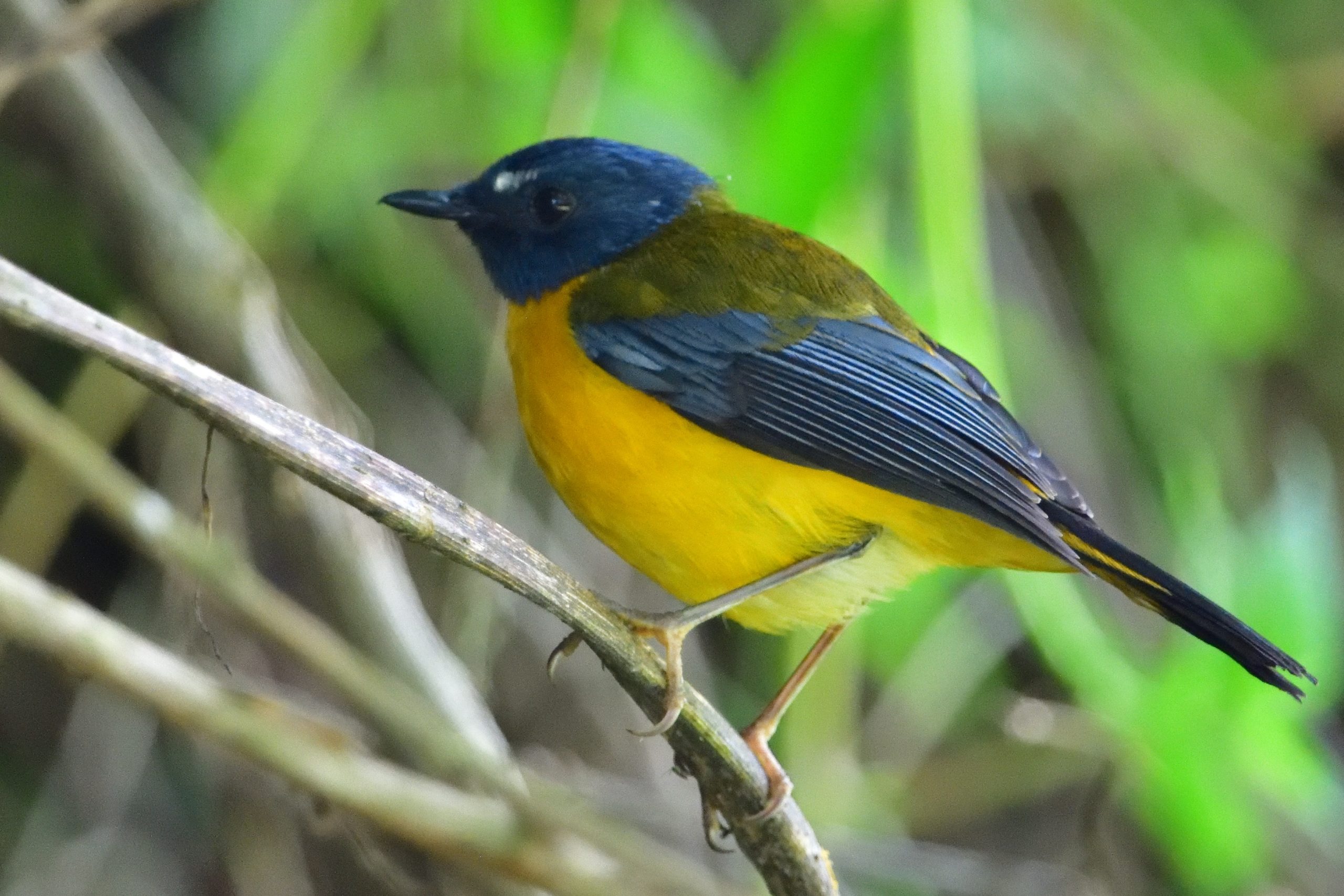
White-starred Robin, Pogonacichla stellata
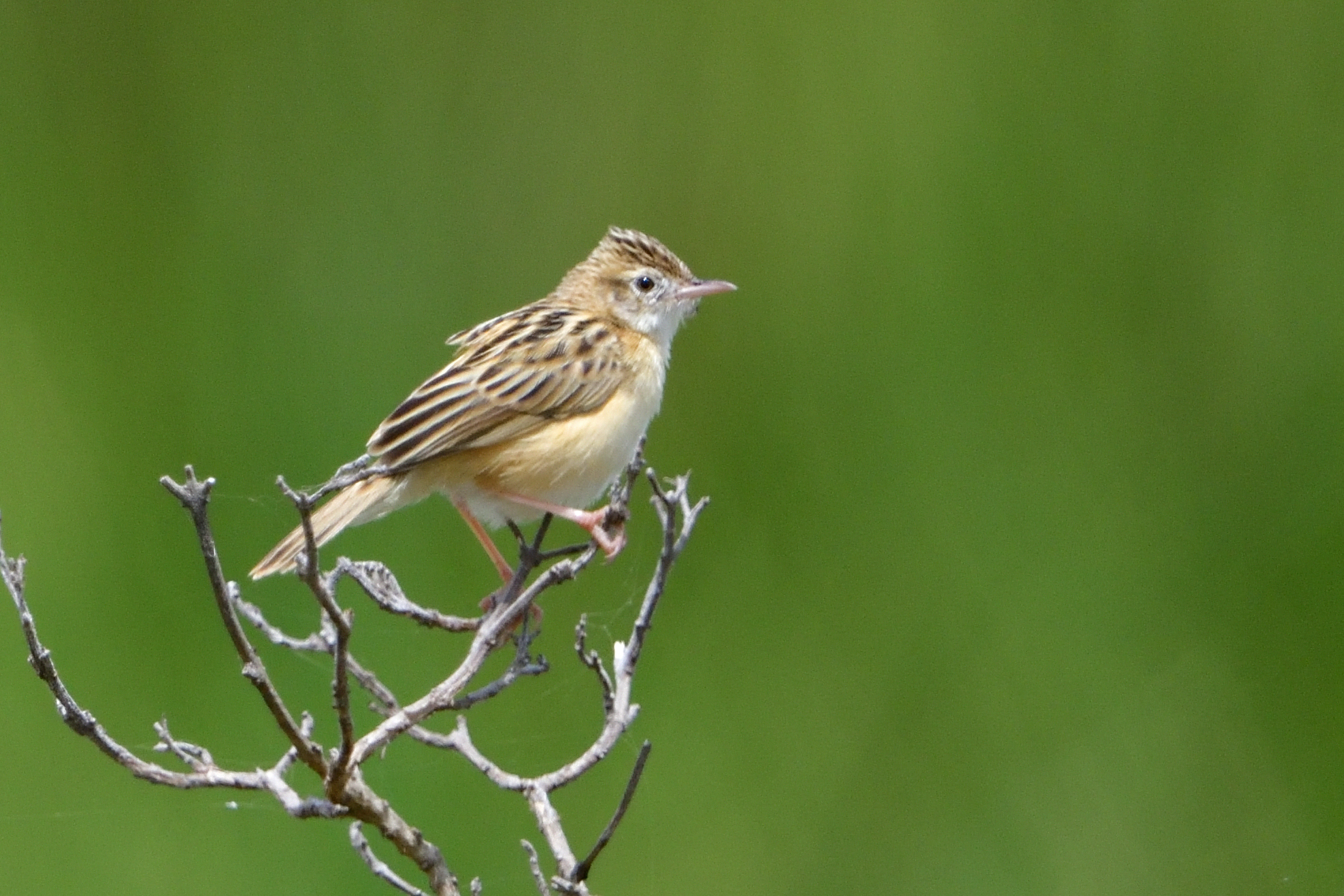
Zitting Cisticola, Cisticola juncidis
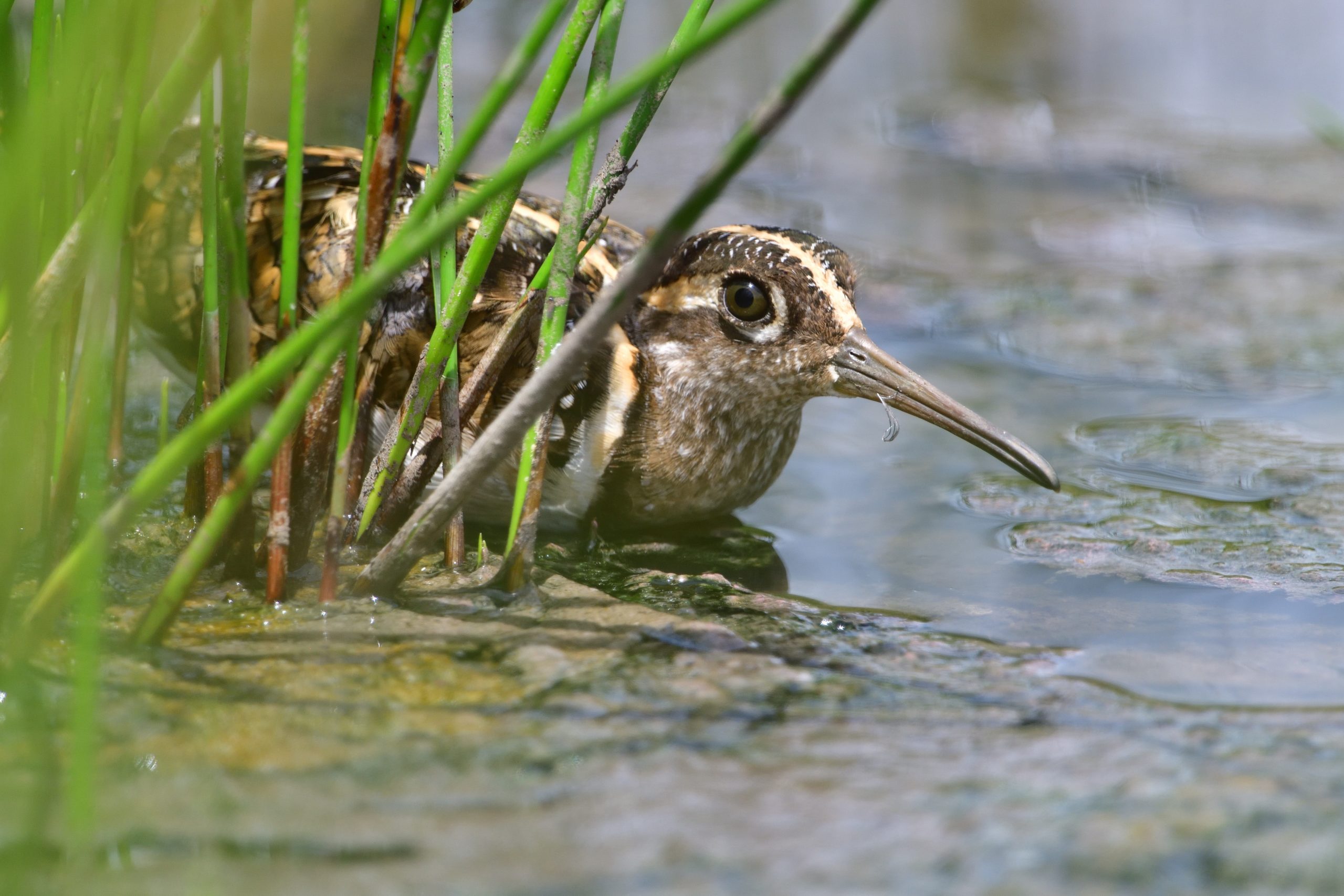
Greater Painted-Snipe, Rostratula benghalensis
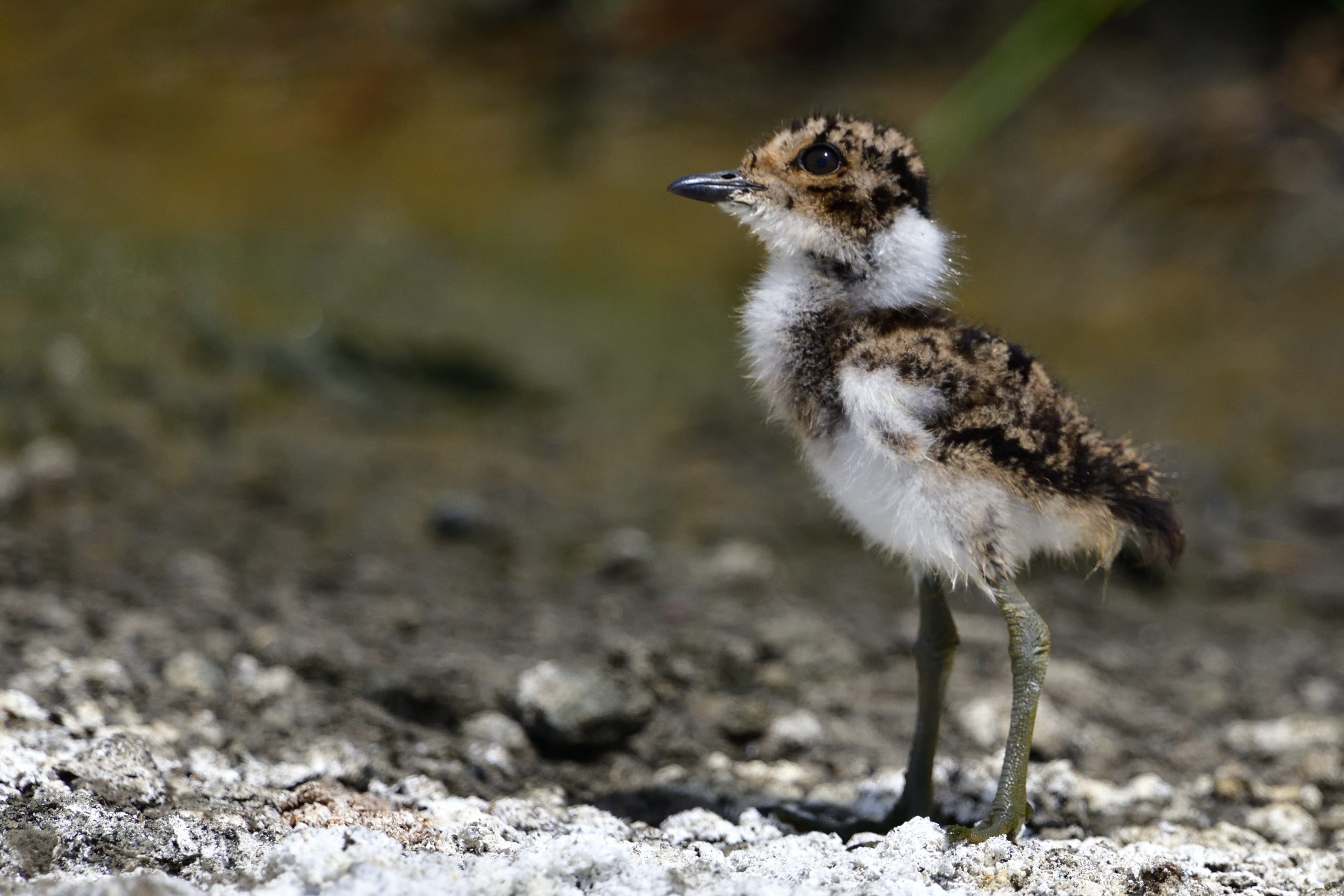
Blacksmith Lapwing (chick), Vanellus armatus
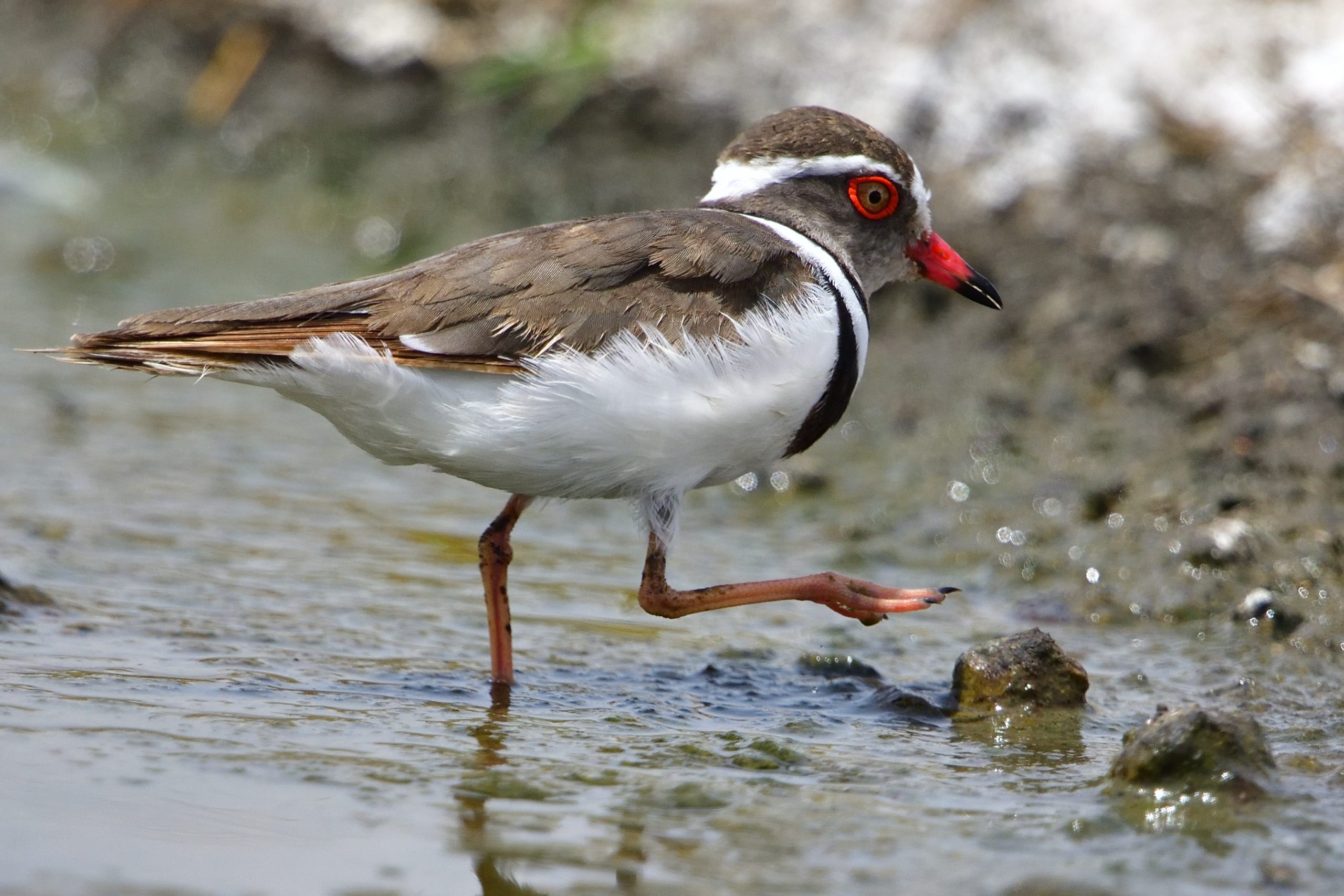
Three-banded Plover, Charadrius tricollaris
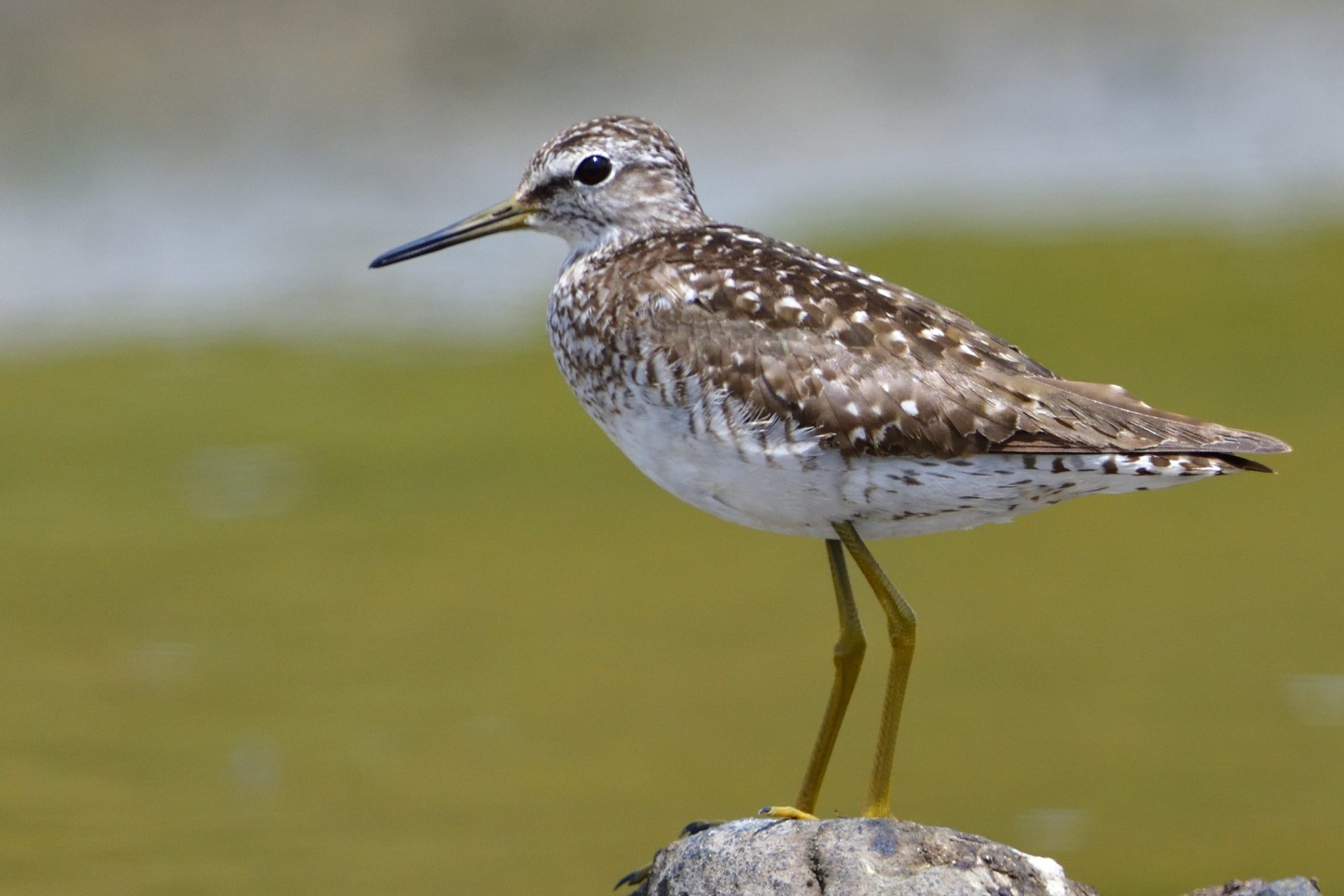
Wood Sandpiper, Tringa glareola
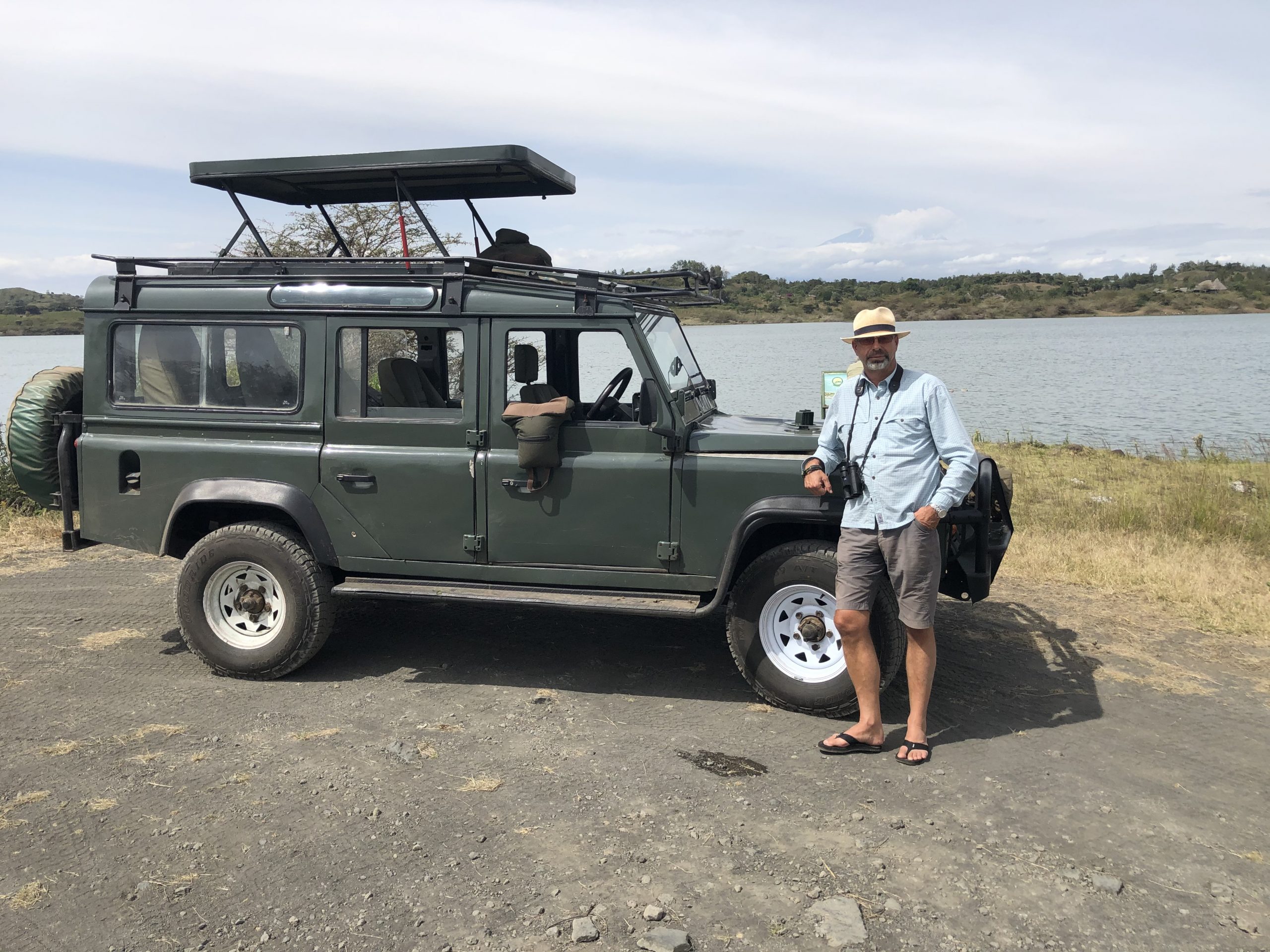
Had my first day in my “new” Landy. With the pop up roof it makes it ideal for taking pictures inside the parks.
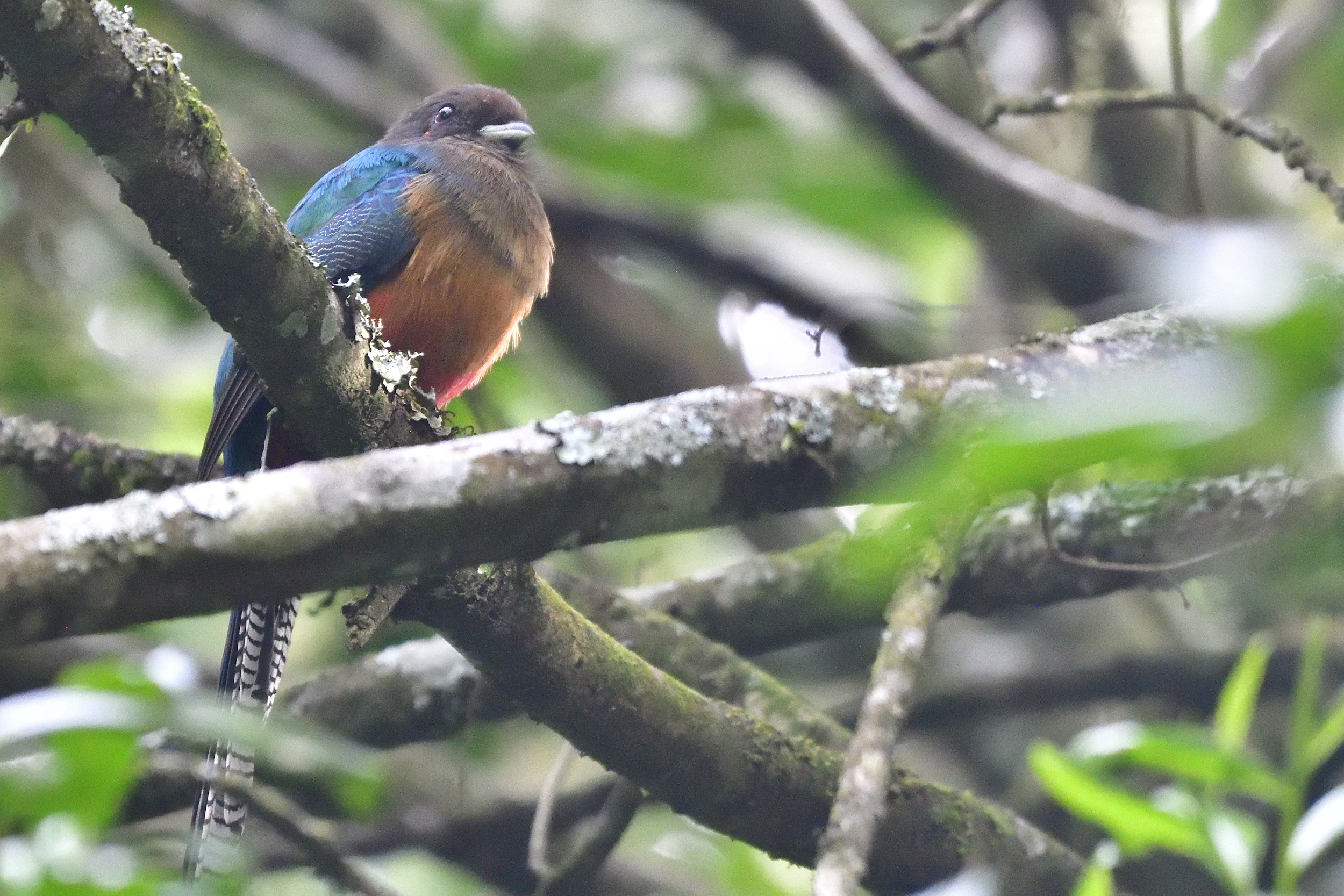
Bar-tailed Trogon (Female), Apaloderma vittatum
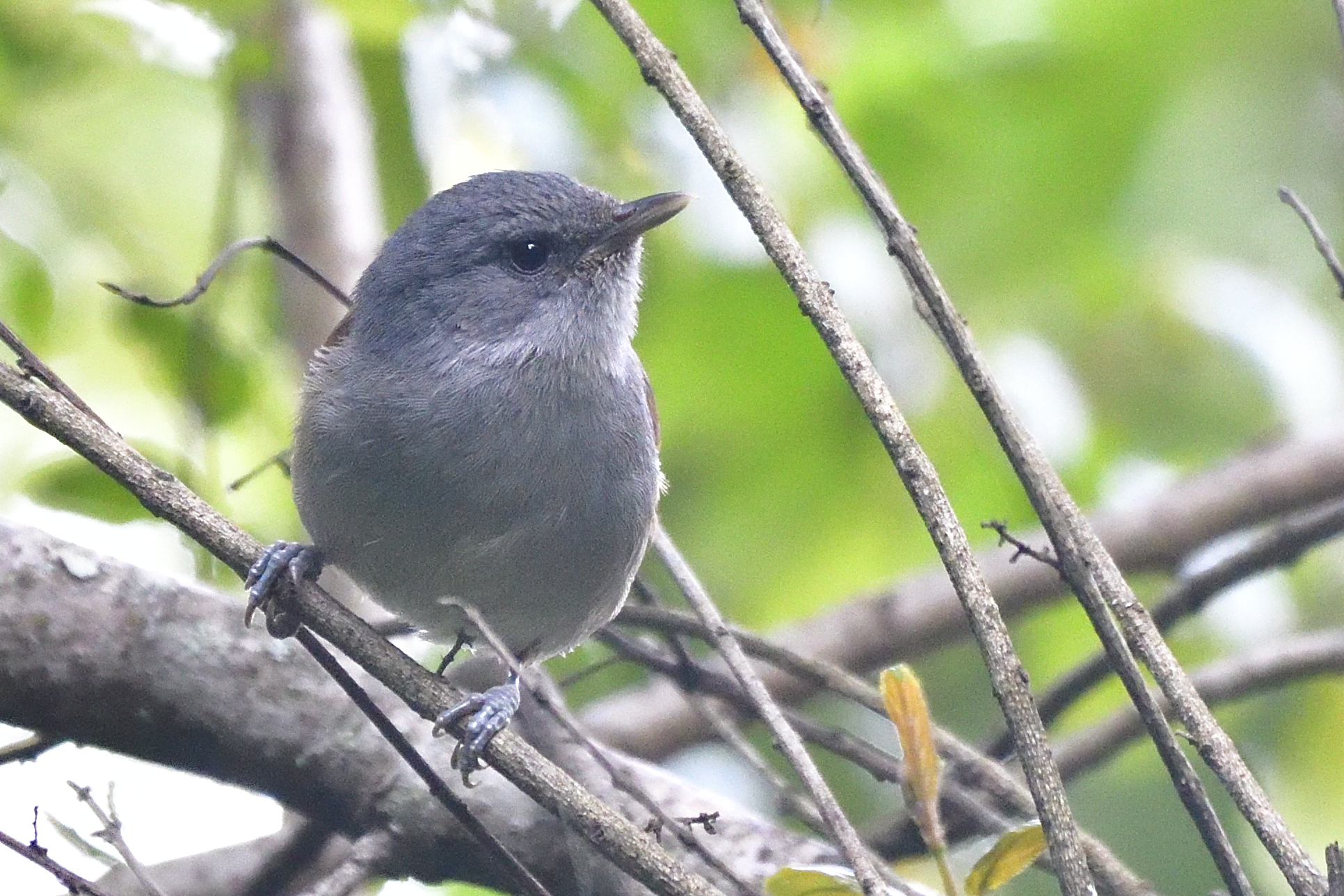
African Hill Babbler, Pseudoalcippe abyssinica
Day 3, Wednesday August 19 – Tarangire national Park
We left early for Tarangire this morning and was close to the park gate a little after 08:00. We have a place with a good number of birds just outside the park gate and quickly found the following birds: White-bellied Canary, Blue-capped Cordonbleu, Northern Red-billed Hornbill, Black-necked Weaver, Red-faced Crombec, Slate-coloured Boubou, Banded Parisoma, Rufous-tailed Weaver, White-bellied Go-away-bird, and Speckle-fronted Weaver. We continued to the park gates where I checked in while Mietek and Abdul took a walk around the gate area. We were soon in the park and started picking up birds: Ashy Starling, Red-billed Buffalo Weaver, Pearl-spotted Owlet, Striped Kingfisher, Black-winged Kite, Silverbird, White-headed Buffalo Weaver, Northern White-crowned Shrike, Yellow-throated Longclaw, Black-headed Oriole, Yellow-collared Lovebird, Bateleur, Magpie Shrike, Red-and-yellow Barbet and Red-chested Cuckoo. We stopped at the campsite for breakfast. After breakfast we followed the river on the Northern side: Red-billed Oxpecker, Arrow-marked Babbler, Common Ostrich, D´Arnaud´s Barbet, Nubian Woodpecker, Swahili Sparrow, Yellow-necked and Red-necked Spurfowl, Long-crested Eagle, Grey-headed kingfisher, Martial Eagle, African Grey Woodpecker, Abyssinian Scimitarbill, Northern Pied Babbler, Greater Honeyguide Southern Ground Hornbill, Brown Snake Eagle. We stopped at the bridge and observed some Marabou Storks Fishing. An African Fish Eagle tried to steal the fish from one of the Storks, but had to give up. We then went to the picnic site for lunch. Ashy Starlings, Northern White-crowned Shrikes and White-headed Buffalo Weavers were looking for a tidbit around the picnic site and provided good photographic opportunities. After lunch, we drove on to the Little Serengeti. Here are some of the birds from that area: Fischer´s Sparrow-Lark, Double-banded Courser (very many), Desert Cisticola, White-bellied Bustard, Coqui Francolin, more Southern Ground Hornbills, Black-faced Sandgrouse and Rosy-patched Bushshrike. This was not the best day I have had in Tarangire either. Less than 70 species in a day is below par.
Some pictures from Day 3:
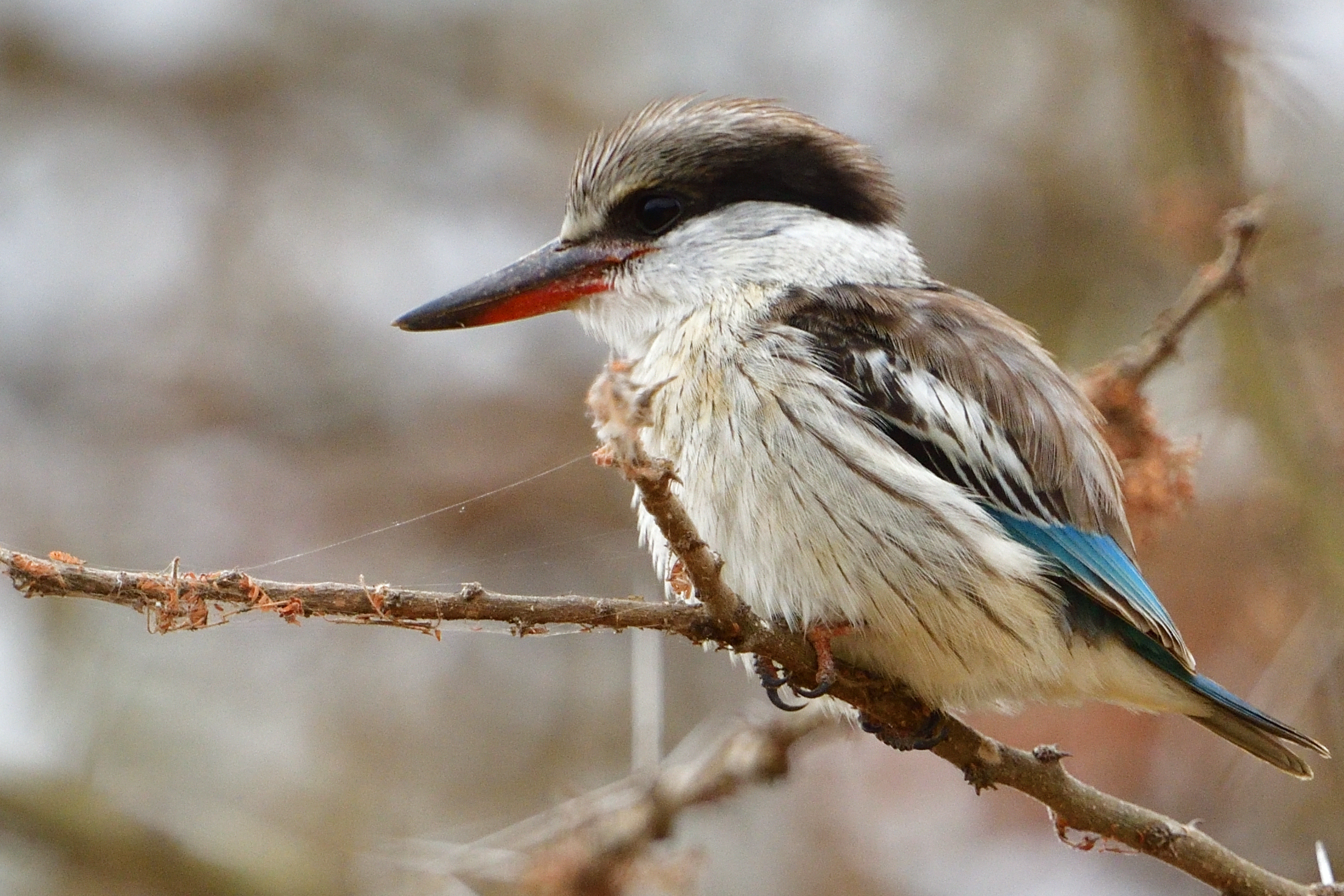
Striped Kingfisher, Halcyon chelicuti
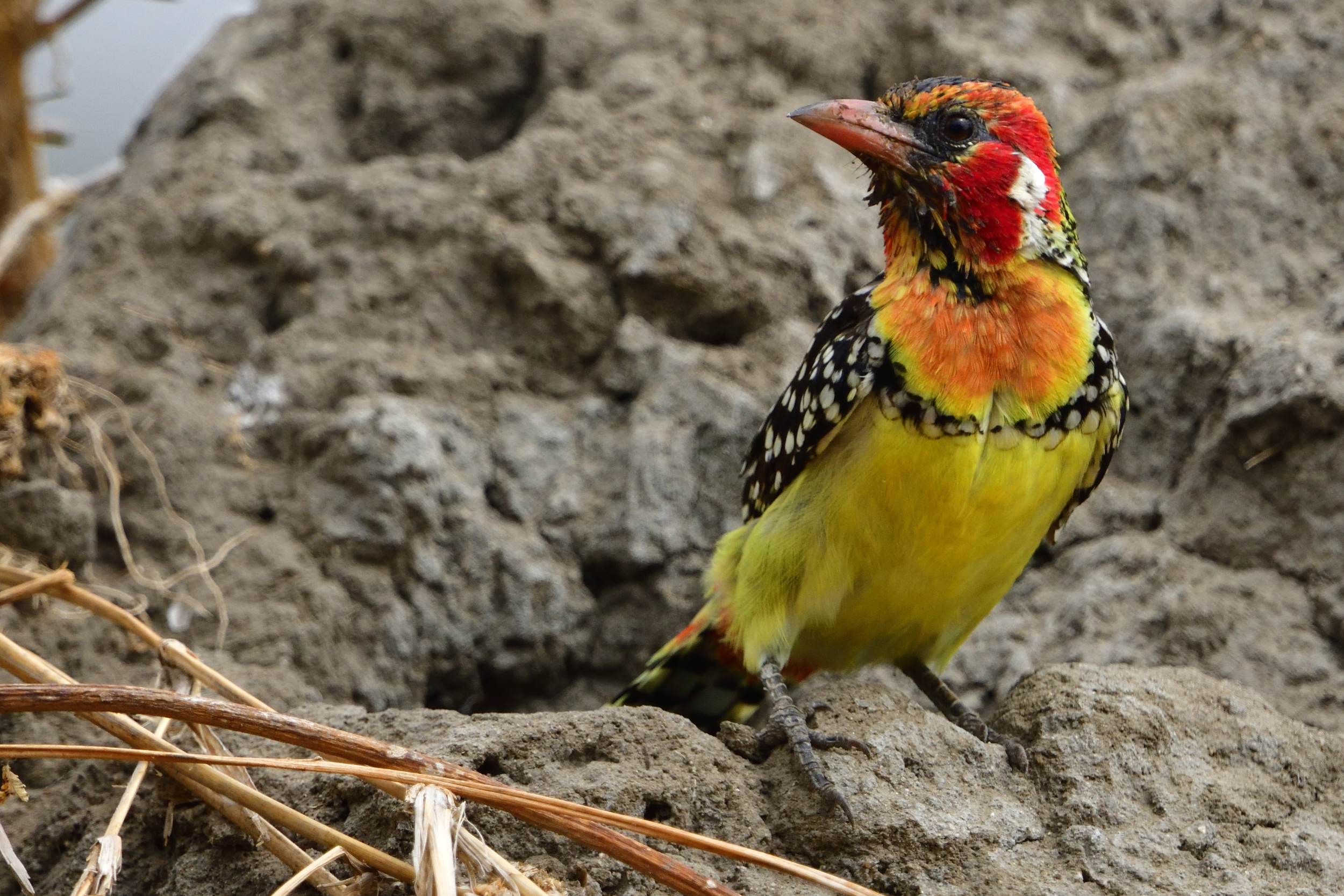
Red-and-yellow Barbet, Trachyphonus erythrocephalus – Endemic to NE Africa
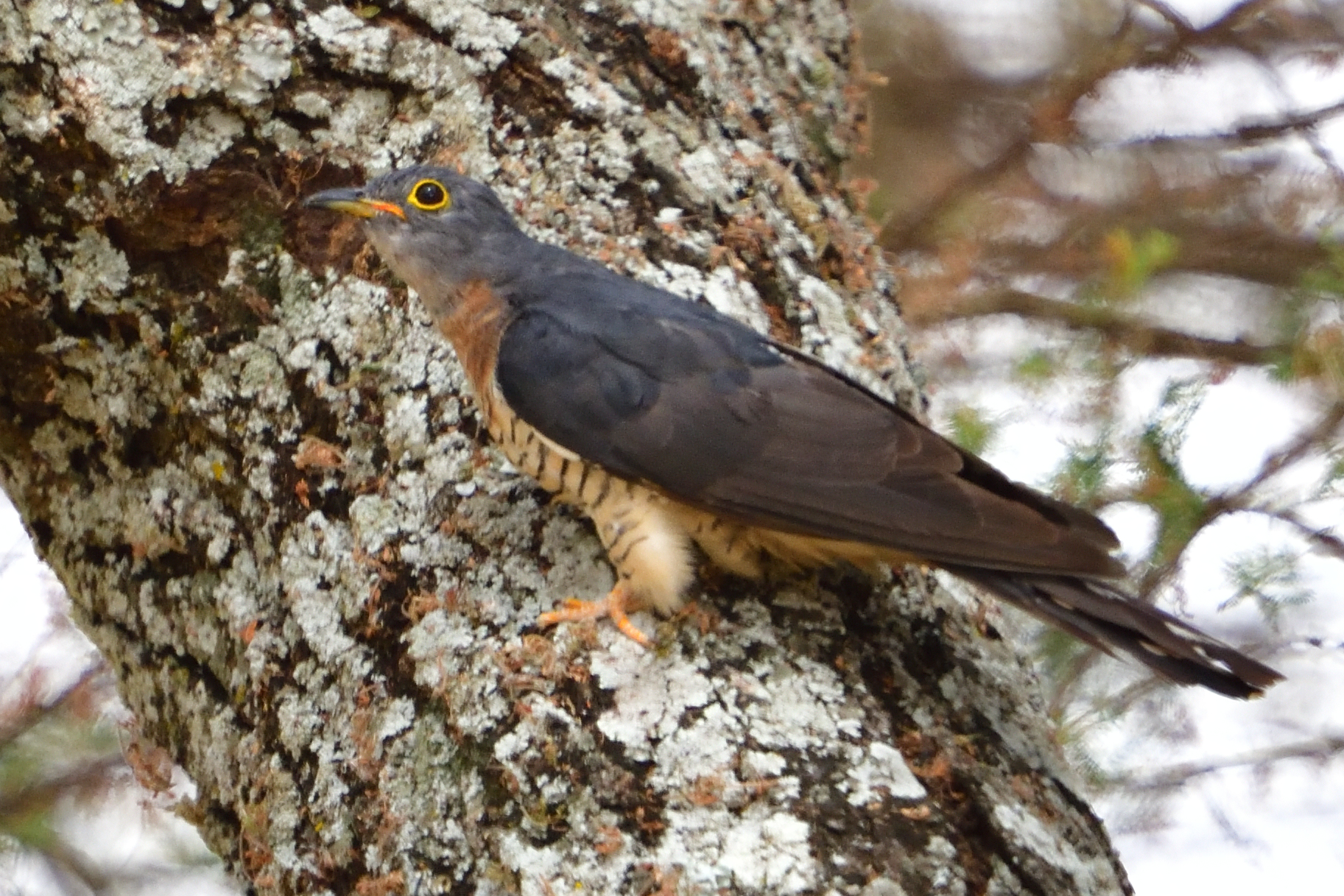
Red-chested Cuckoo, Cuculus solitarus
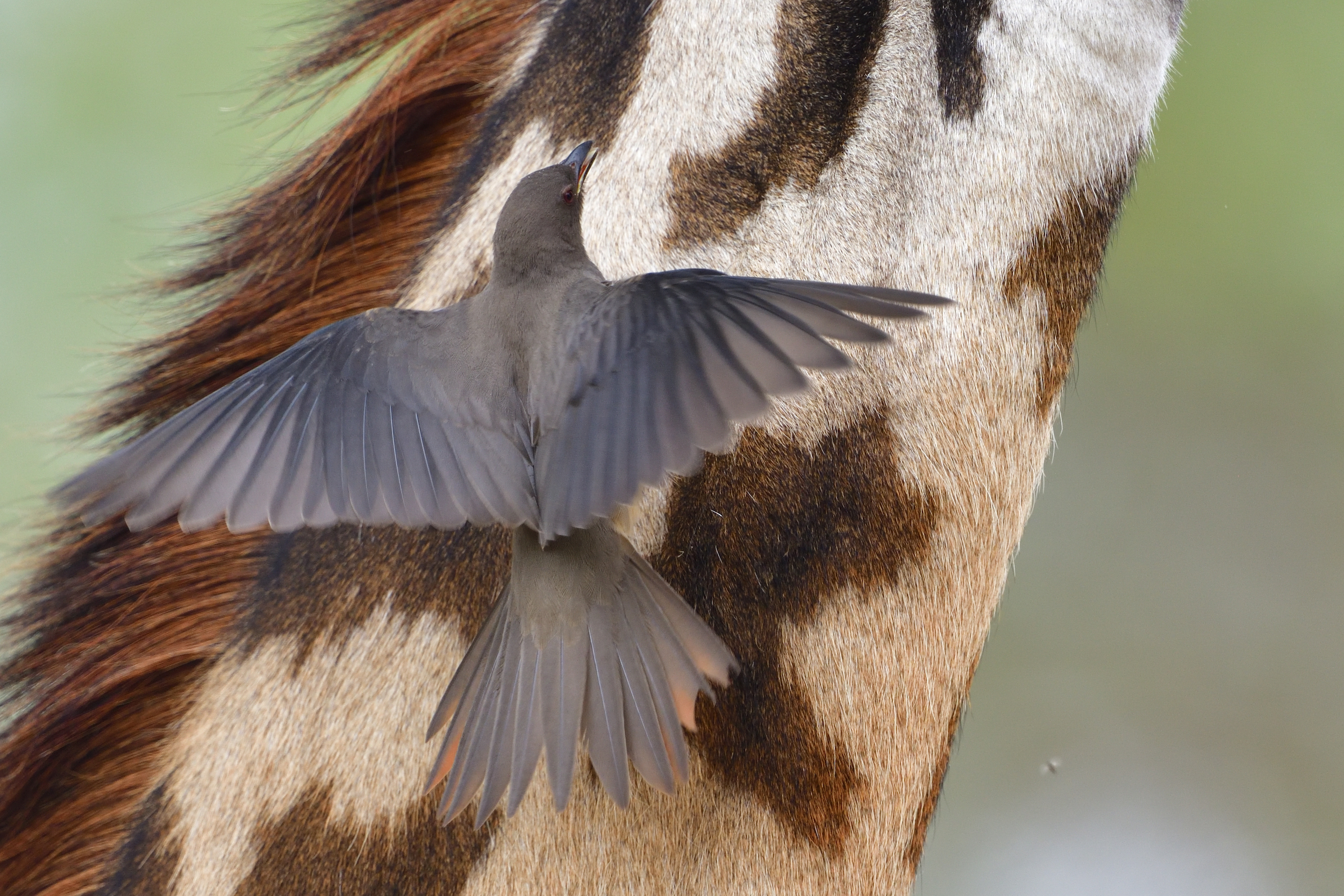
Red-billed Oxpecker (Juvenile), Buphagus erythrohynchus
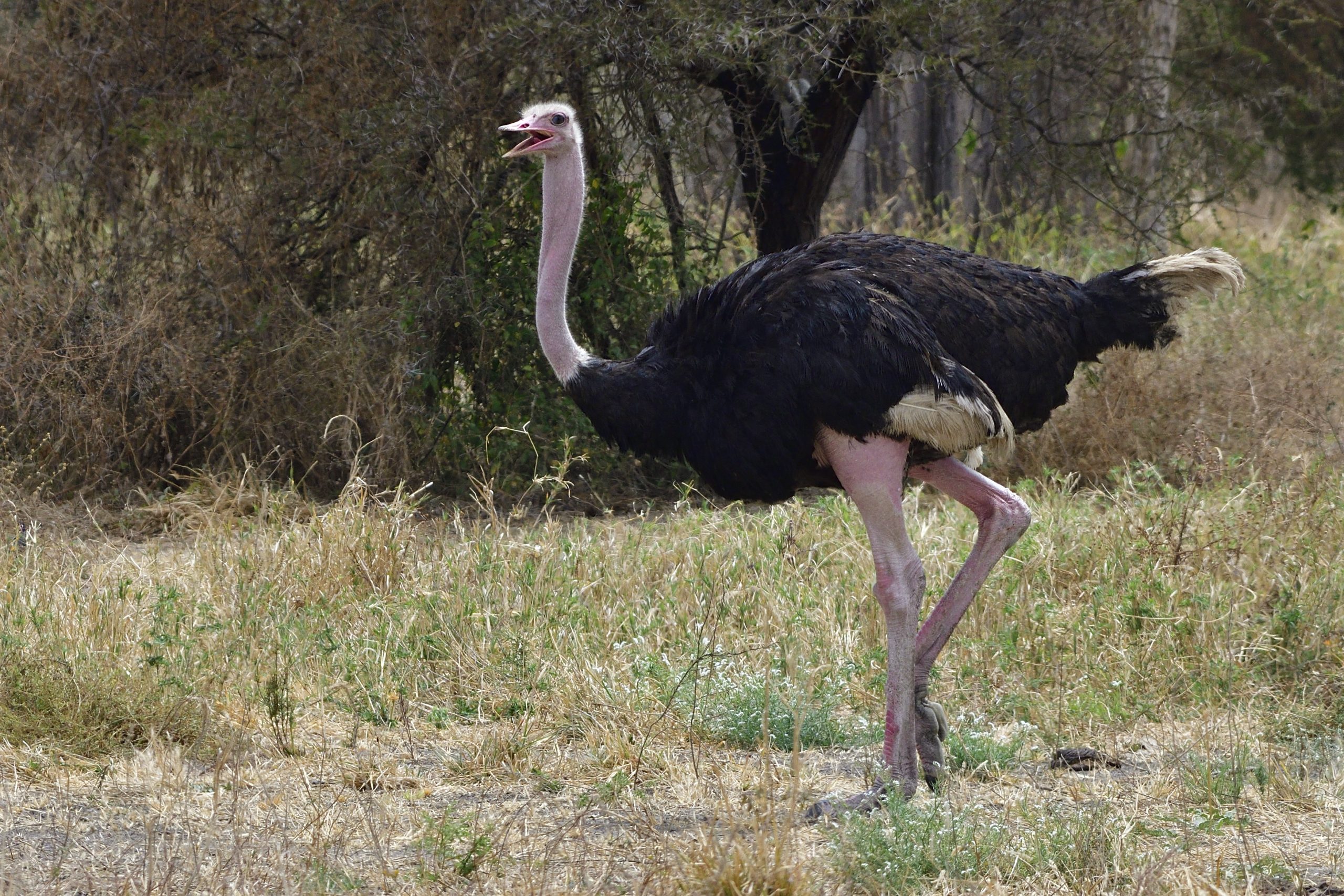
Common Ostrich, Struthio camelus
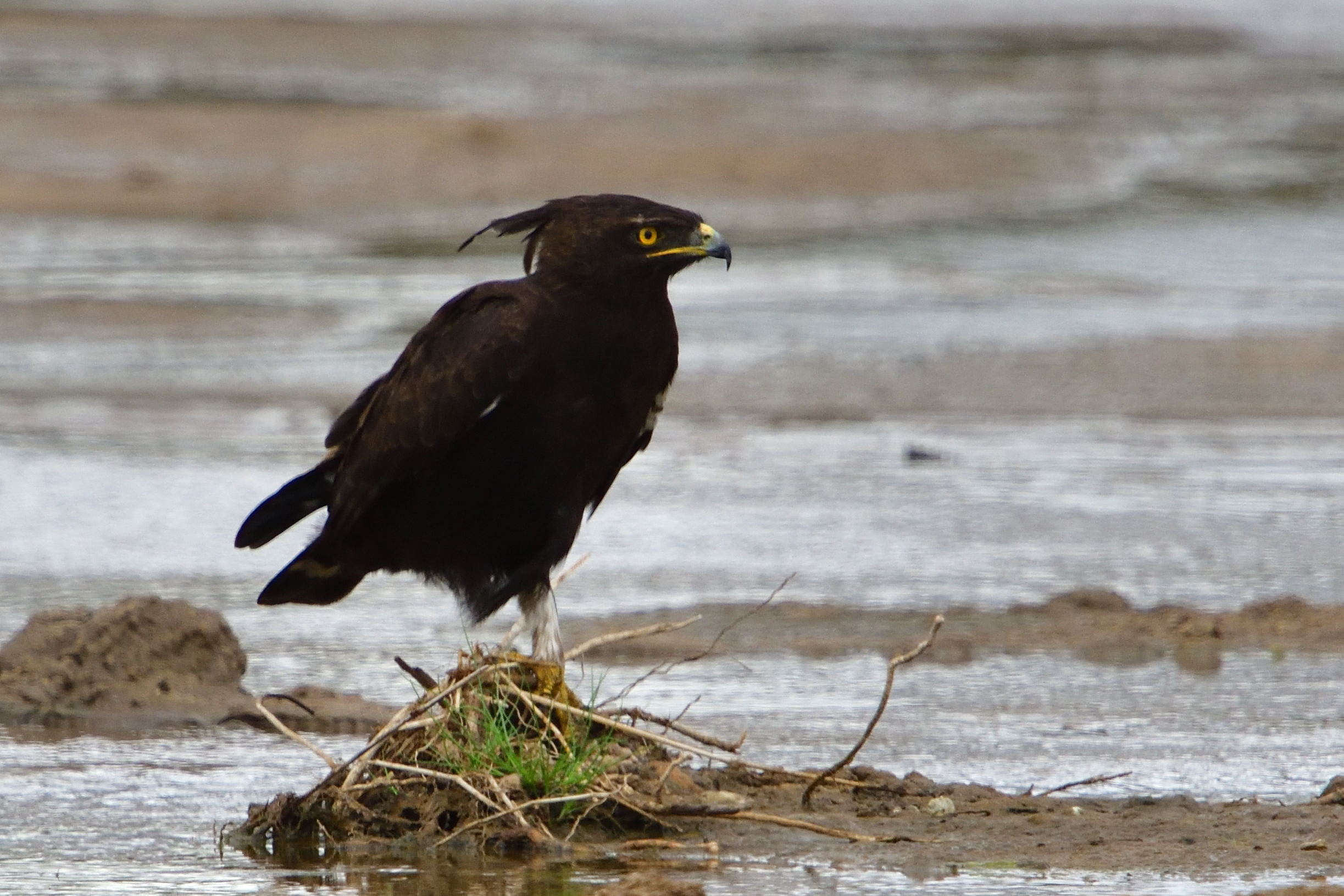
Long-crested Eagle, Lophaetus occipitalis
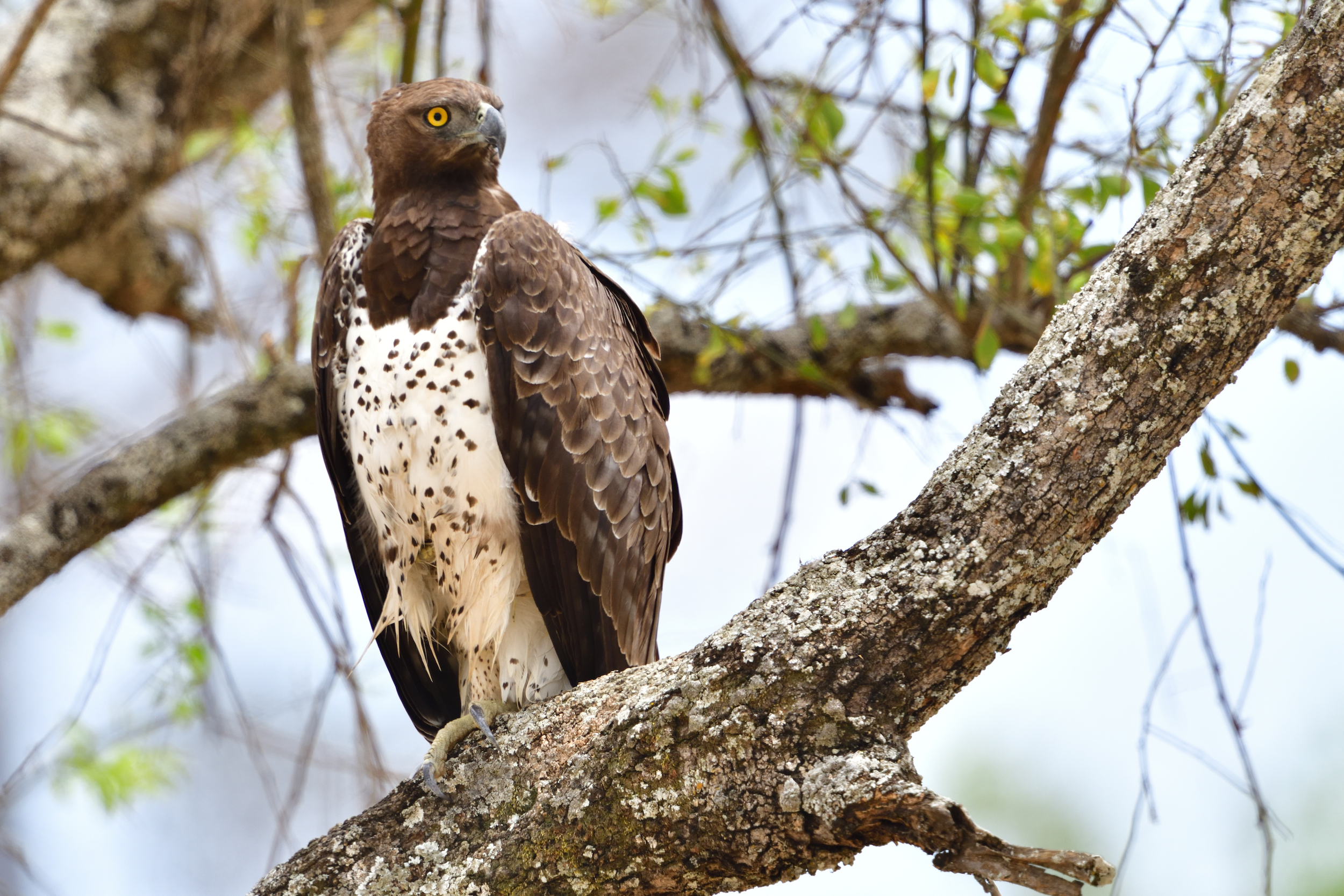
Martial Eagle, Polemaetus bellicosus
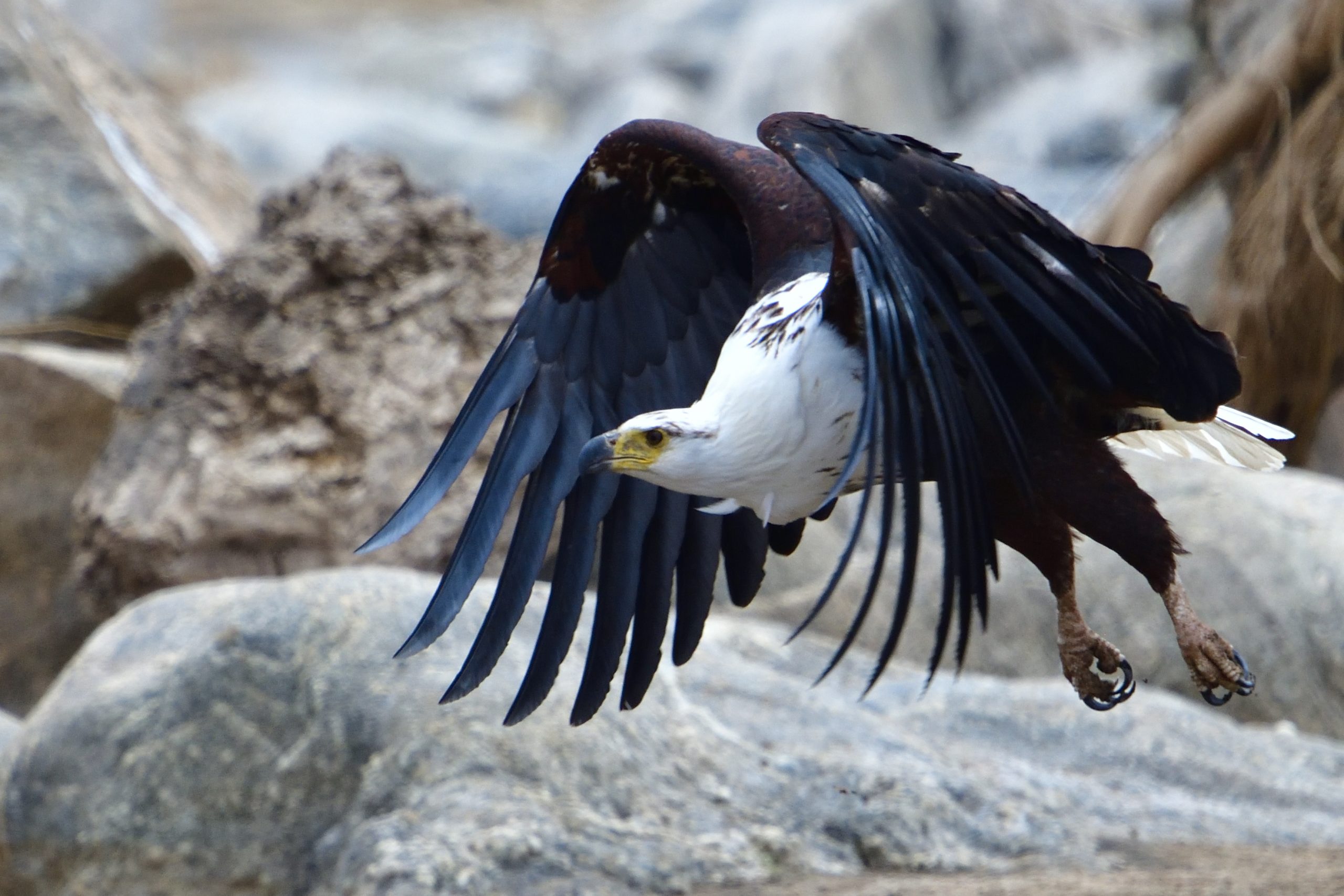
African Fish Eagle, Haliaeetus vocifer
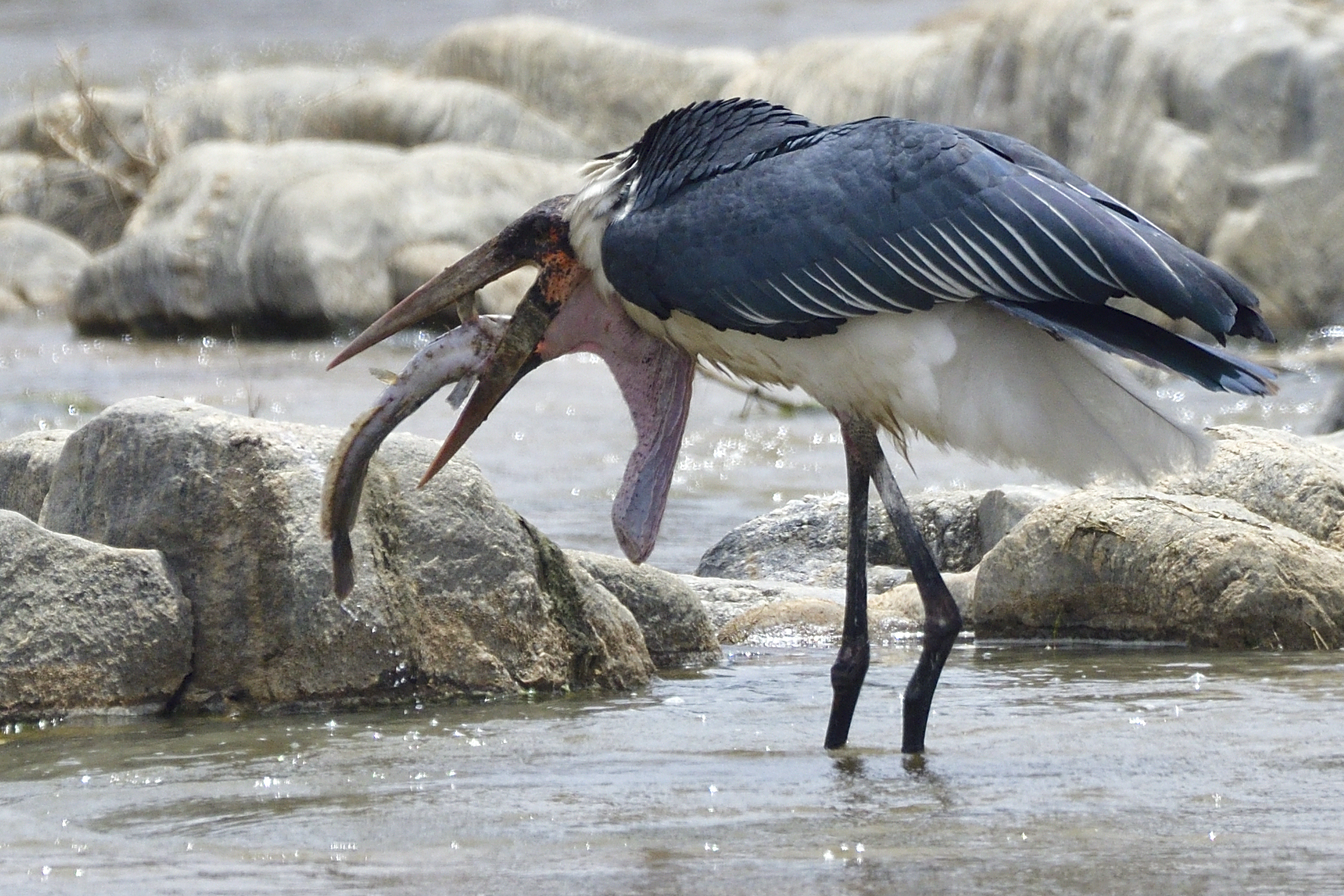
Marabou Stork, Ephippiorhynchus crumeniferus
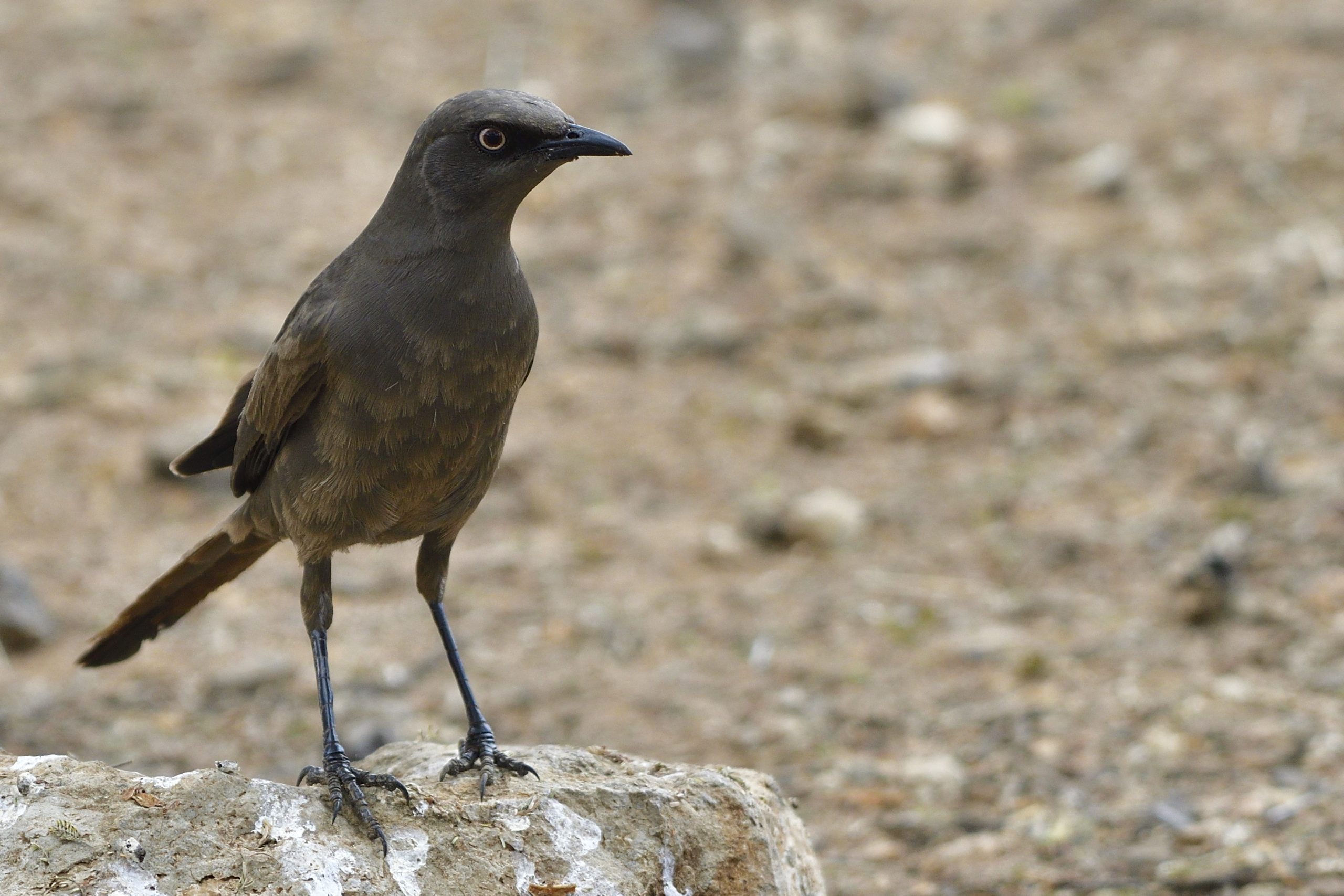
Ashy Starling, Lamprotornis unicolor – Endemic to Tanzania
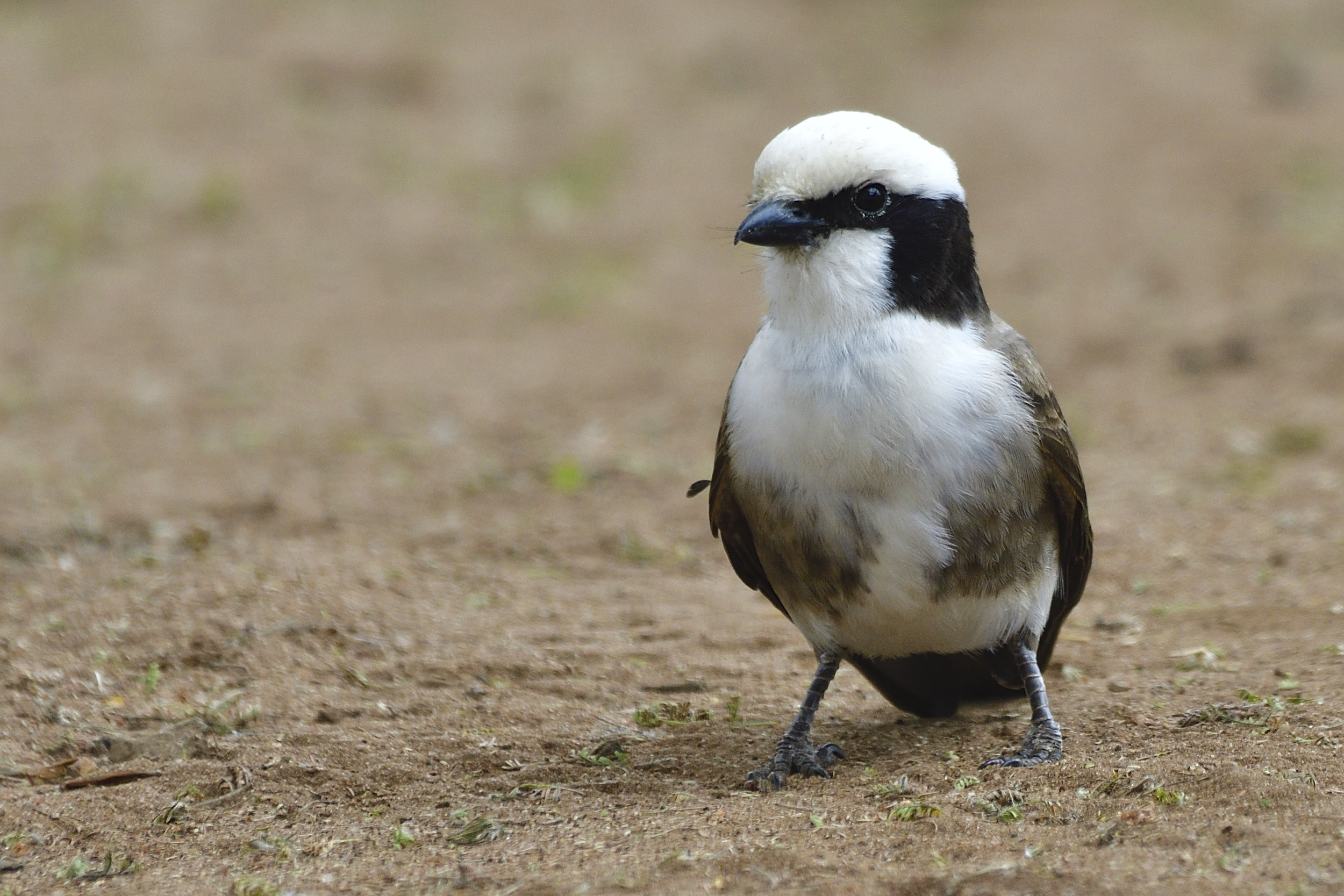
Northern White-crowned Shrike, Eurocephalus rueppelli – Endemic to NE Africa
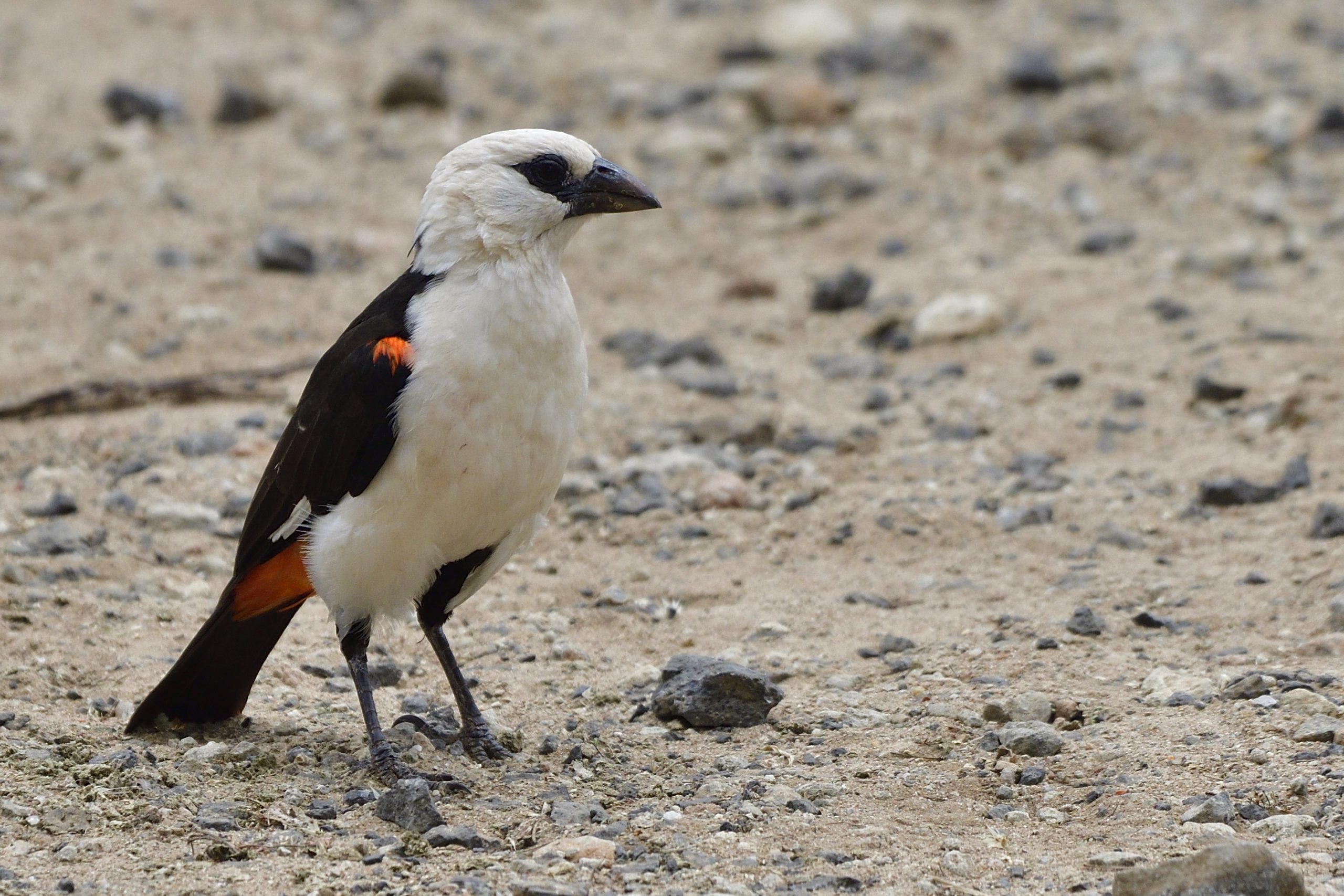
White-headed Buffalo Weaver, Dinemellia dinemelli – Endemic to NE Africa
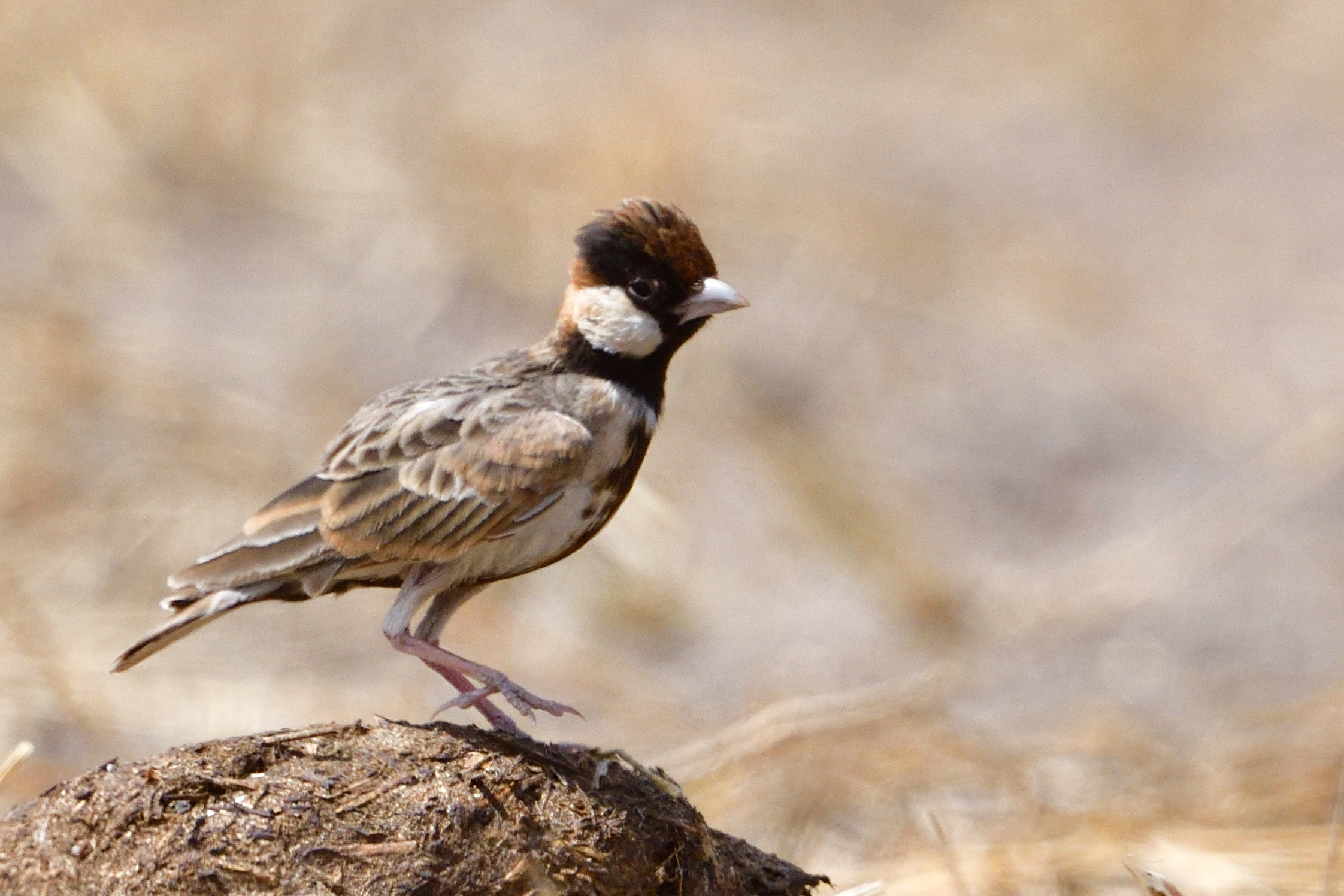
Fischer´s Sparrowlark, Eremopterix leucopareia – Endemic to SE Africa
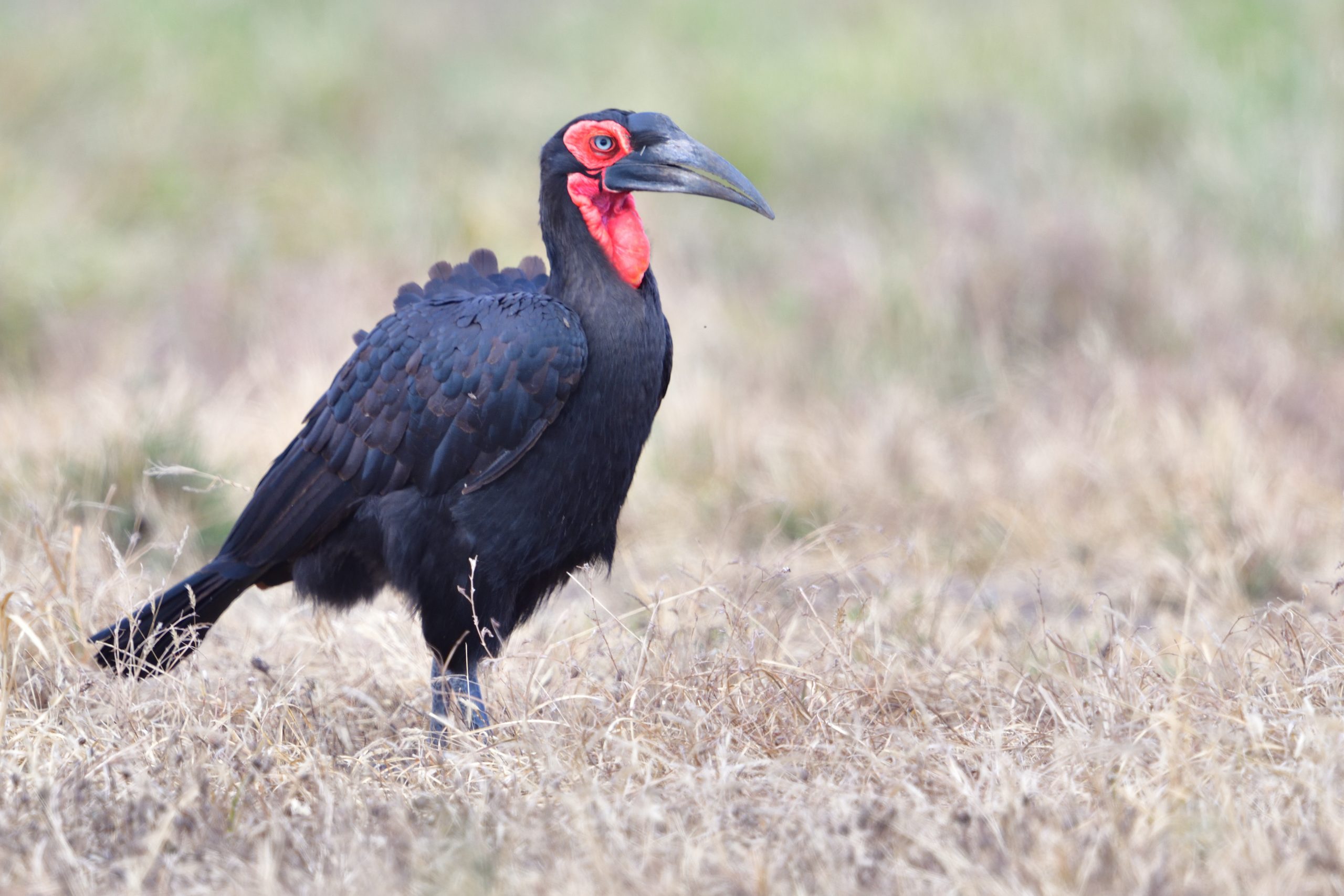
Southern Ground Hornbill, Bocorvus leadbeateri
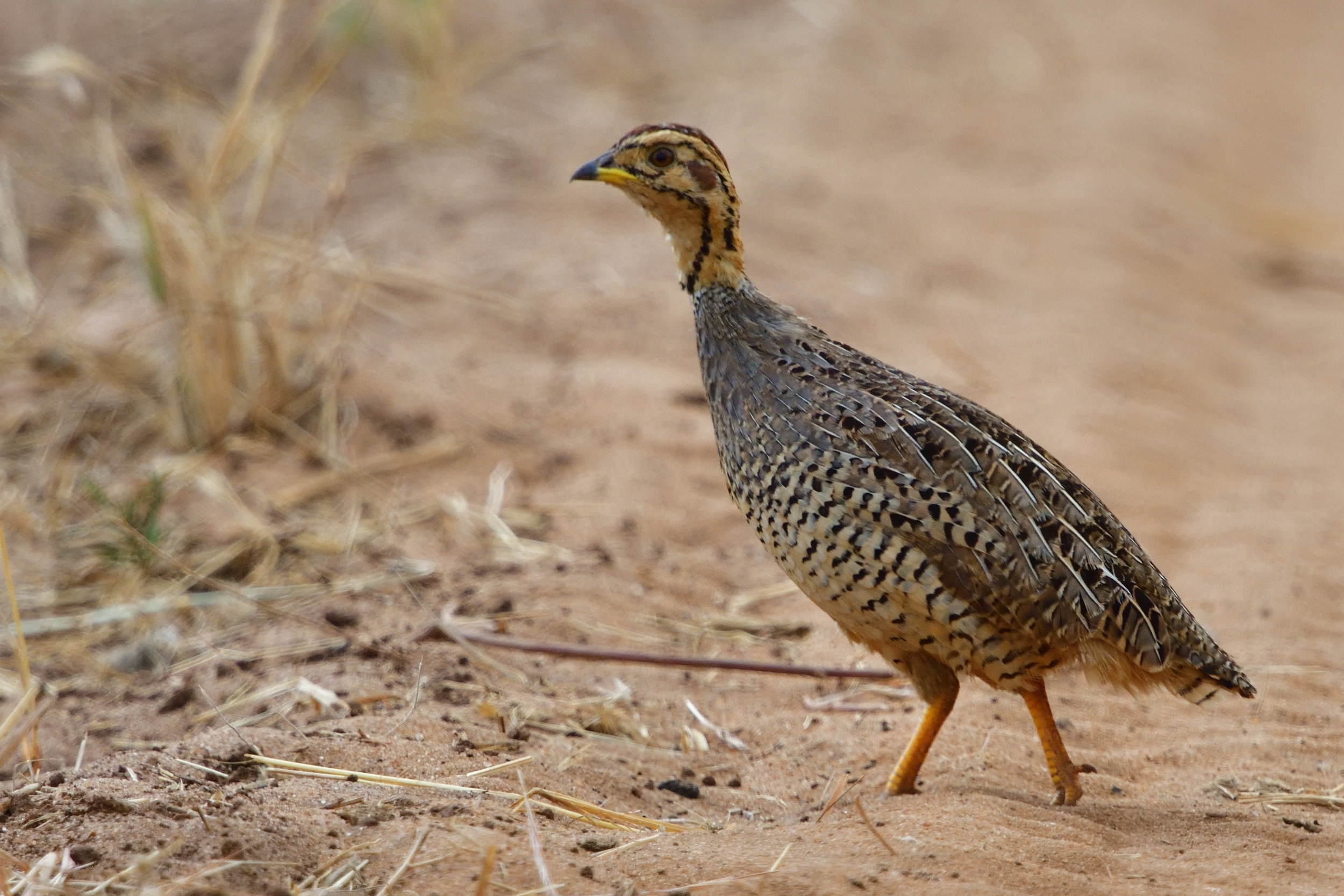
Coqui Francolin, Peliperdix coqui
Day 4, Thursday, August 20 – Lark Plains & Oldonyo Sambo
We had an early start again this morning. We arrived at Lark Plains around 07:40. On the road before we go into the plains we saw Tawny Eagle, Taita Fiscal and 2 Secretarybirds in the distance. Just at the take off, a Male and female Chestnut-bellied Sandgrouse. Before we parked the car, we had added Capped Wheatear and Short-tailed Lark. We parked the car and it was very strange that we had not seen a single Red-capped Lark. We spotted Saruni, the Masai and his friend in the distance and walked towards them. They had already found the Beesley´s Lark for us. We took some pictures, returned to the car and started to drive slowly towards Saruni´s booma. On the road we picked up amongst other birds: Red-fronted Prinia (Warbler), Foxy Lark, Tiny Cisticola, Rosy-patched Bushshrike, Northern Crombec, Ashy Cisticola, Pygmy Falcon, Southern Grosbeak Canary, Kori Bustard, Grey Wren-Warbler, White-bellied Canary, Red-throated Tit and Red-and Yellow Barbet. We also found the Secretarybirds again. We stopped at the boma and had breakfast. After breakfast we took a walk in the dry Acacia forest next to the Boma: Grey-capped Social Weaver,Yellow-bellied Eremomela, White-headed Buffalo Weaver, Bare-eyed Thrush, Brubru, Banded Parisoma, White-bellied Go-away-bird, Red-fronted Bartbet, Pygmy Batis, Abyssinian Scimitarbill, Black-faced Waxbill, Somali Bunting and Chestnut Sparrow were some of the birds recorded. As we returned to the car, a curious Foxy Lark came very close and allowed for some pictures to be taken. We got in the car and drove towards Arusha again and stopped at Oldonyo Sambo. We started recording birds: Speckled Pigeon, Kenya Sparrow, White-necked Raven, Hildebrandt´s Starling, Pale White-eye, White-fronted Bee-eater, White-bellied Canary and 2 overflying Fischer´s Lovebirds. We had now reached the spot where we found Lyne´s Cisticola last time. However, no response. We started walking back and recorded amongst others: Rock Martin, Long-billed Pipit, Schalow´s (Abyssinian) Wheatear, Blue-naped Mousebird and Marico Sunbird. We walked down the other side, but did not add any more species. We returned to the car and had lunch. We had one more stop today: Lake Duluti. When we arrived, we realised that the water level was very high and the Thick-billed and Taveta Weaver colony were gone. We only stayed for a short while and picked up Hamerkop, African Green Pigeon, White-eared Barbet and Hartlaub´s Turaco. We stopped on the way home to look for Brown-breasted barbet, but no success.
Some pictures from Day 4:
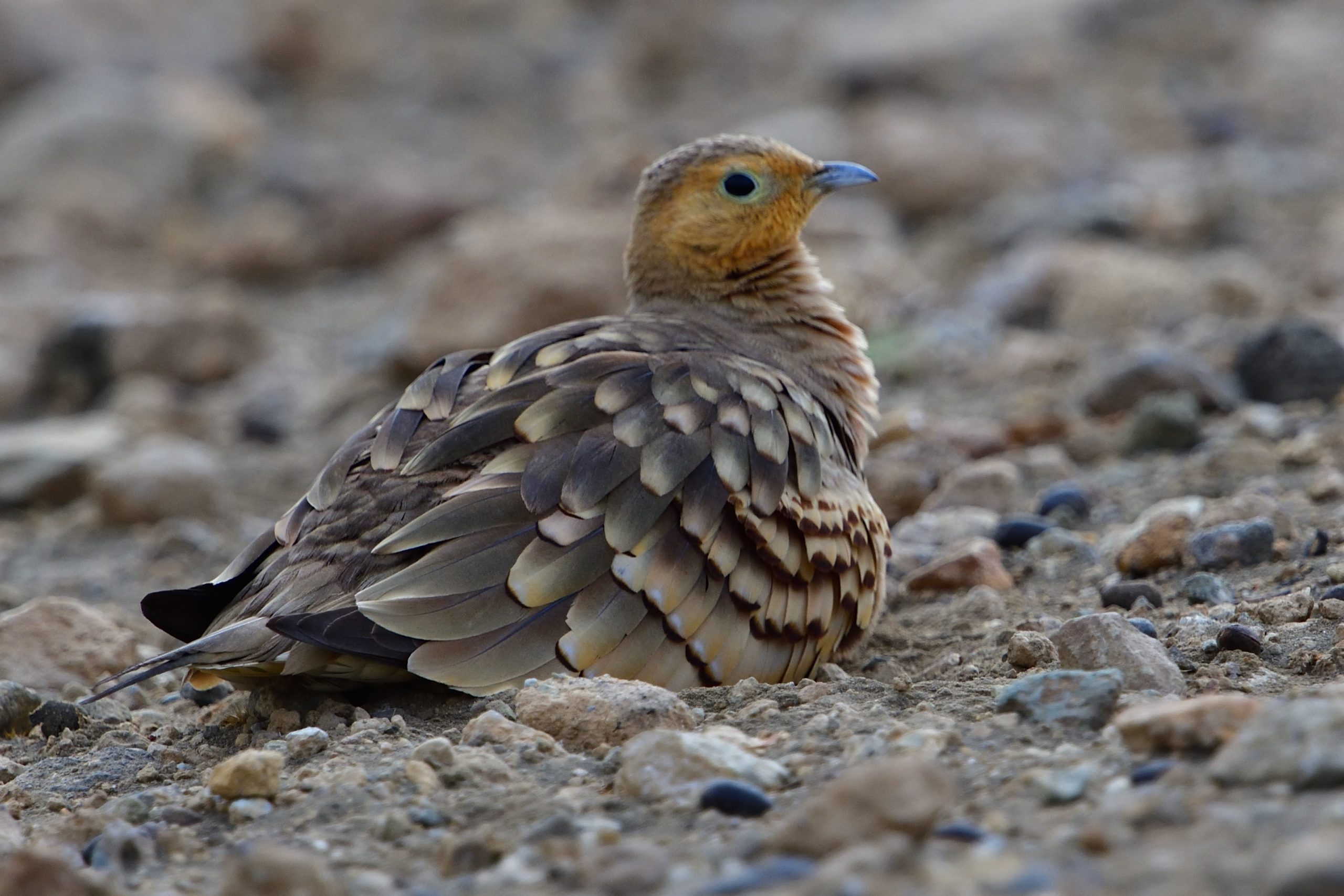
Chestnut-bellied Sandgrouse (Male), Pterocles exustus
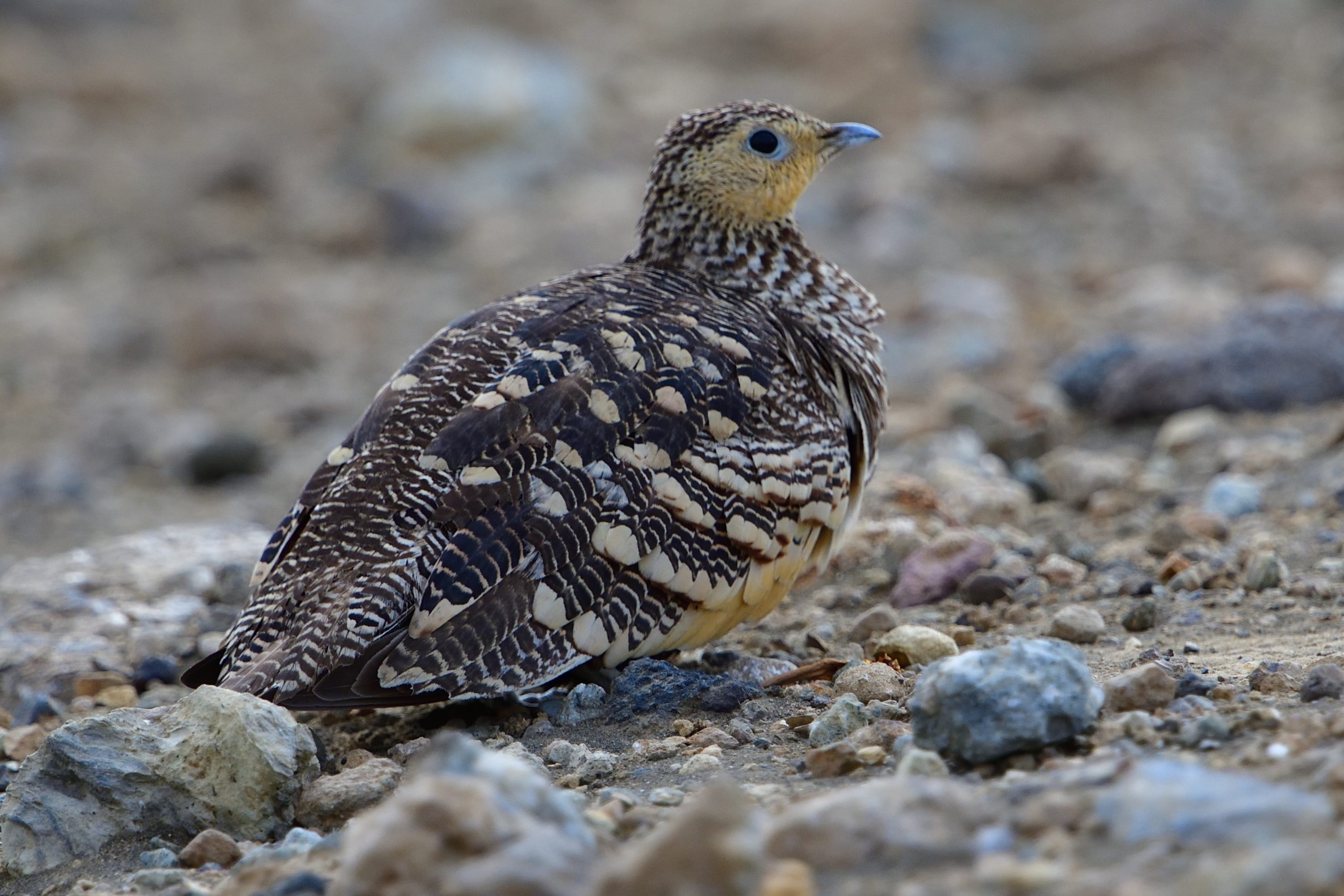
Chestnut-bellied Sandgrouse (Female), Pterocles exustus
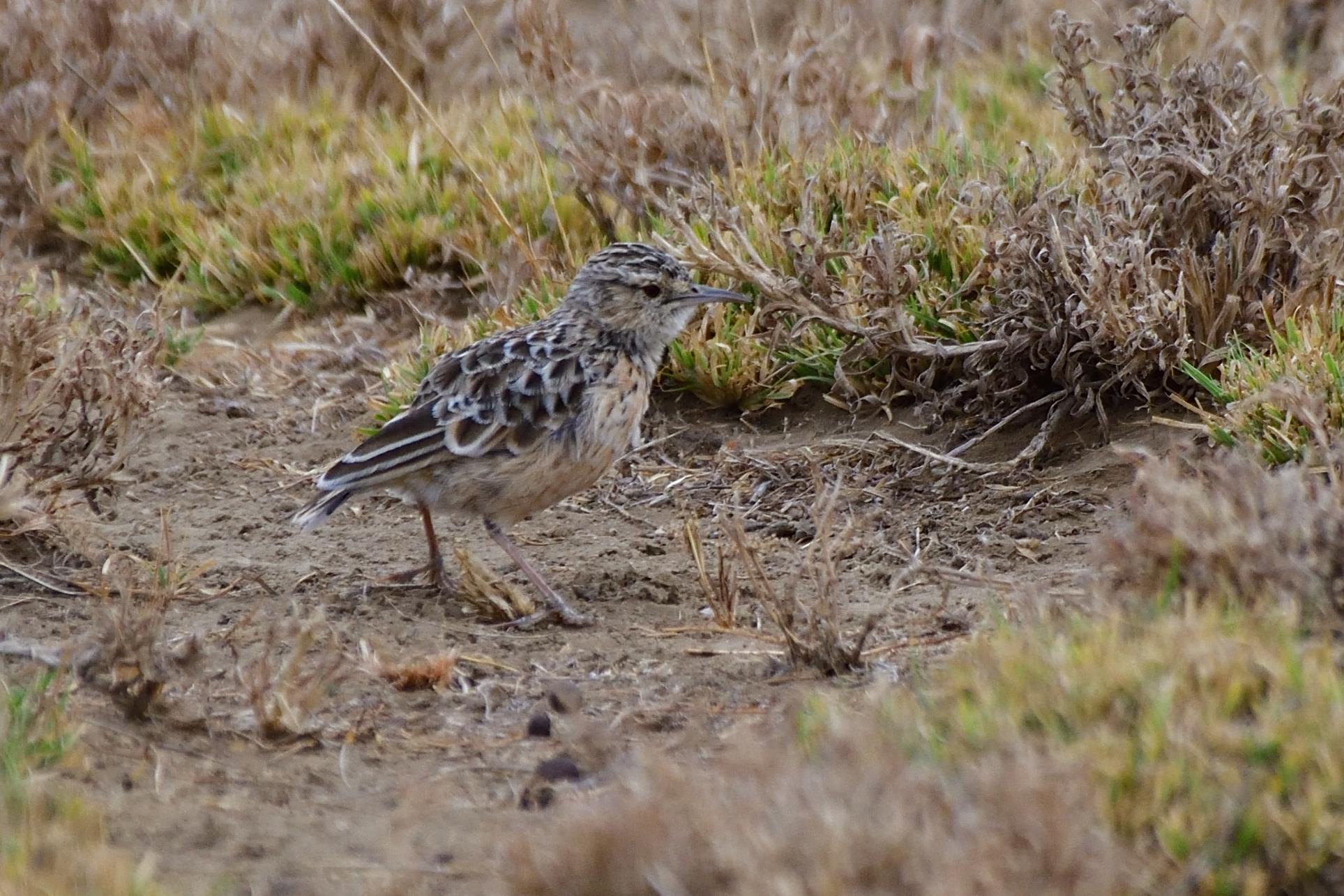
Beesley´s Lark, Chersomanes beesleyi – Endemic to Lark Plains, Tanzania
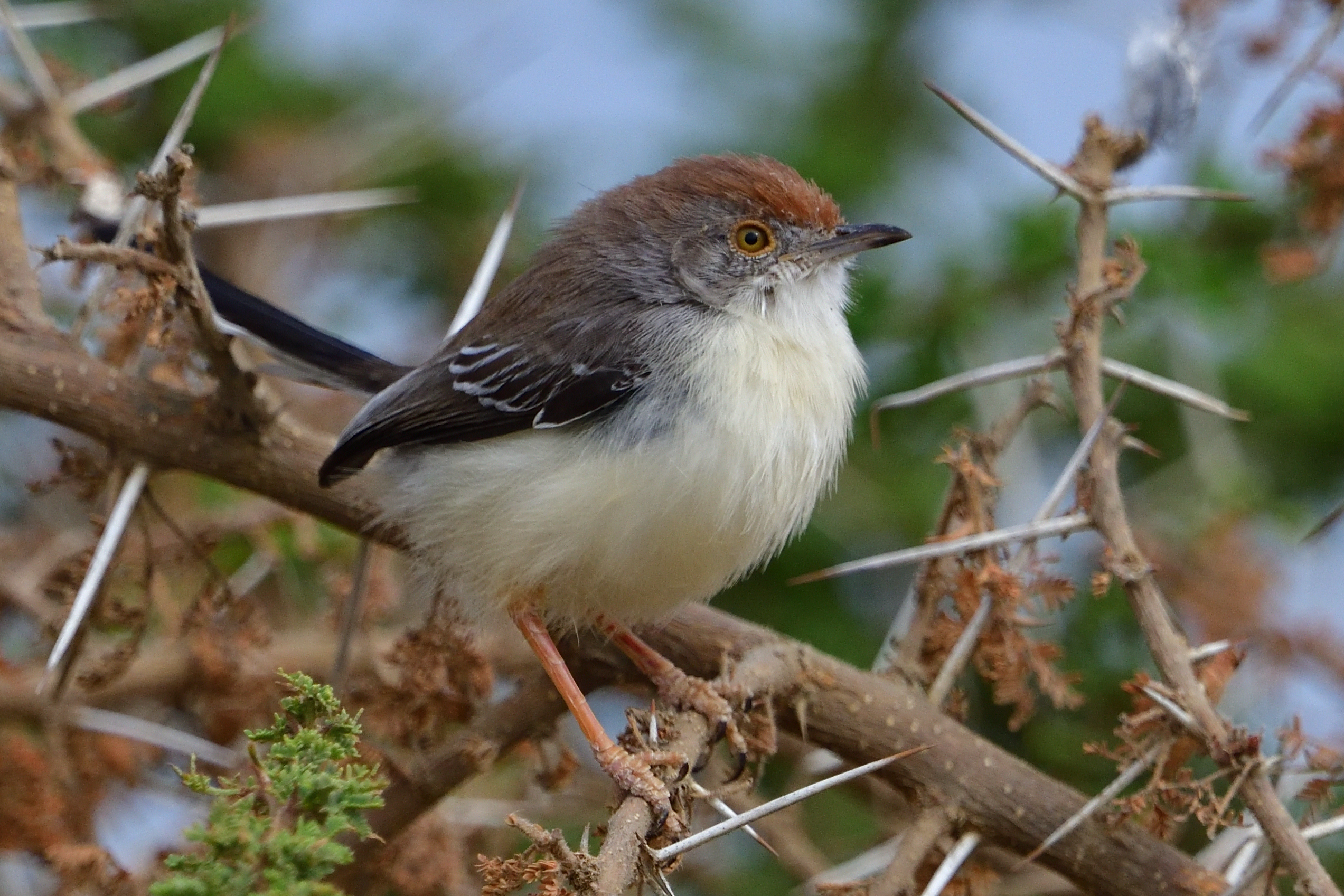
Red-fronted Prinia (Warbler), Urorhipis rufifrons
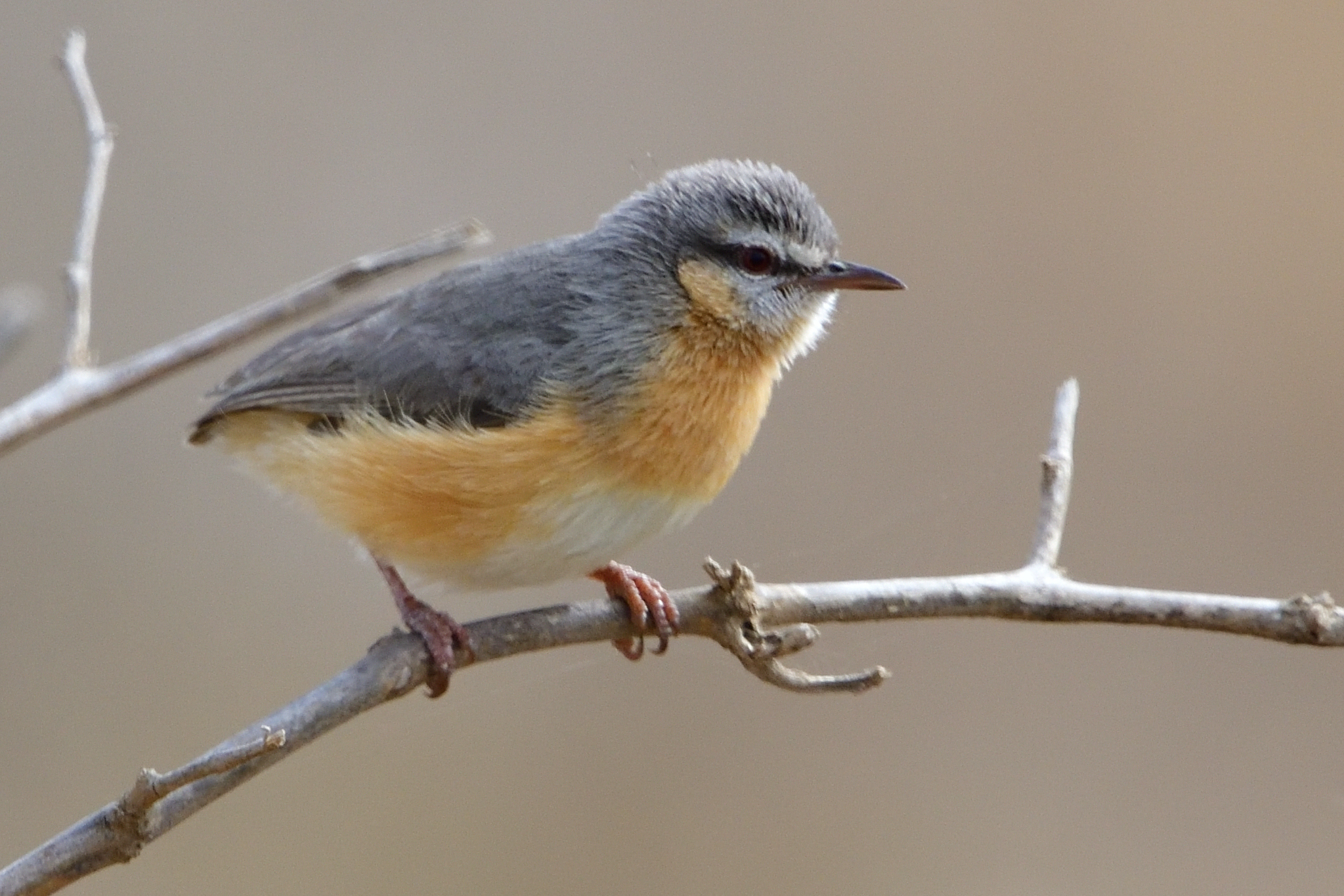
Northern Crombec, Sylvietta brachyura
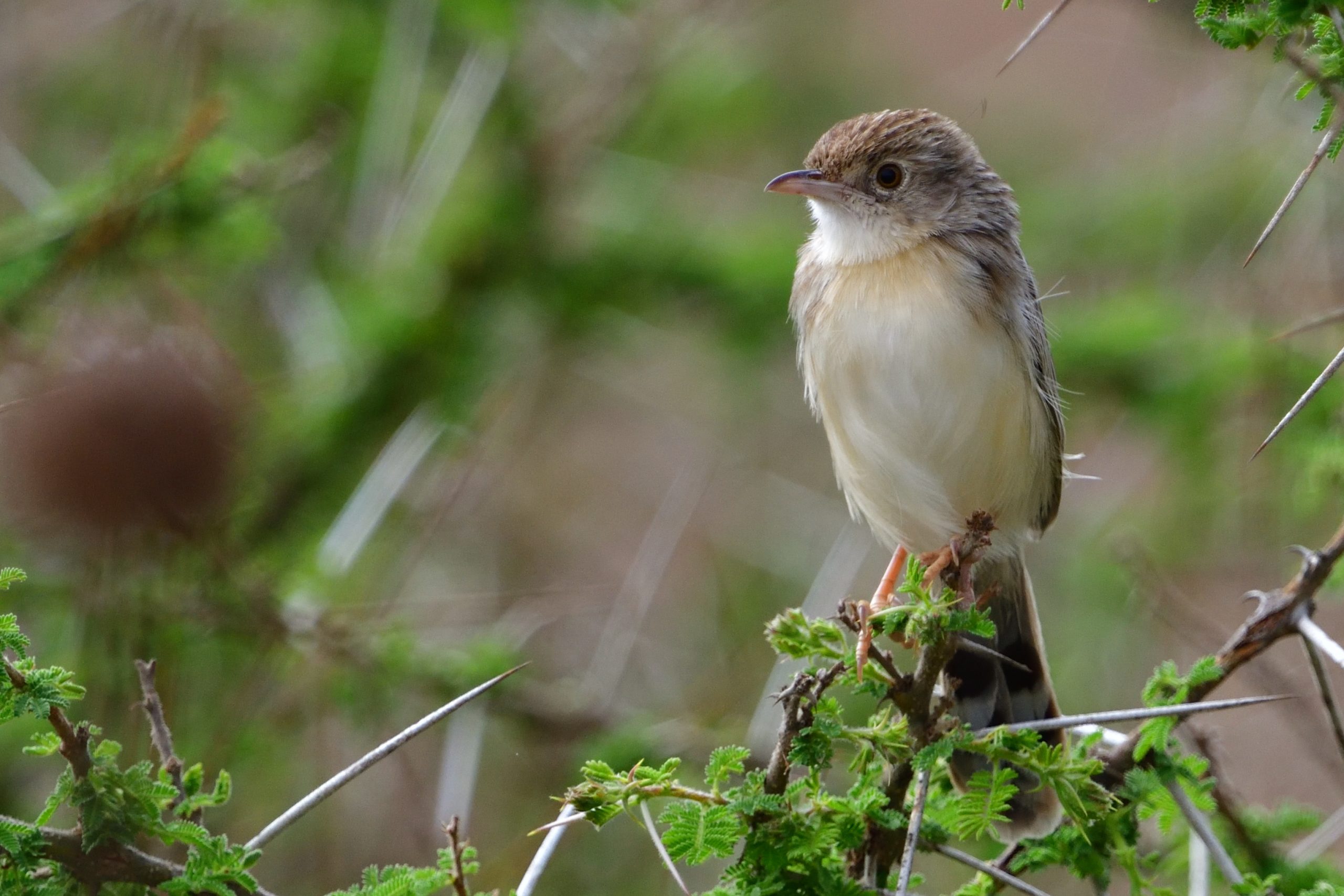
Ashy Cisticola, Cisticola cinerolus – Endemic to NE Africa
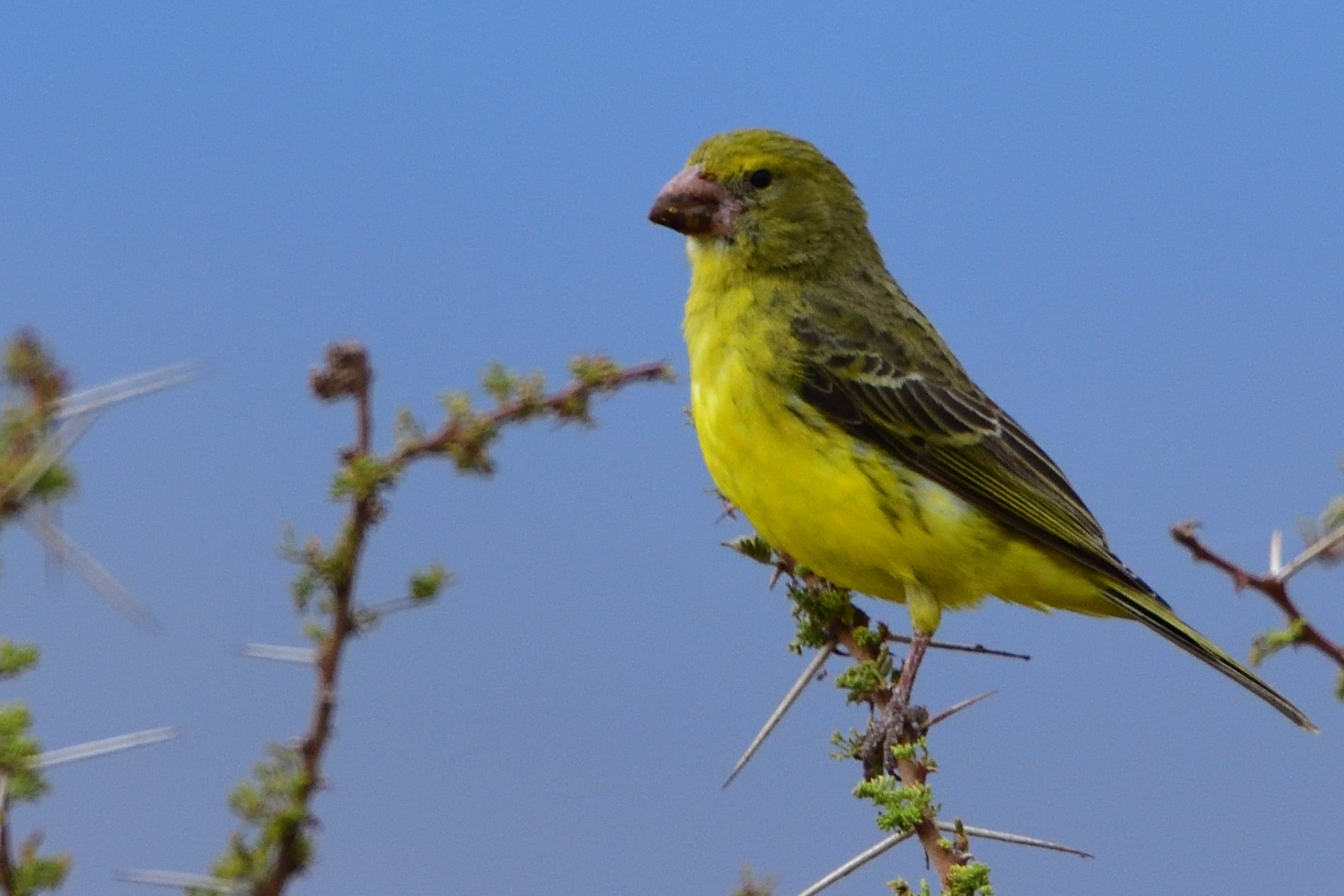
Southern Grosbeak Canary, Chritagra buchanani – Endemic to N. Tanzania and S. Kenya
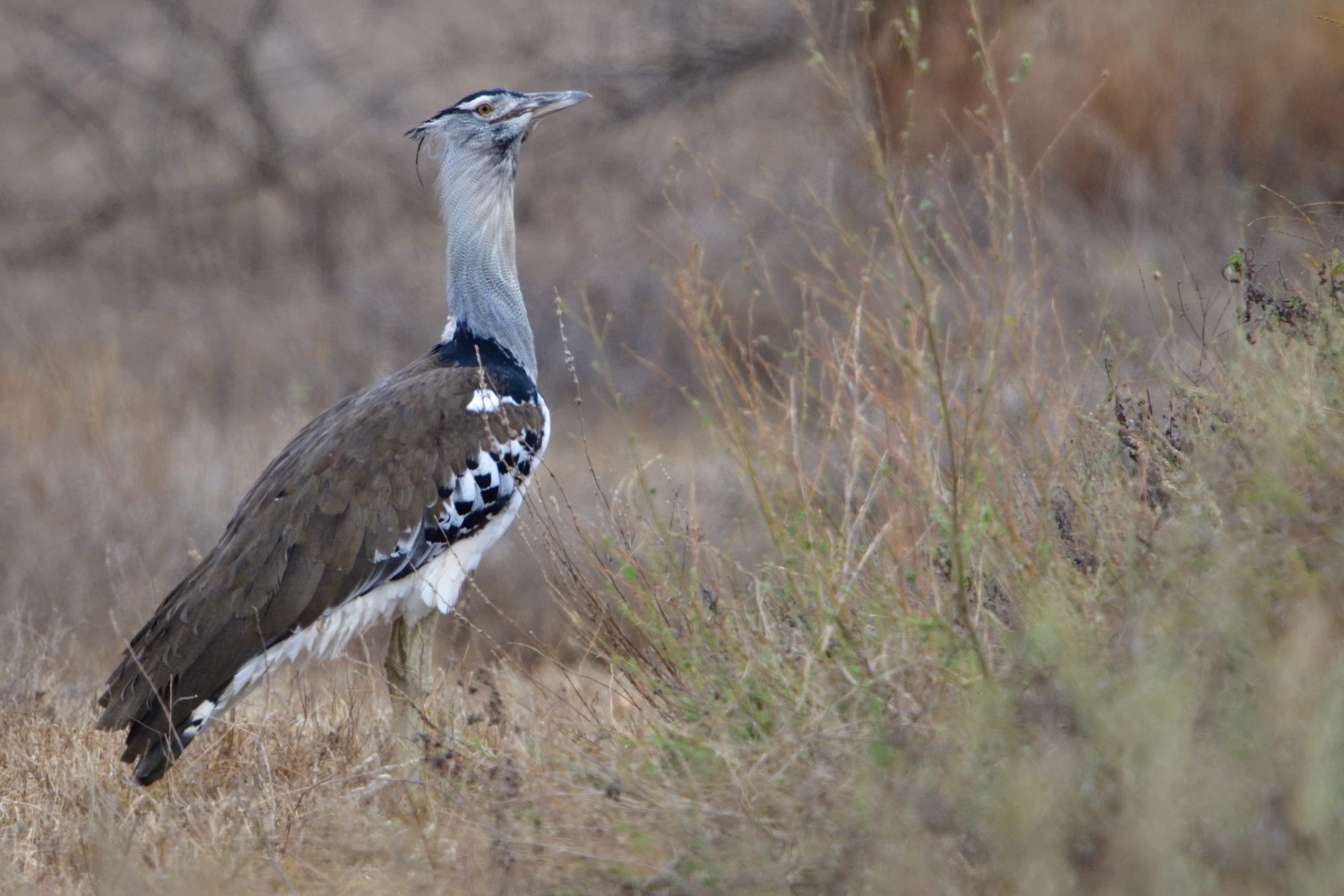
Kori Bustard, Ardeotis kori
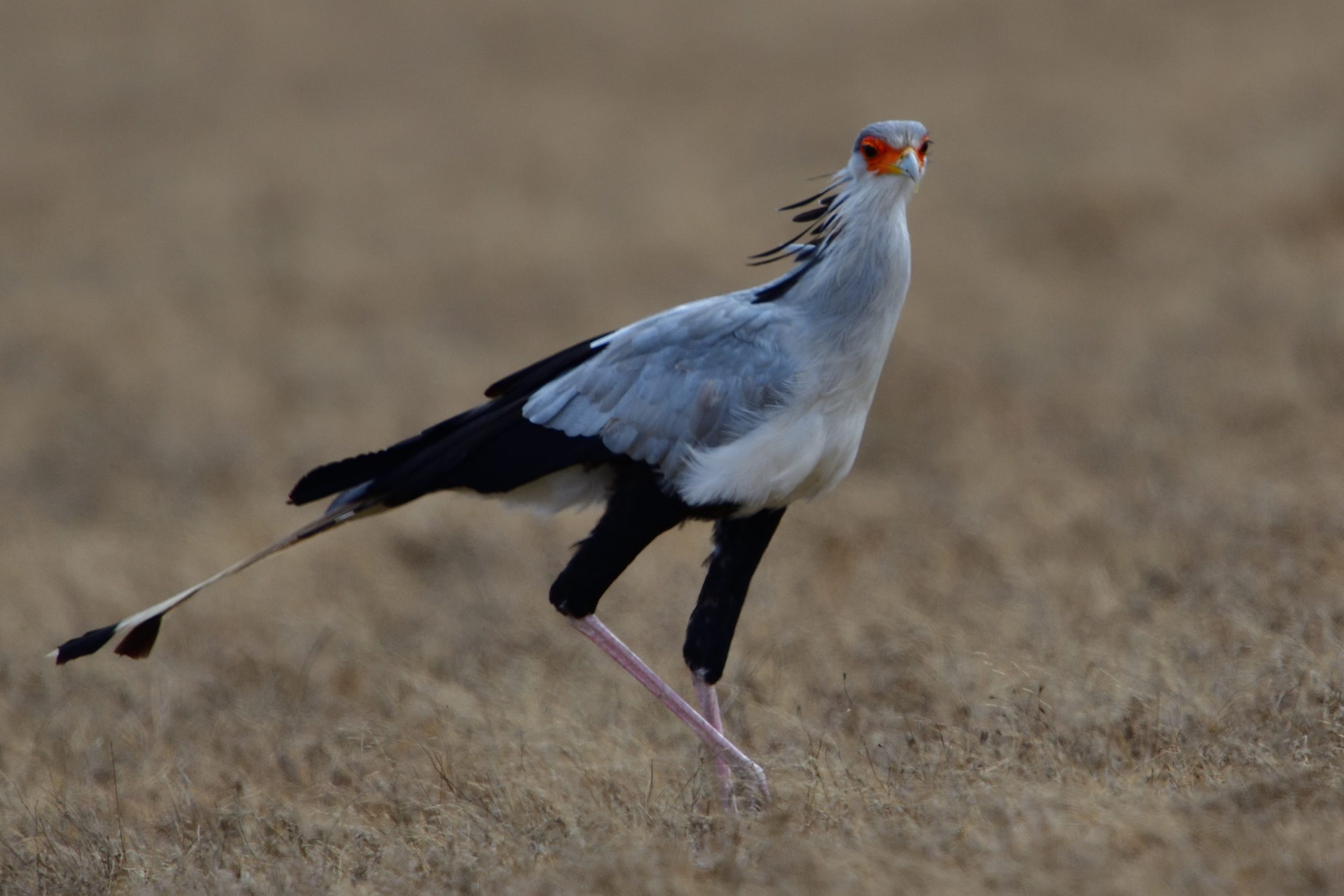
Secretarybird, Sagitarius serpentarius
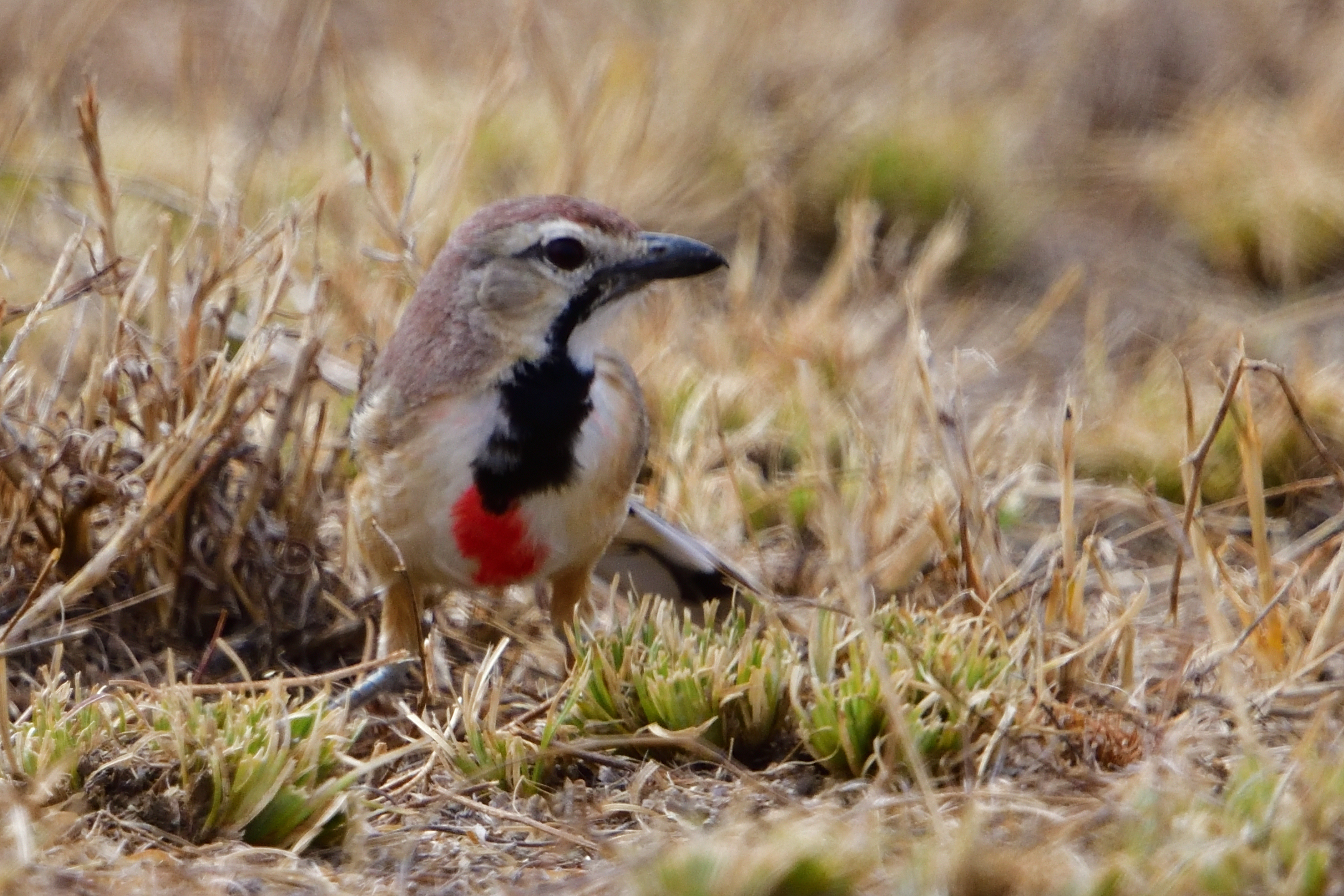
Rosy-patched Bushshrike, Rhodophoneus cruentus – Endemic to NE Africa
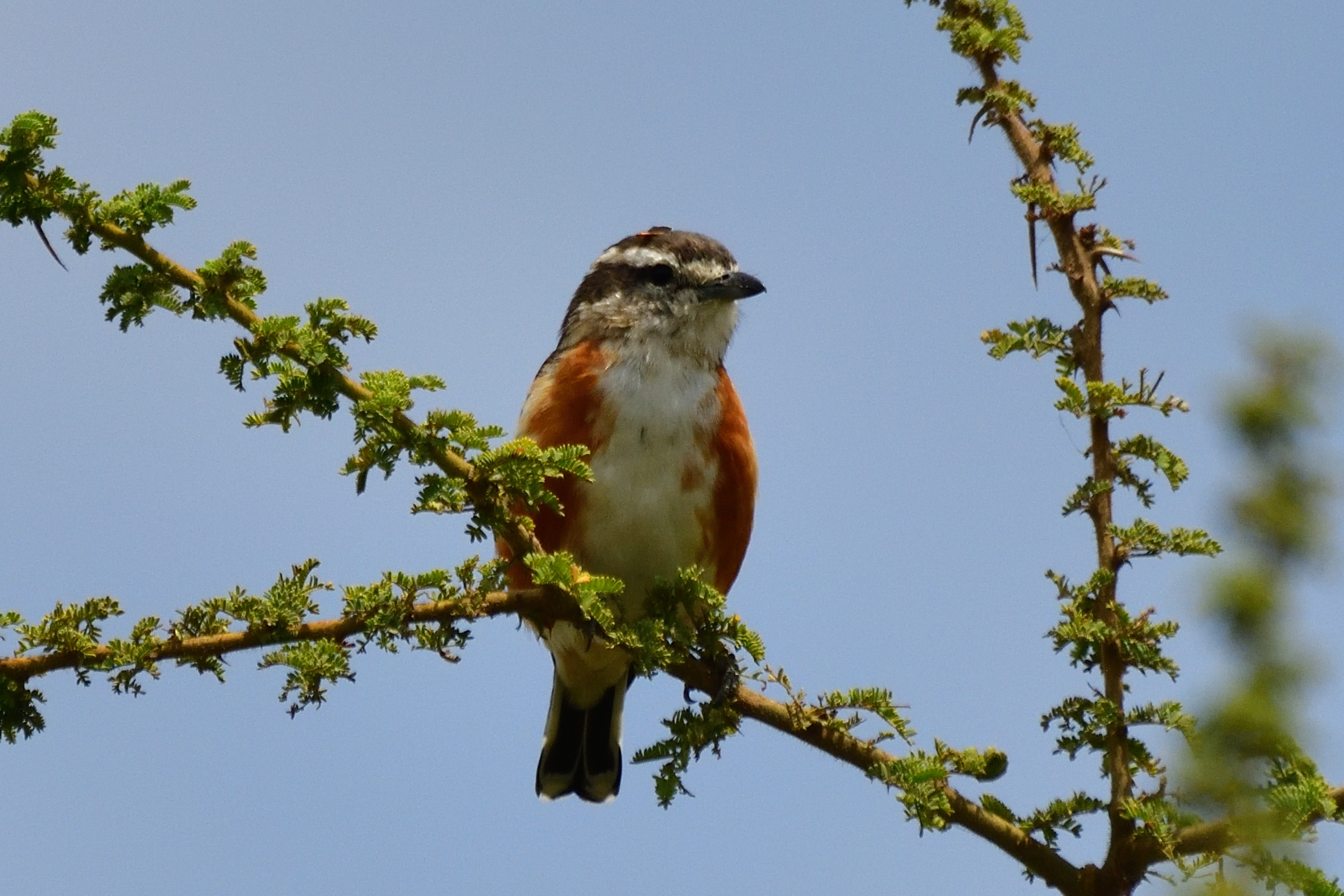
Brubru, Nilaus afer
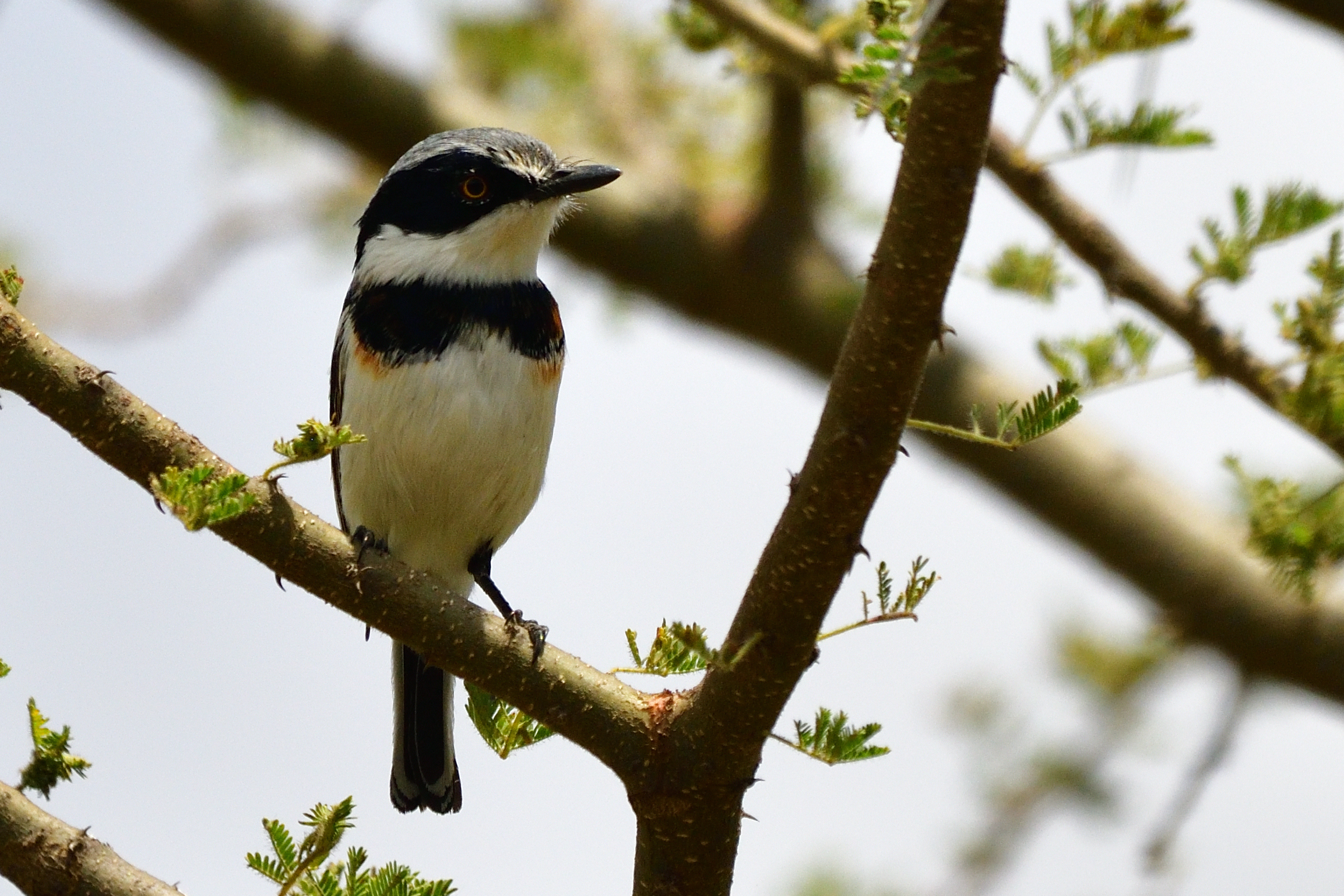
Pygmy Batis, Batis perkeo – Endemic to NE Africa
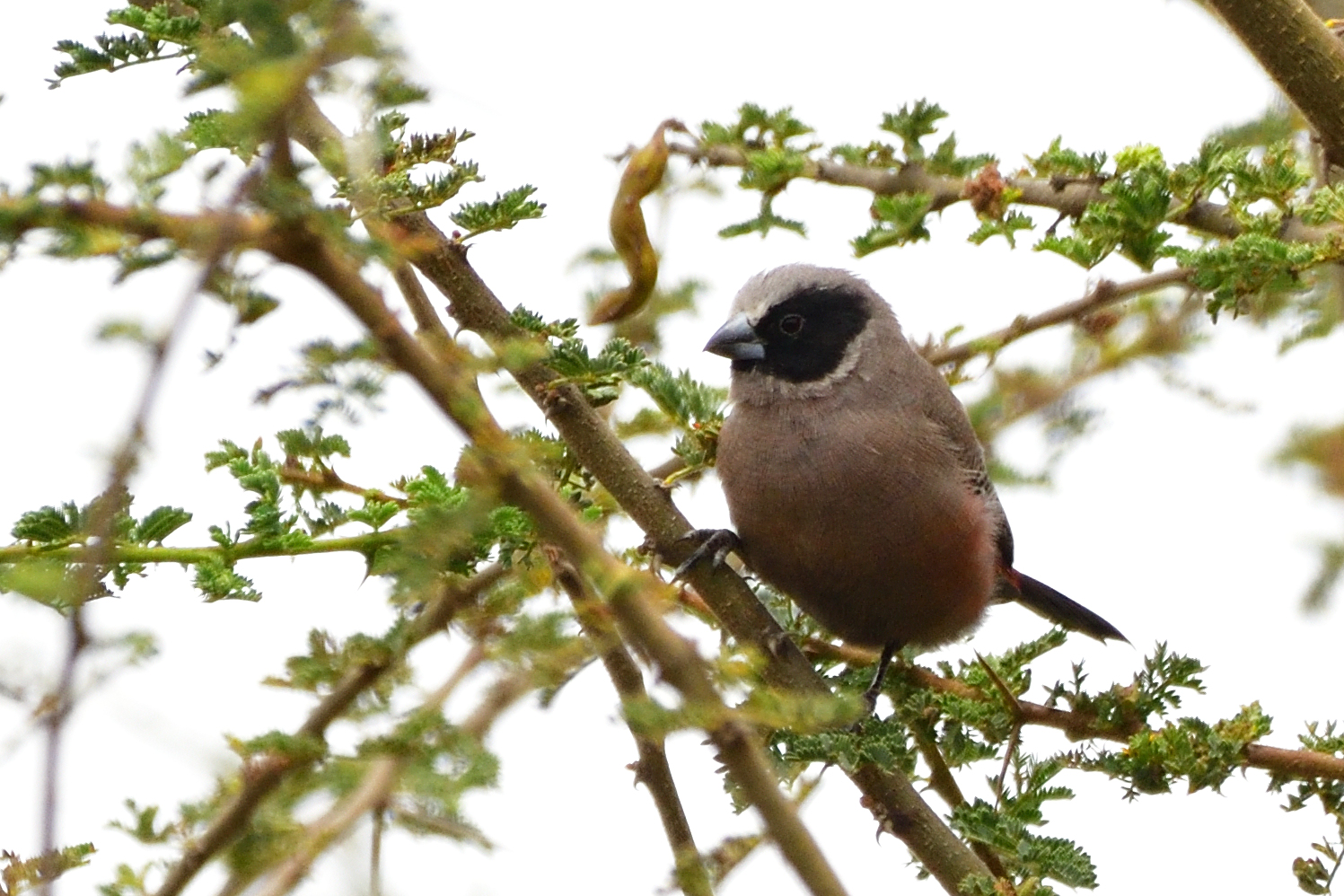
Black-faced Waxbill, Estrilda erythronotos
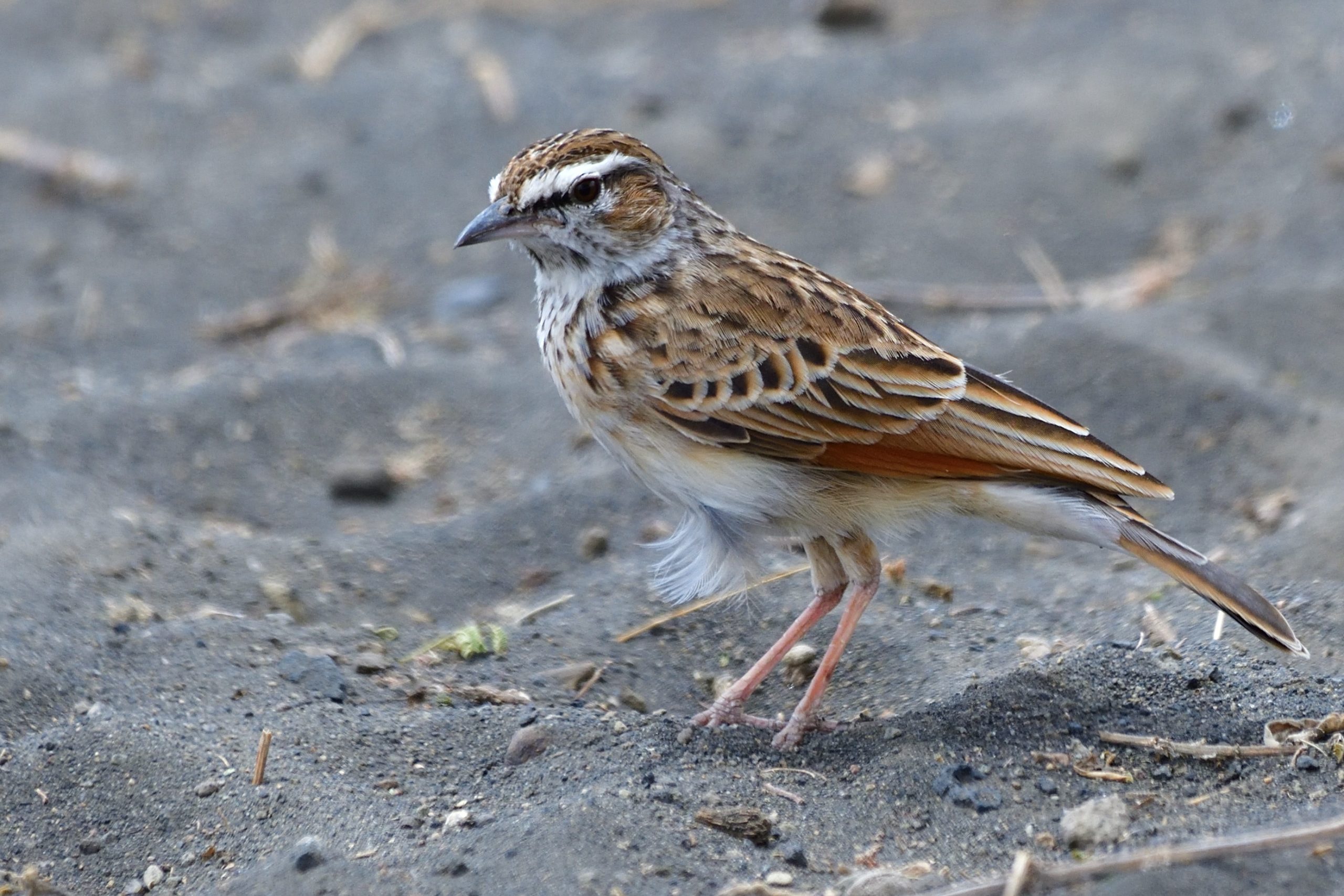
Foxy Lark, Calendulauda alopex – Endemic to NE Africa
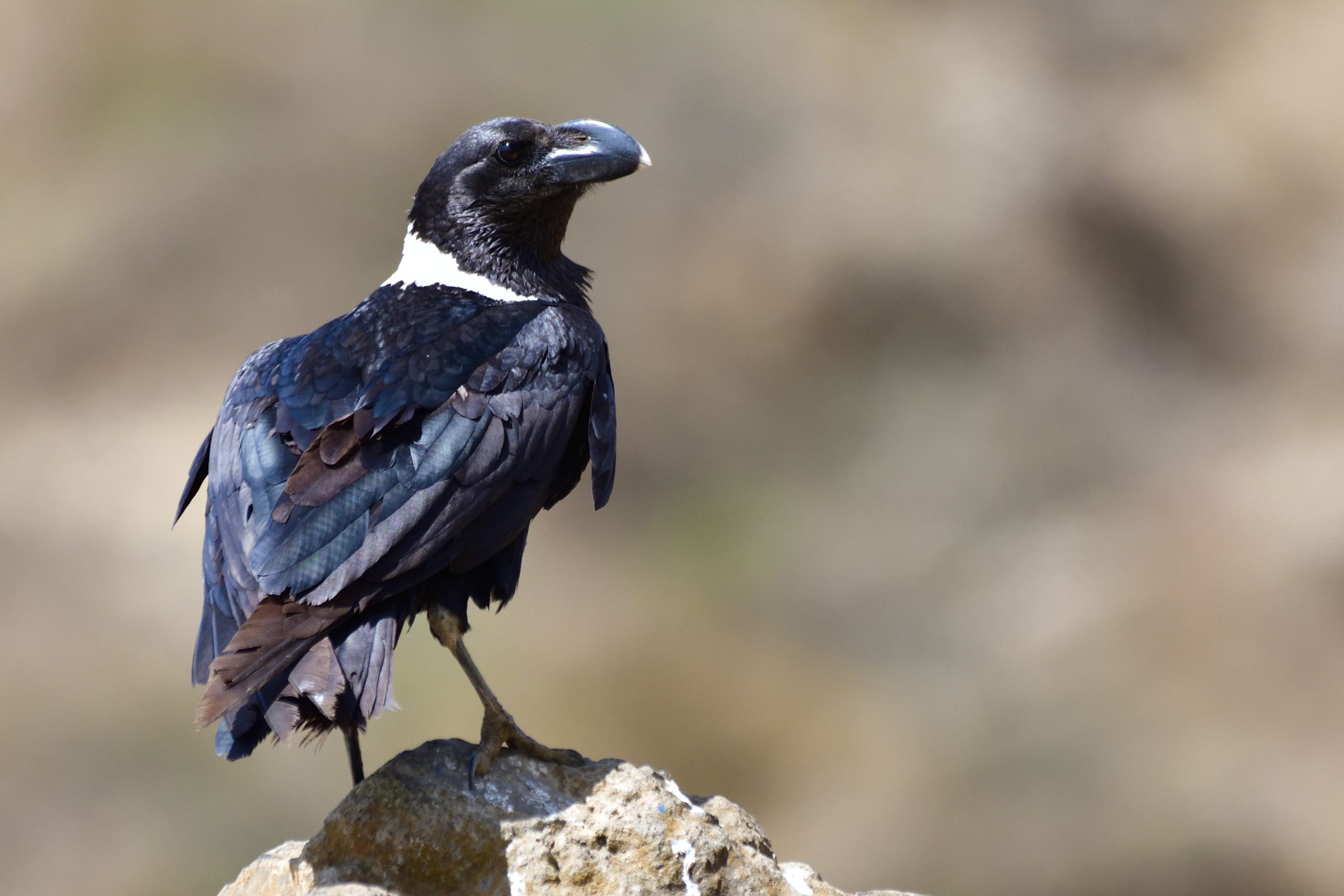
White-necked Raven, Corvus albicollis
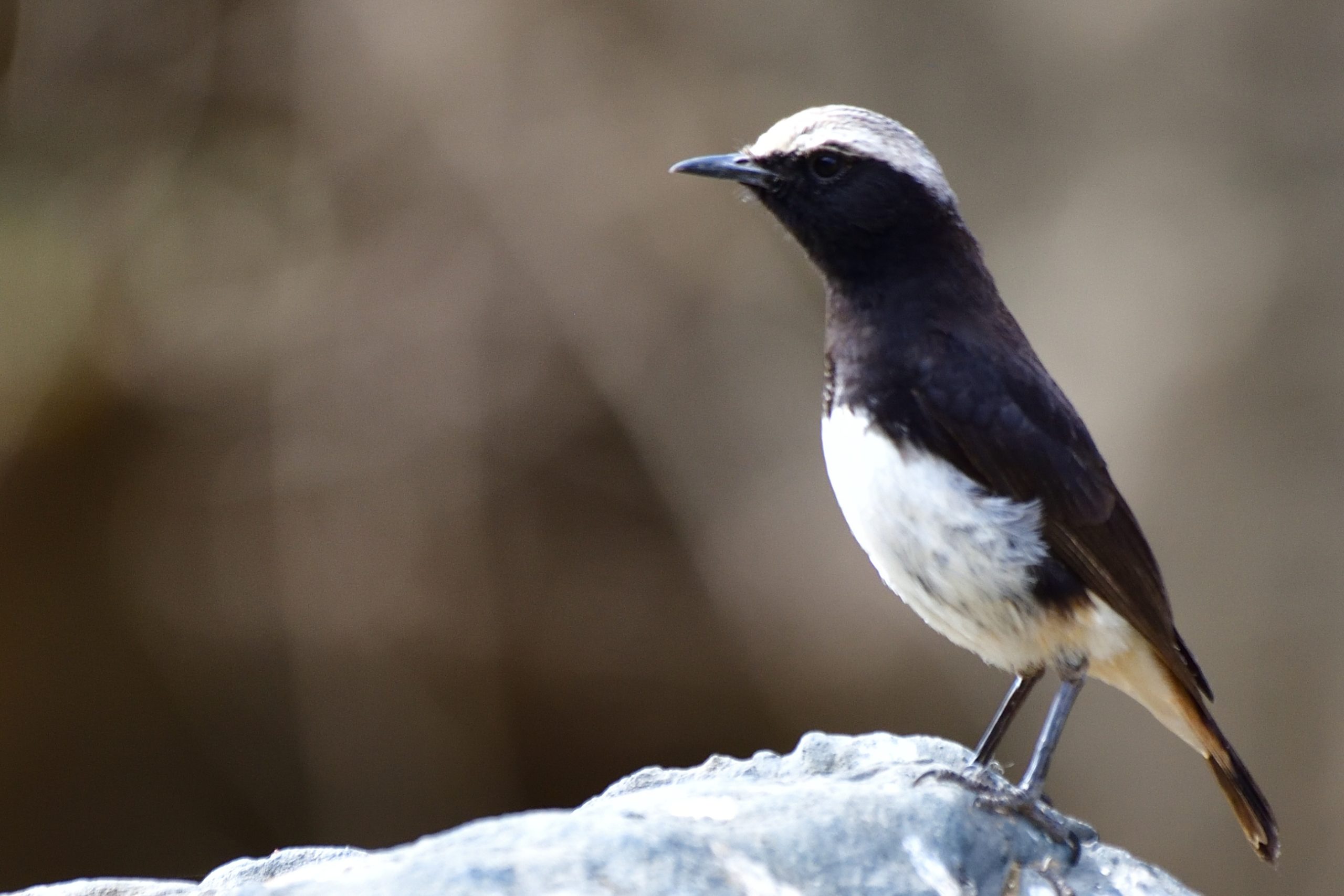
Schalow´s (Abyssinian) Wheatear, Oenanthe schalowi – Endemic to E. Africa
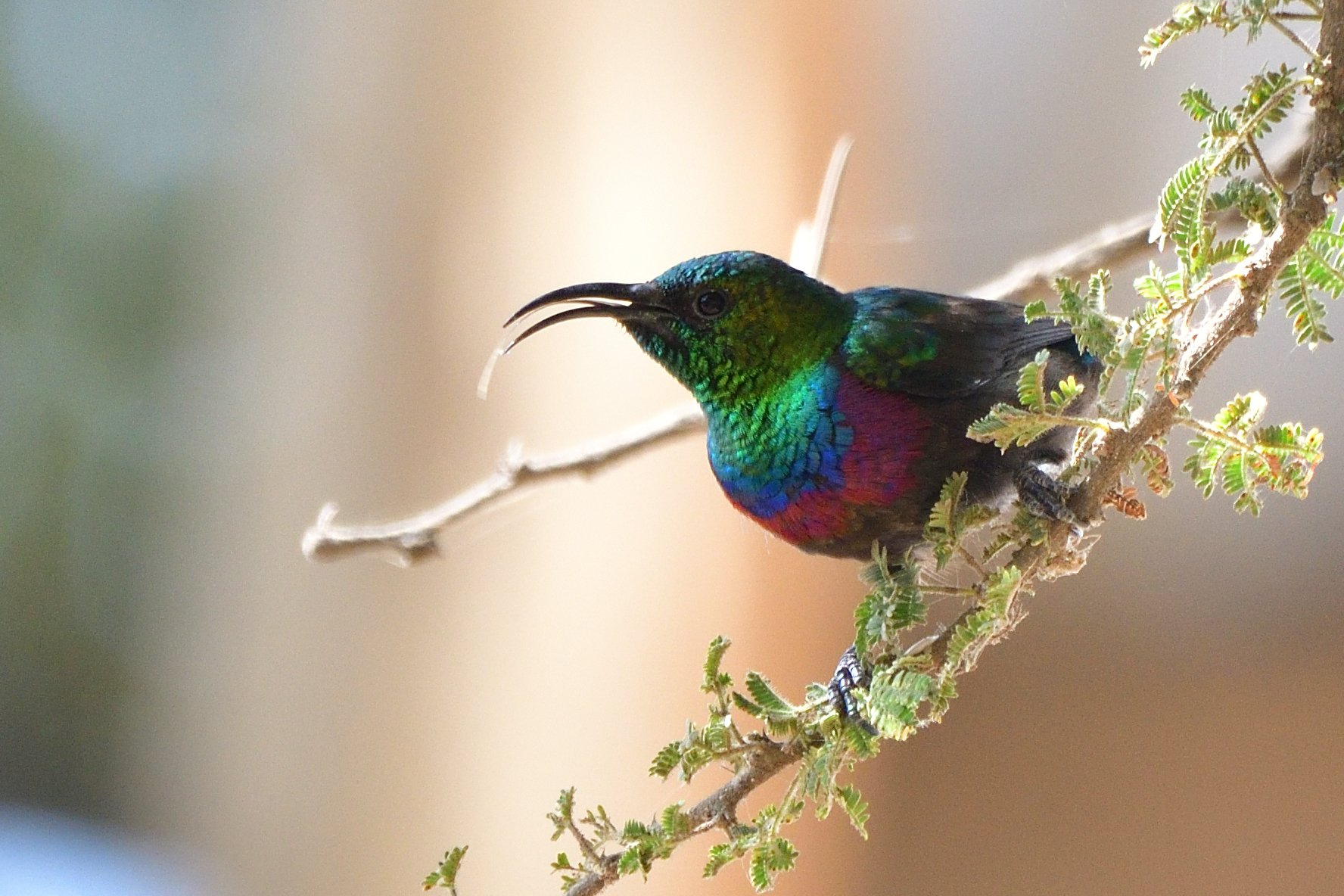
Marico Sunbird, Cinnyris mariquensis
Day 5, Friday, August 21 -Kiligolf – Nyumba ya Mungu Dam – Sout Pare Mountains – Same
Let the Safari begin! We dropped Abdul at the main road and Mietek, Selvine and me continued driving south towards Nyumba Ya Mungu Dam. We arrived at the exit around 10:15 to pick up Martin Joho who would be our guide for quite a few days exploring the Usambaras and beyond. First stop were our normal stop just before Nyumba Ya Mungu Dam. We started with a quick breakfast by the car, then birding. It was pretty quiet, but in 1 1/2 hours we picked up amongst others, these species: Red-fronted Prinia, Grey Wren-Warbler, Pale White-eye, Von der Decken´s Hornbill, Purple Grenadier, Parrot-billed Sparrow, Red-and-yellow Barbet, Scaly Chatterer, Yellow-spotted Bush Sparrow (Petronia), Pink-breasted Lark, Slate-coloured Boubou, Green-winged Pyttilia, Eastern Violet-backed Sunbird, Black-throated Barbet, Southern Grosbeak Canary, Bare-eyed Thrush, D`Arnaud´s Barbet and Black-necked Weaver. We drove to Elephant Motel in Same for lunch. After lunch we drove towards South Pare Mountains. On the lowland before the last village, we found White-headed Mousebird and Red-faced Crombec. The road was very much improved since last time I was up the mountain, so we made good time. We were at our parking spot at 16:30 and recorded these birds + many more: Tambourine Dove, Olive Sunbird, Placid Greenbul, Evergreen Forest Warbler, Black-headed and Bar-throated Apalis, African Hill Babbler, Usambara Double-collared Sunbird, Stripe-faced Greenbul, Long-crested Eagle, White-eared Barbet, Hartlaub´s Turaco, Cape Robin-Chat, Olive Woodpecker, Waller´s Starling, Baglafecht Weaver, Rüppel´s Robin-Chat, South Pare White-eye (bad views), Cinnamon-chested Bee-eater, African Yellow Warbler, Black-fronted Bushshrike, White-starred Robin, East Coast Boubou, and Black Sparrowhawk. It was now 18:00 and time to return to the Motel. We arrived safe, had dinner and settled in for the night.
Some pictures from Day 5:
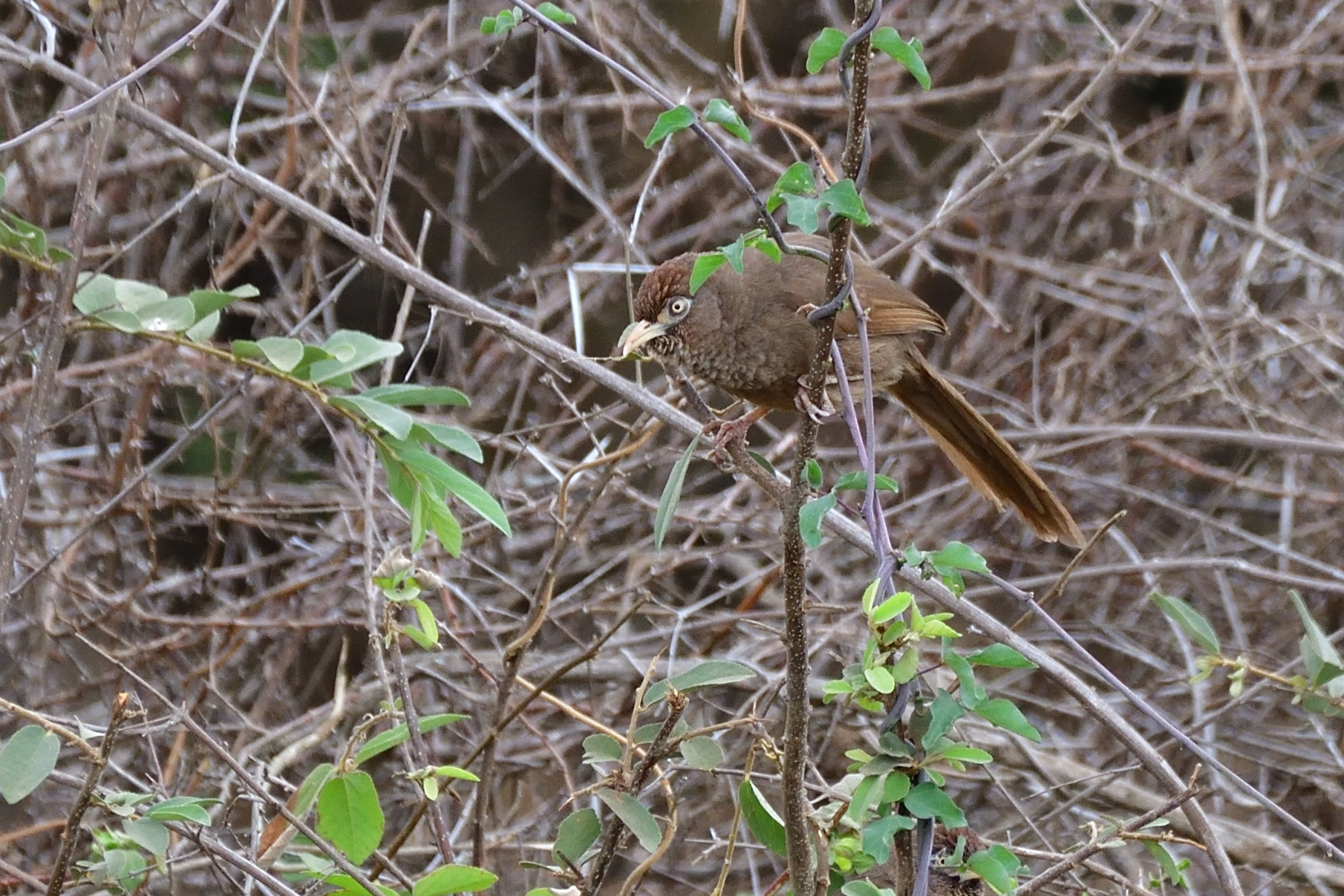
Scaly Chatterer, Turdoides aylmeri – Endemic to NE Africa
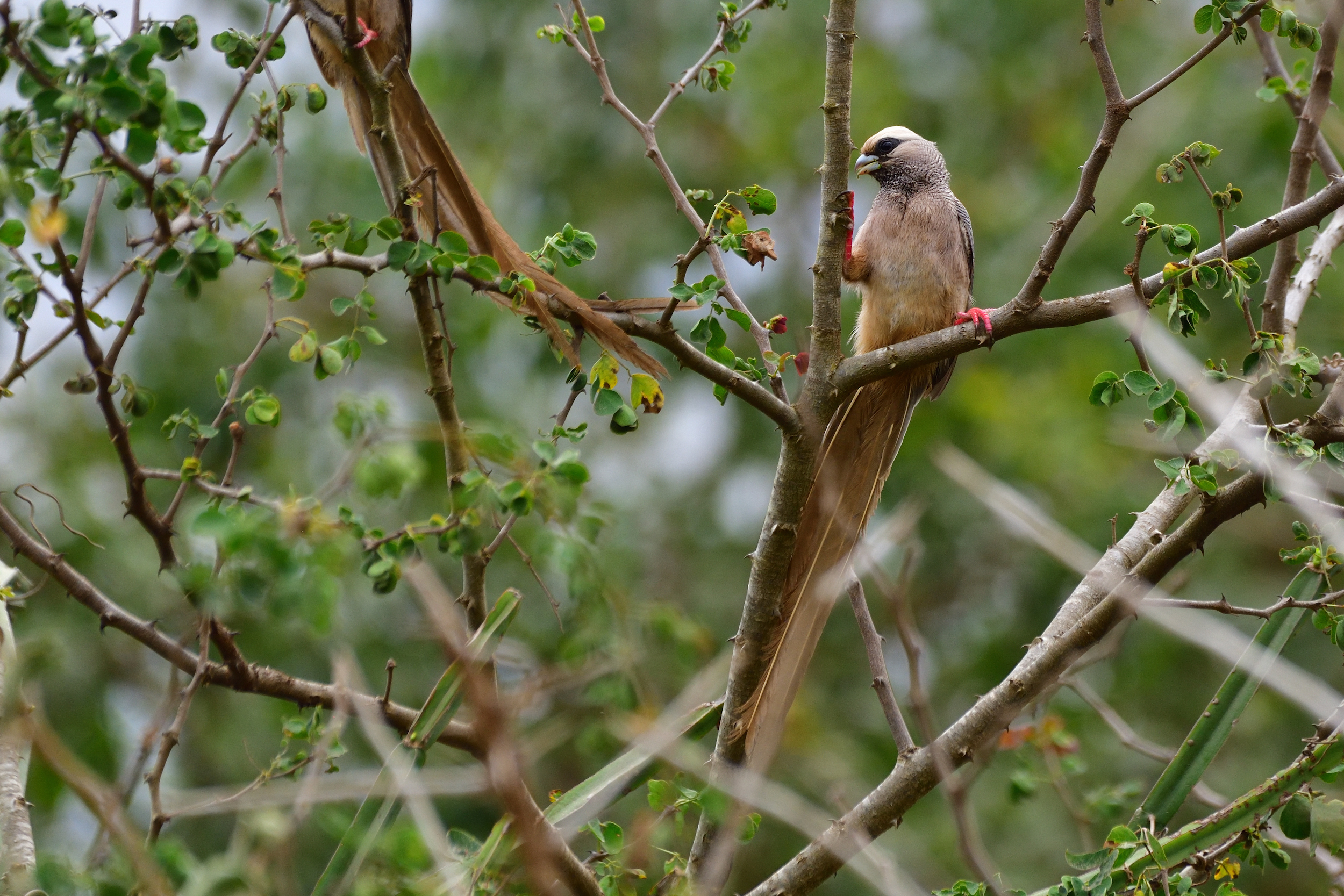
White-headed Mousebird, Colius leucocephalus – Endemic to NE Africa
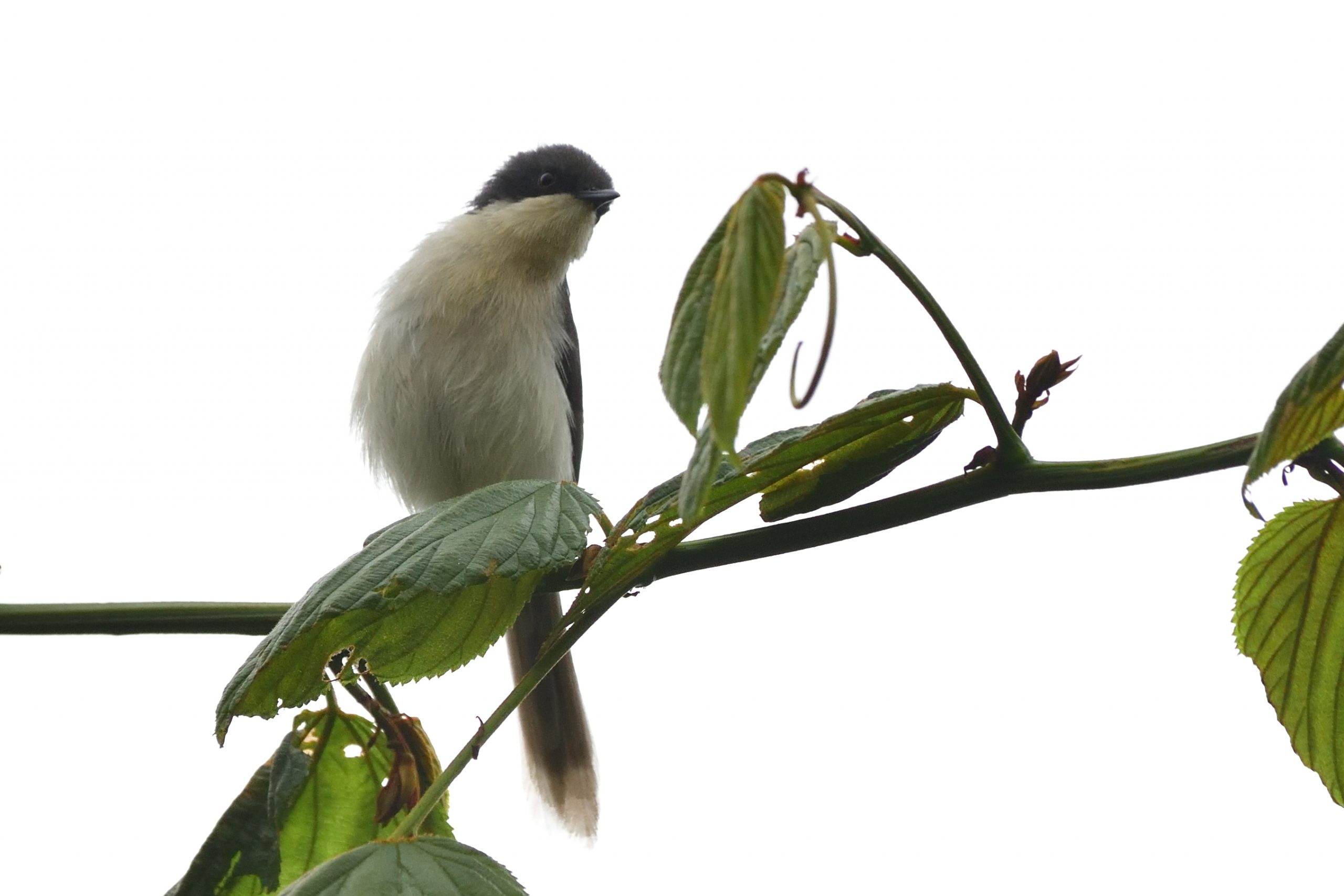
Black-headed Apalis, Apalis melanocephala – Endemic to SE Africa
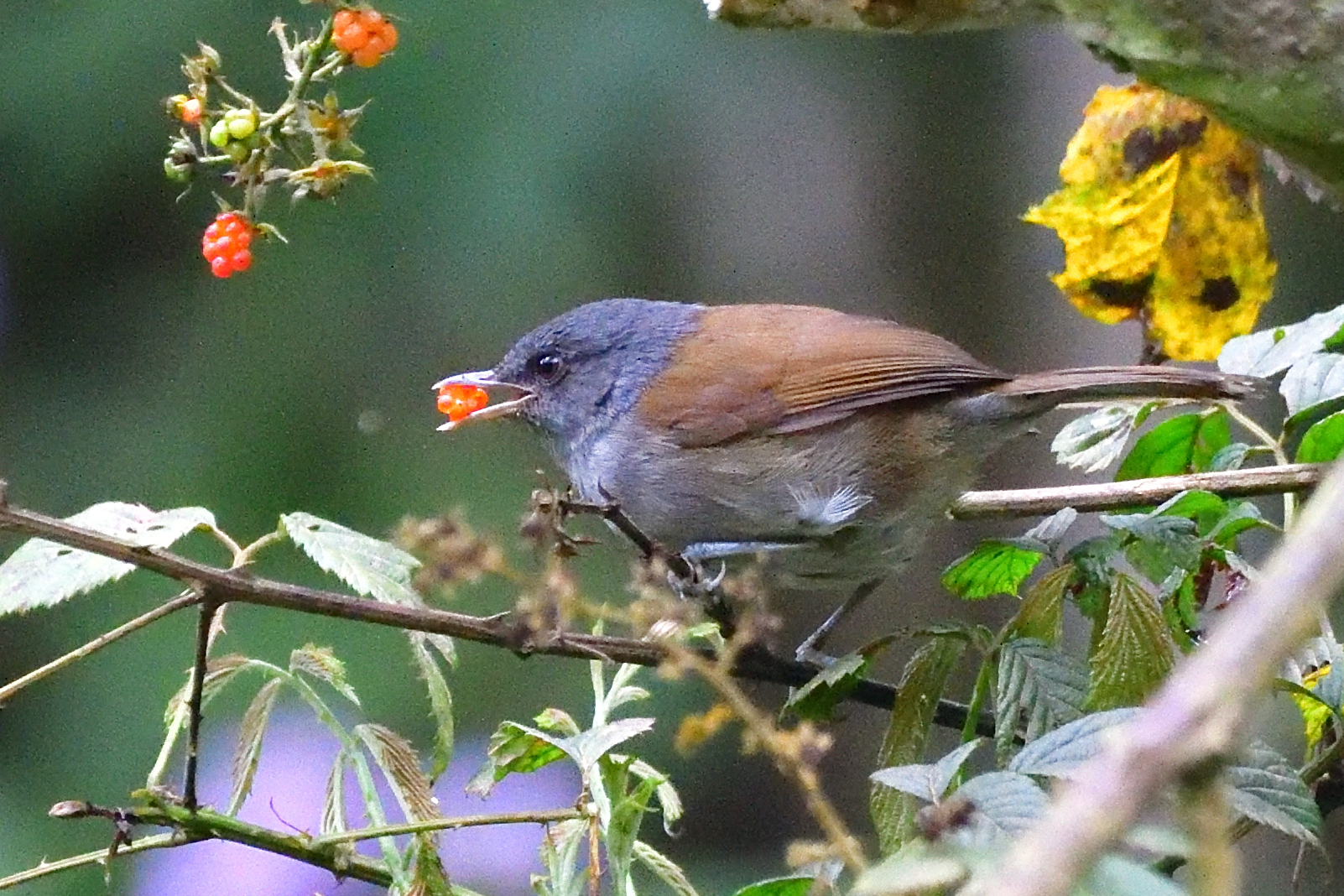
African Hill Babbler, Pseudoalcippe abyssinica
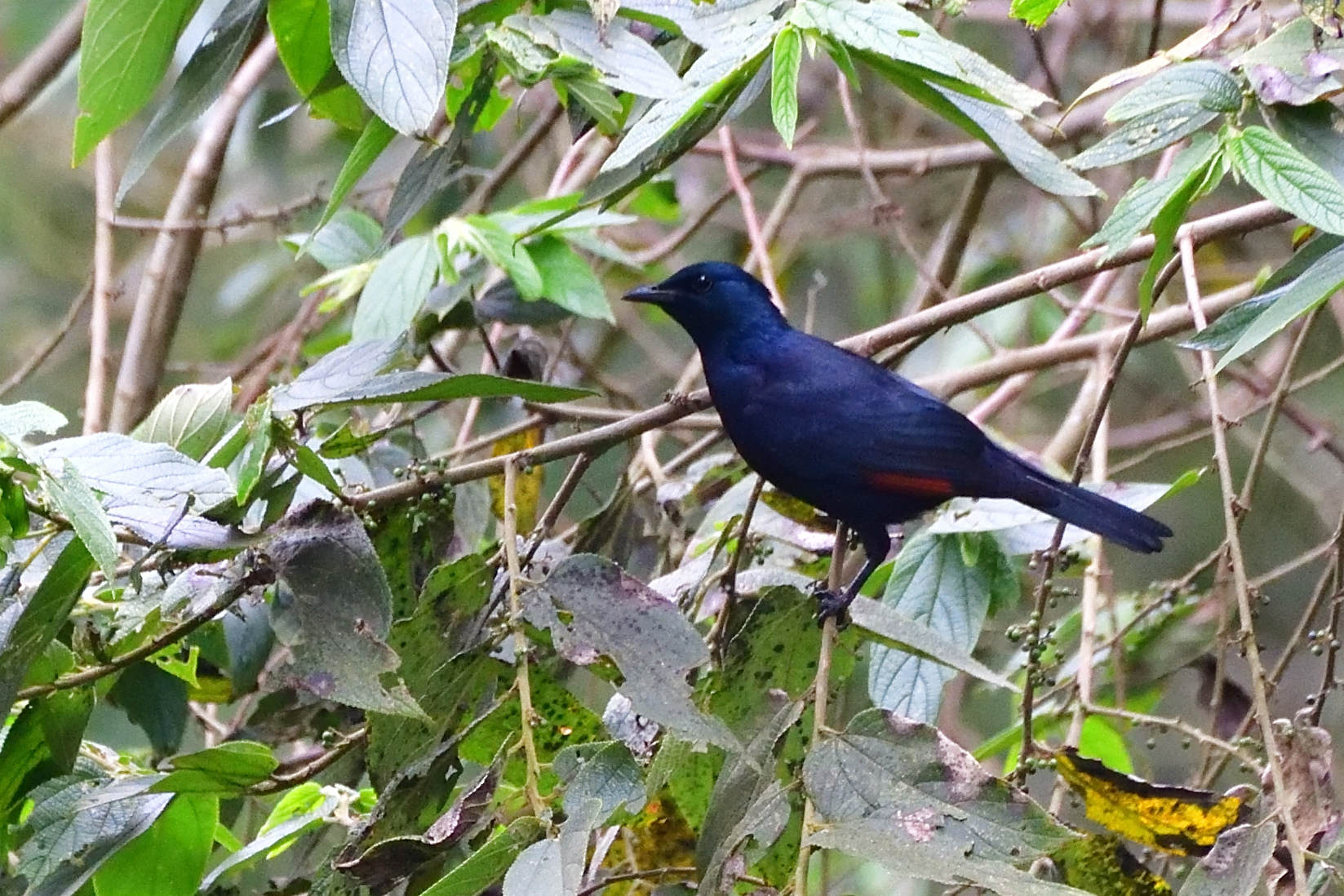
Waller´s Starling, Onychognathus walleri
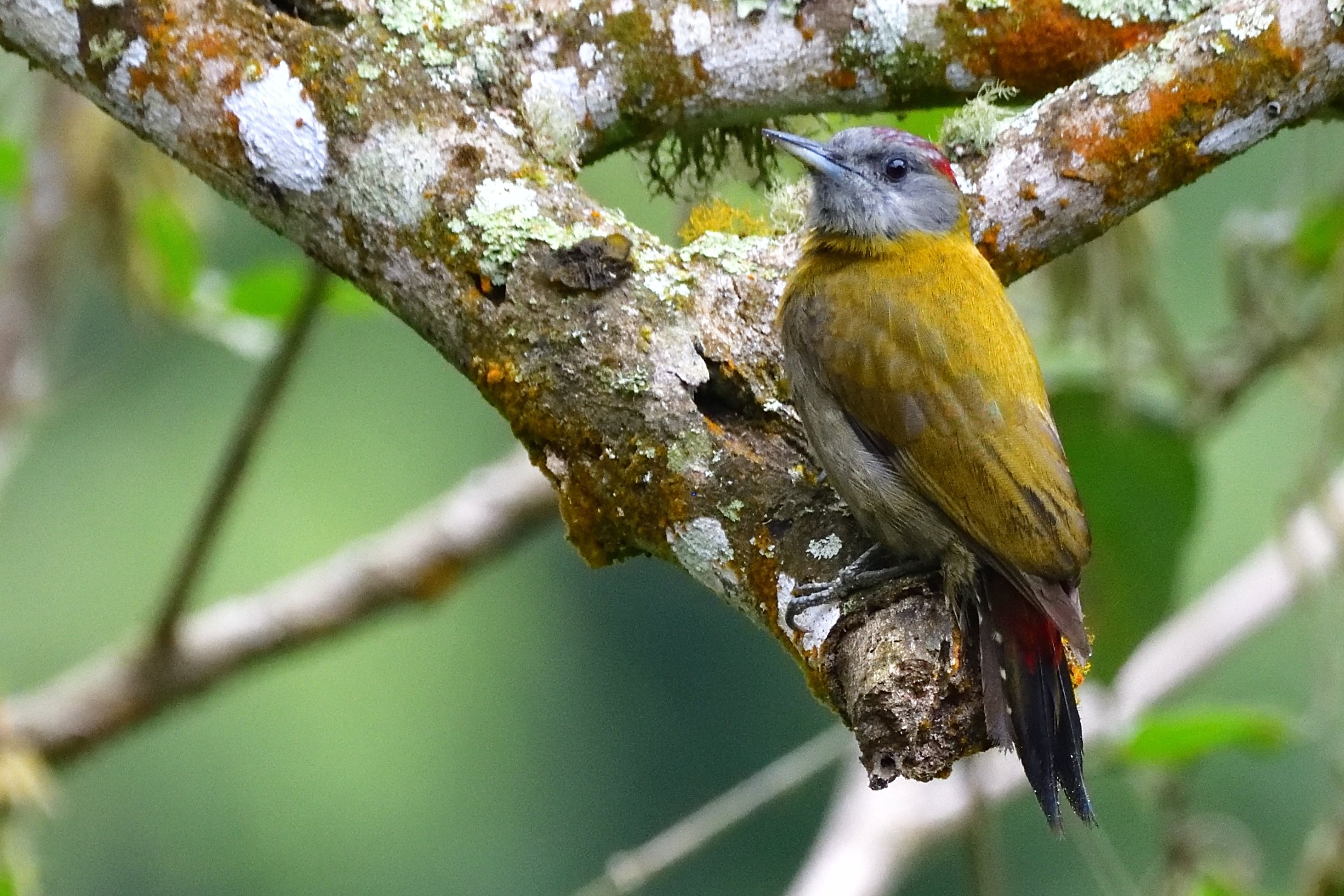
Olive Woodpecker, Dendropicos griseocephalus
Day 6, Saturday, August 22 – Same – Mkomazi – Magamba Forest, West Usambara
We birded an area next to Mkomazi National Park this morning. It was quite cloudy and not ideal for pictures. However, we found a good number of species: Southern Black Flycatcher, D´Arnaud´s Barbet, White-headed Mousebird, Black-bellied Sunbird, Reichenow´s Seed-eater, Northern Red-billed Hornbill, Spot-flanked Barbet, Tawny Eagle, Red-bellied Parrot, Crested Francolin, Tiny Cisticola, Tsavo Sunbird, Red-and-yellow Barbet, Bare-eyed Thrush, Eastern Black-headed Batis, Pygmy Batis, Von der Decken´s Hornbill, Spotted Palm Thrush, Purple Grenadier, Orange-breasted Bushshrike, Red-cheeked Cordonbleu, African Grey Flycatcher, Red-fronted Tinkerbird and Yellow-spotted Bush Sparrow + many common species. We returned to the Motel for Breakfast. After breakfast, we packed the car and headed for Magamba Forest in West Usambara Mountains. We picked up White-necked Raven, House Crow and a few Eastern Chanting Goshawks before we reached Mombo. We stopped in Soni to buy vegetables and other supplies for 3 days camping. Just before Lushoto, we spotted a Dark morphed Augur Buzzard that was sitting nicely for photographs. We arrived at our campsite around 14:30, set up camp and was ready for birding. We decided to walk uphill from camp due to better light in the afternoon. Here is some of the birds we recorded: White-necked Raven (first time I have seen them in camp), Evergreen and Red-capped Forest Warbler, Hartlaub´s Turaco, Silvery-cheeked and Crowned Hornbill, Usambara Double-collared Sunbird, Fülleborns Boubou, Bar-throated Apalis, Red-faced Crimsonwing, Cape Robin-Chat, Usambara Weaver (bad views), Moustached Tinkerbird, Yellow-throated Woodland Warbler, Black-fronted Bushshrike, Shelley´s Greenbul, Black-headed Mountain Greenbul, Spot-throat, White-tailed Crested Flycatcher, Cinnamon Bracken Warbler, Usambara Thrush and a Barred Long-tailed Cuckoo on our return to camp. Not many of the birds gave us photo opportunities, but from experience with 2 full days + morning birding on the last day, we would capture quite a few. Selvine made us a nice dinner and we had a nice bonfire to keep us warm at night until we turned in to our tents. The camp is at 2.000 metres and it can get very cold there at night.
Some pictures from Day 6:
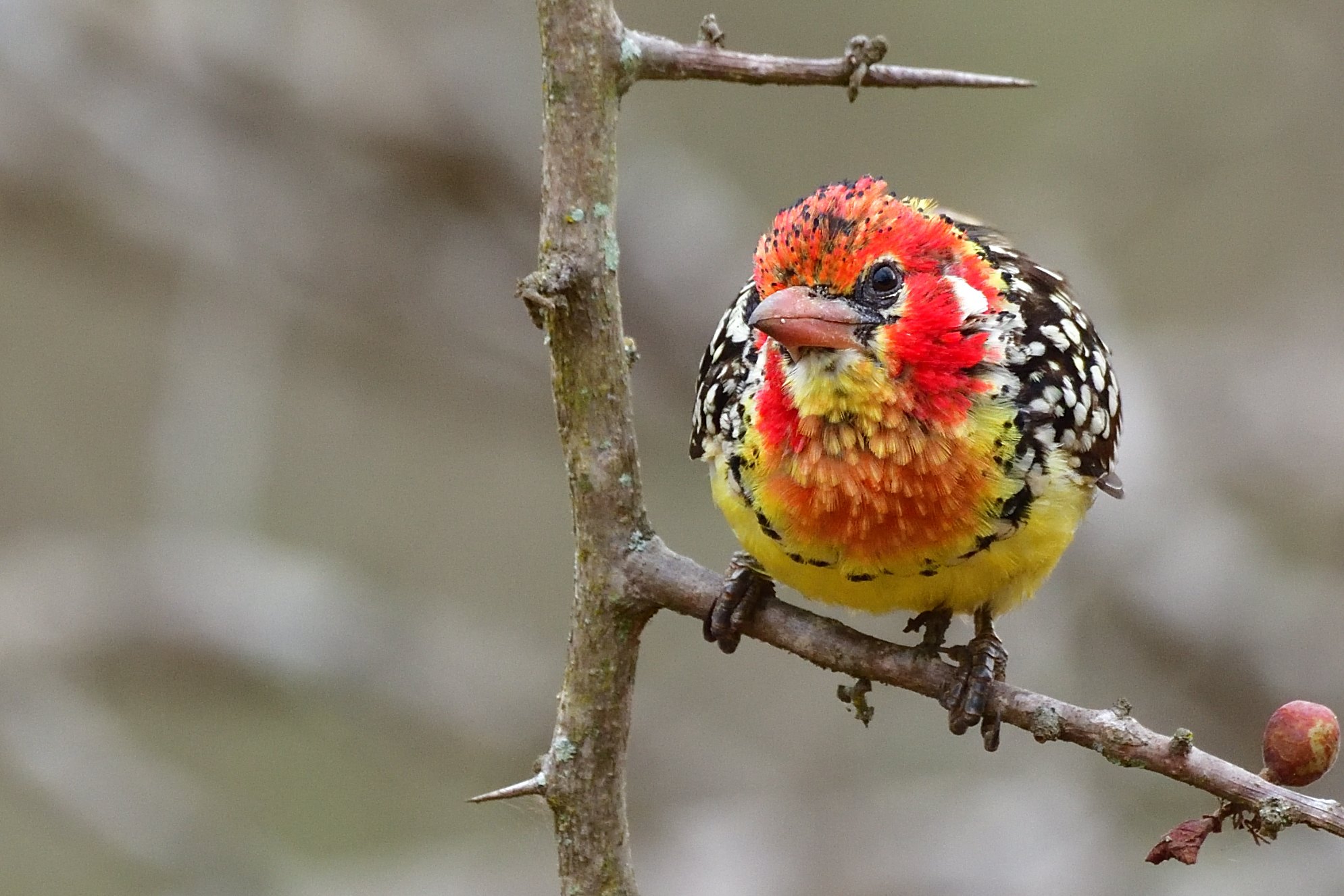
Red-and-yellow Barbet, Trachyphonus erythrocephalus – Endemic to NE Africa
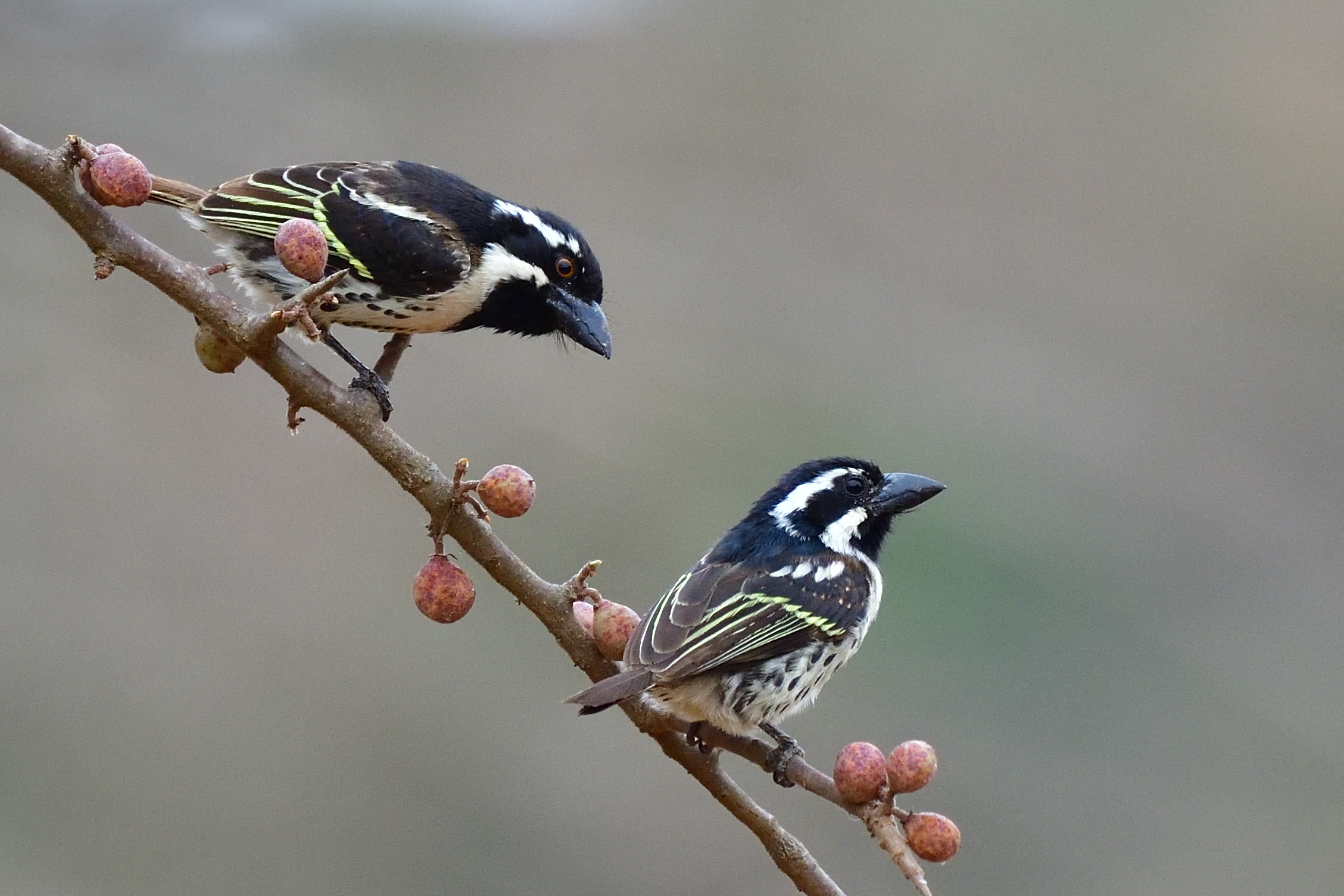
Spot-flanked Barbet, Thricolaema lacrymosa – Endemic to E Africa
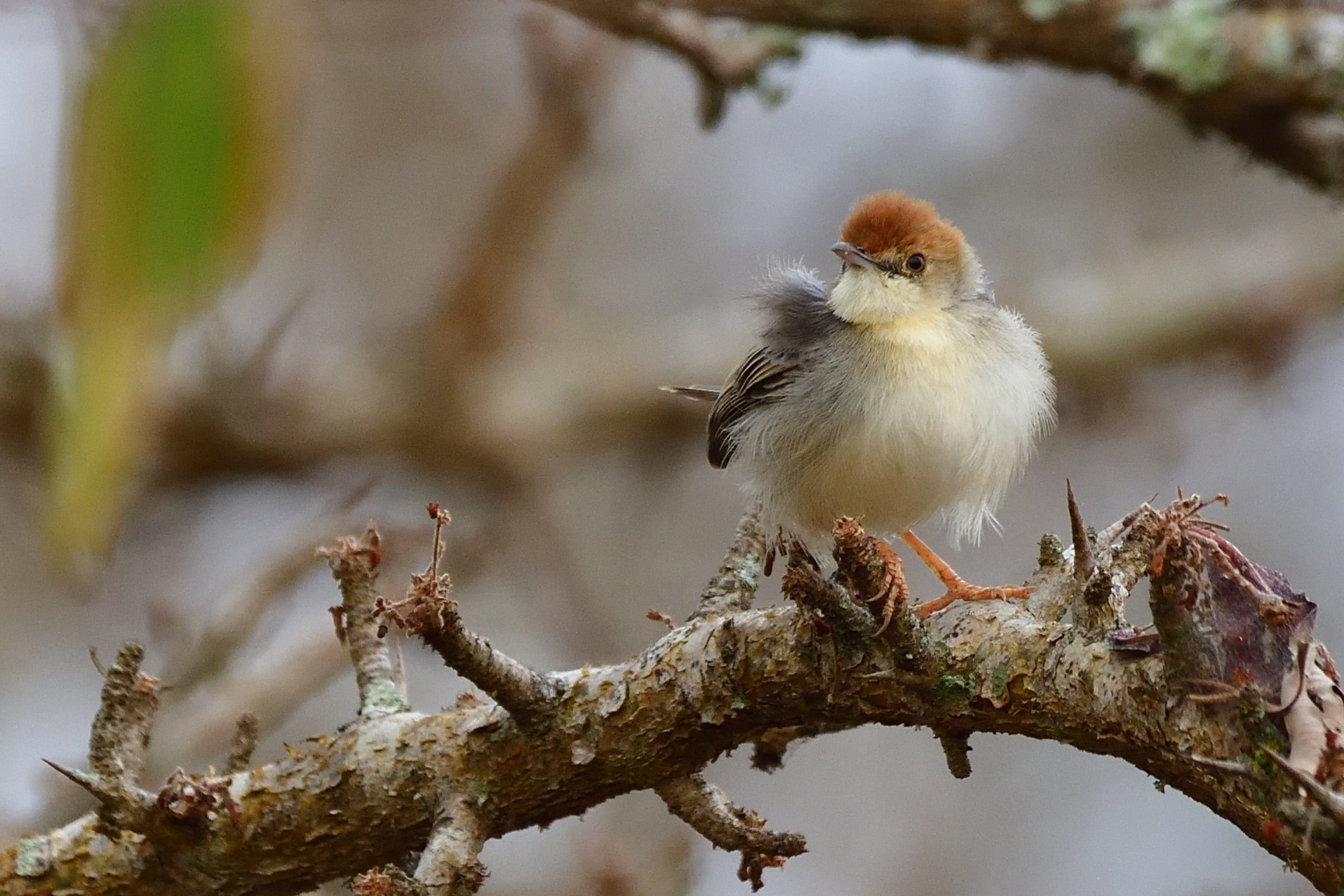
Tiny Cisticola, Cisticola nanus – Endemic to NE Africa
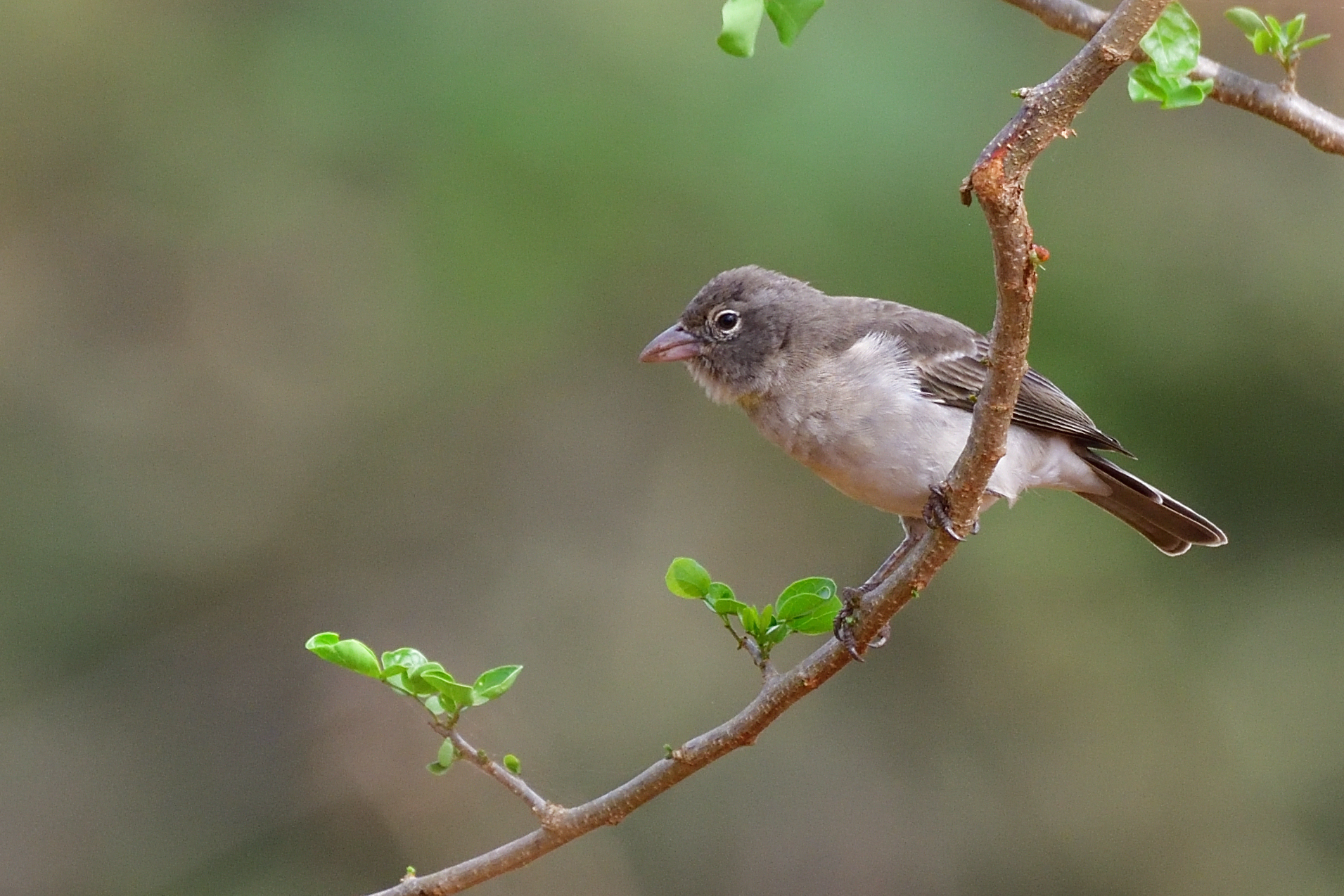
Yellow-spotted Bush Sparrow (Petronia), Gymnoris pyrgita
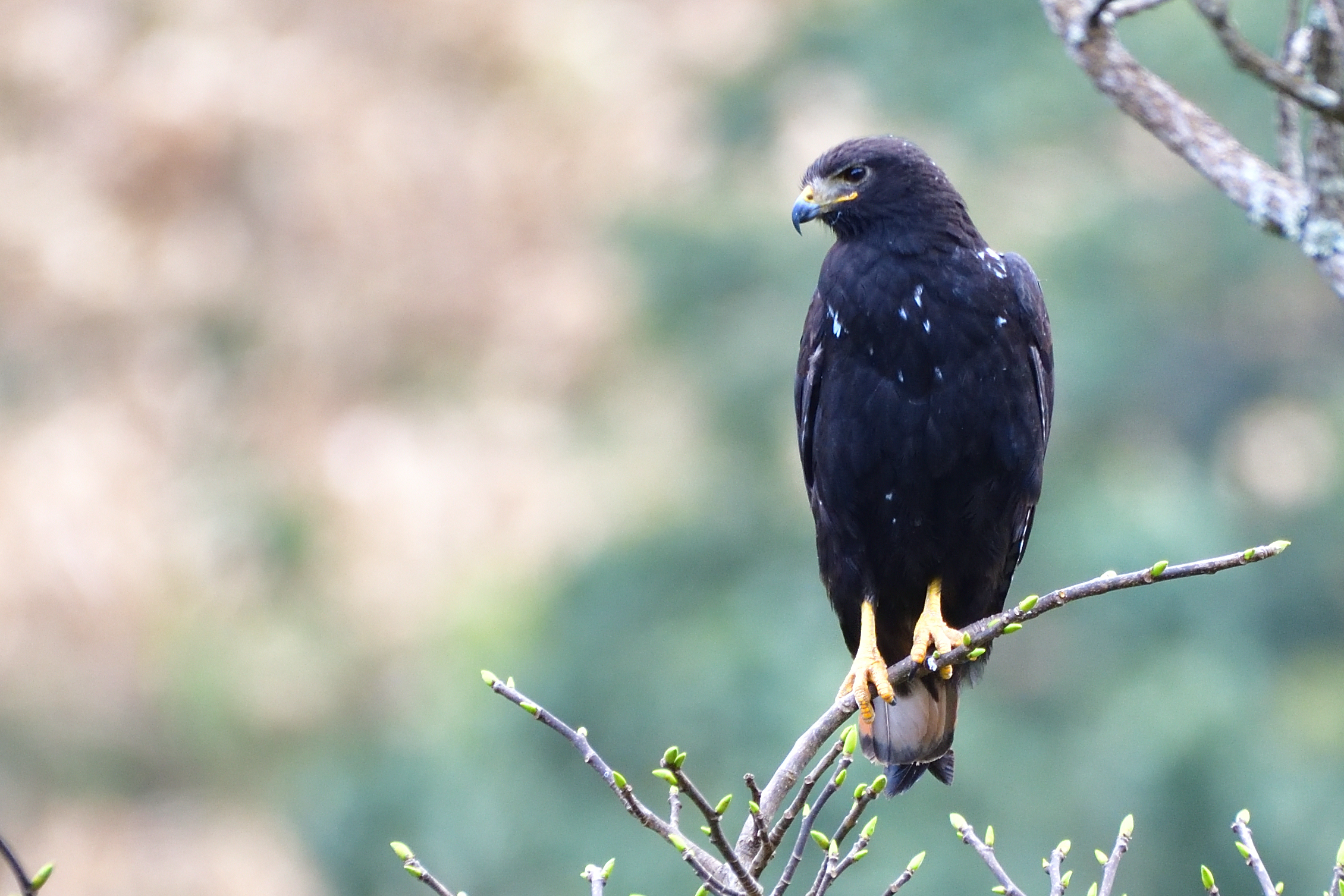
Augur Buzzard (Black-morphed), Buteo augur
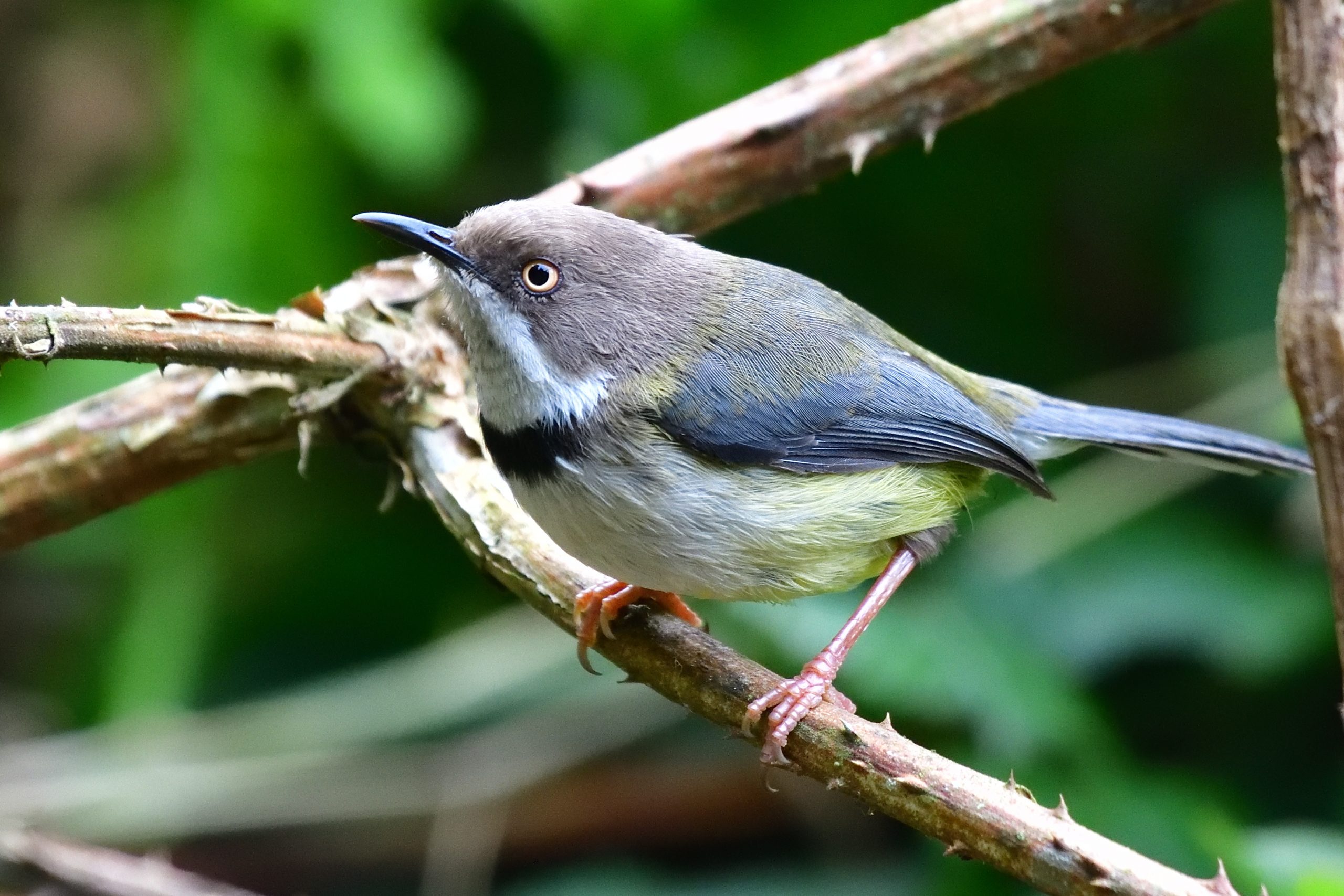
Bar-throated Apalis, Apalis thoracica
Day 7, Sunday, August 23 – Magamba Forest – Amani Forest, East Usambara
When I woke up, Mietek was already awake. He complained he had been freezing all night and had not slept at all. He wanted to move on and not stay in Magamba 2 more nights because of the cold. Despite I had given clear instructions to bring warm clothes and also given him my Norwegian sleeping bag that can handle -15 degrees he was cold. I did not have any other options than to accept so we changed the plan. To anybody else coming to visit me: It is cold in Magamba Forest, please bring very warm clothes! We agreed to do morning birding before we left and due to the light, we again walked uphill from our camp. Here are some of the new birds we recorded from Magamba Forest this morning: Southern Citril, Yellow-bellied Waxbill, Forest Batis, Eastern Bronze-naped Pigeon, Bar-tailed Trogon, Southern Yellow White-eye, Black Saw-wing, Olive Sunbird and Mountain Buzzard. We went back to camp, had breakfast and packed camp. Soon we were on the way. I picked up a Mocking Cliff-Chat on the way down. We stopped in Korogwe for lunch and then took the turn off from Muheza towards Amani Forest. We picked up a Collared Palm Thrush just north of Muheza. We continued to the lower part of the forest and I dropped Martin and Mietek off. Selvine and I drove up a little further and parked the car. I started walking towards them. I recorded Collared Sunbird, Forest Batis, Fischer´s Turaco, Little Greenbul, Green Barbet and Olive Sunbird before I met up with them. We walked back to the car and drove all the way up to the research station where our cottages for 3 nights were.
Some pictures from Day 6
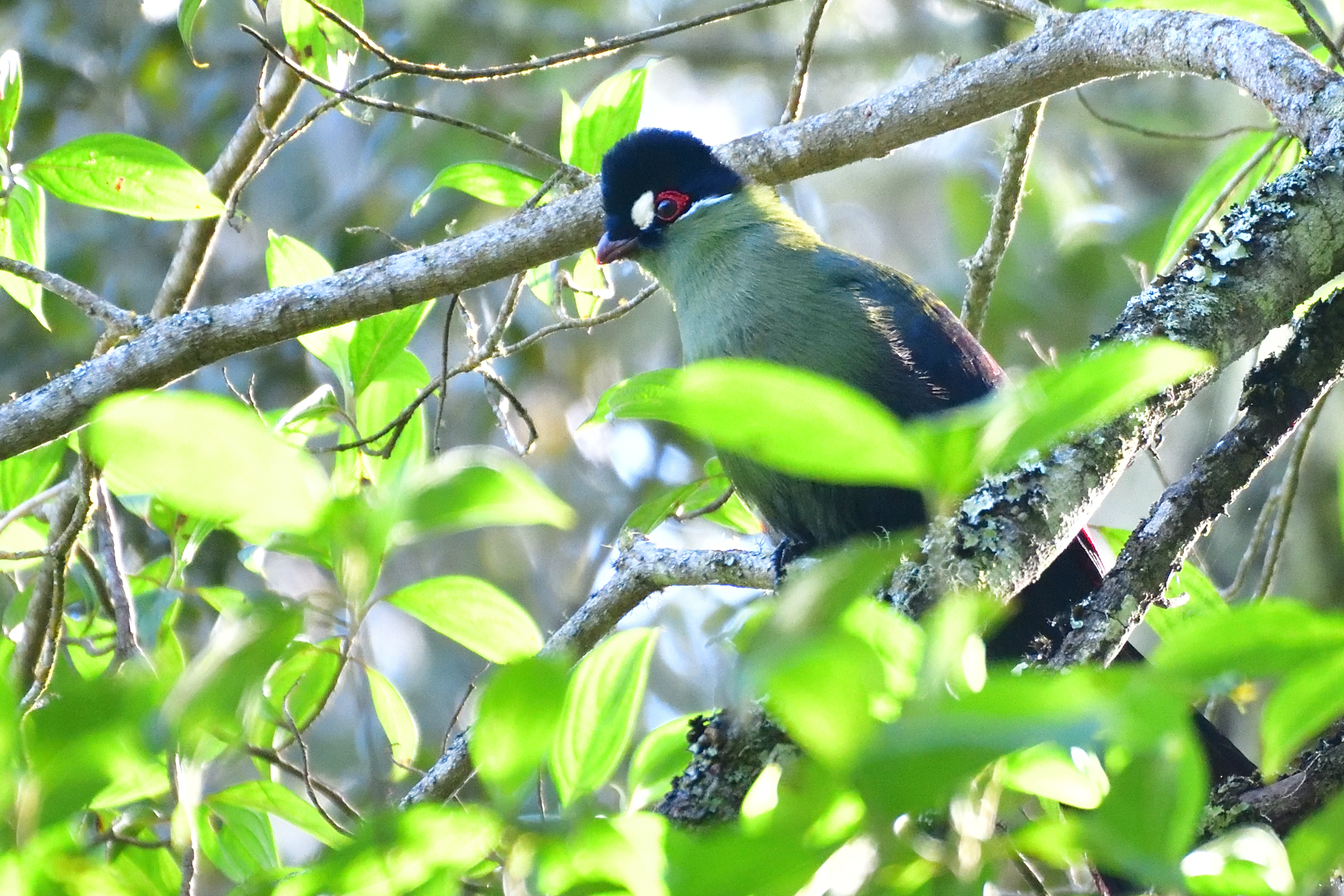
Hartlaub´s Turaco, Tauraco hartlaubi – Endemic to E Africa
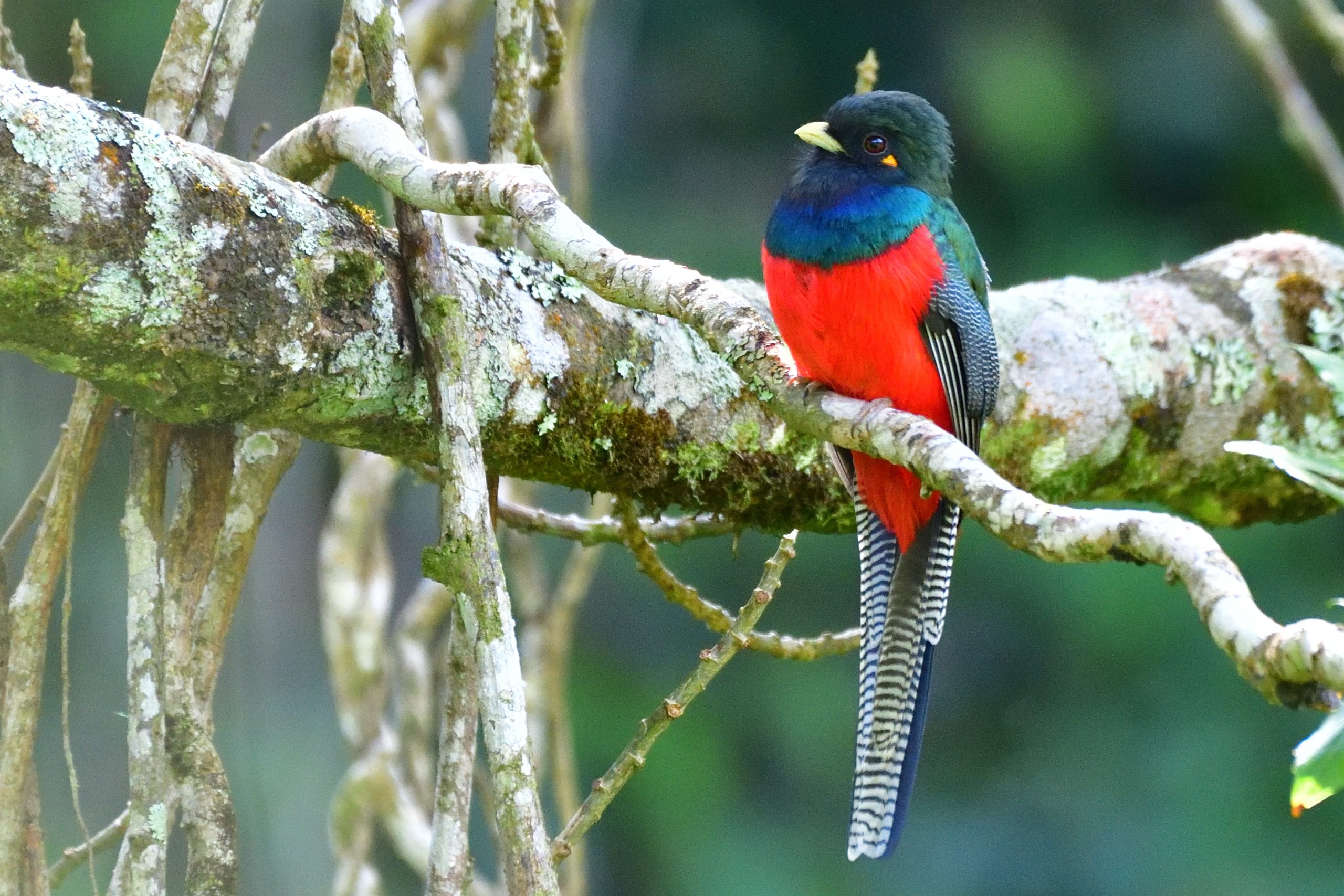
Bar-tailed Trogon, Apaloderma vittatum
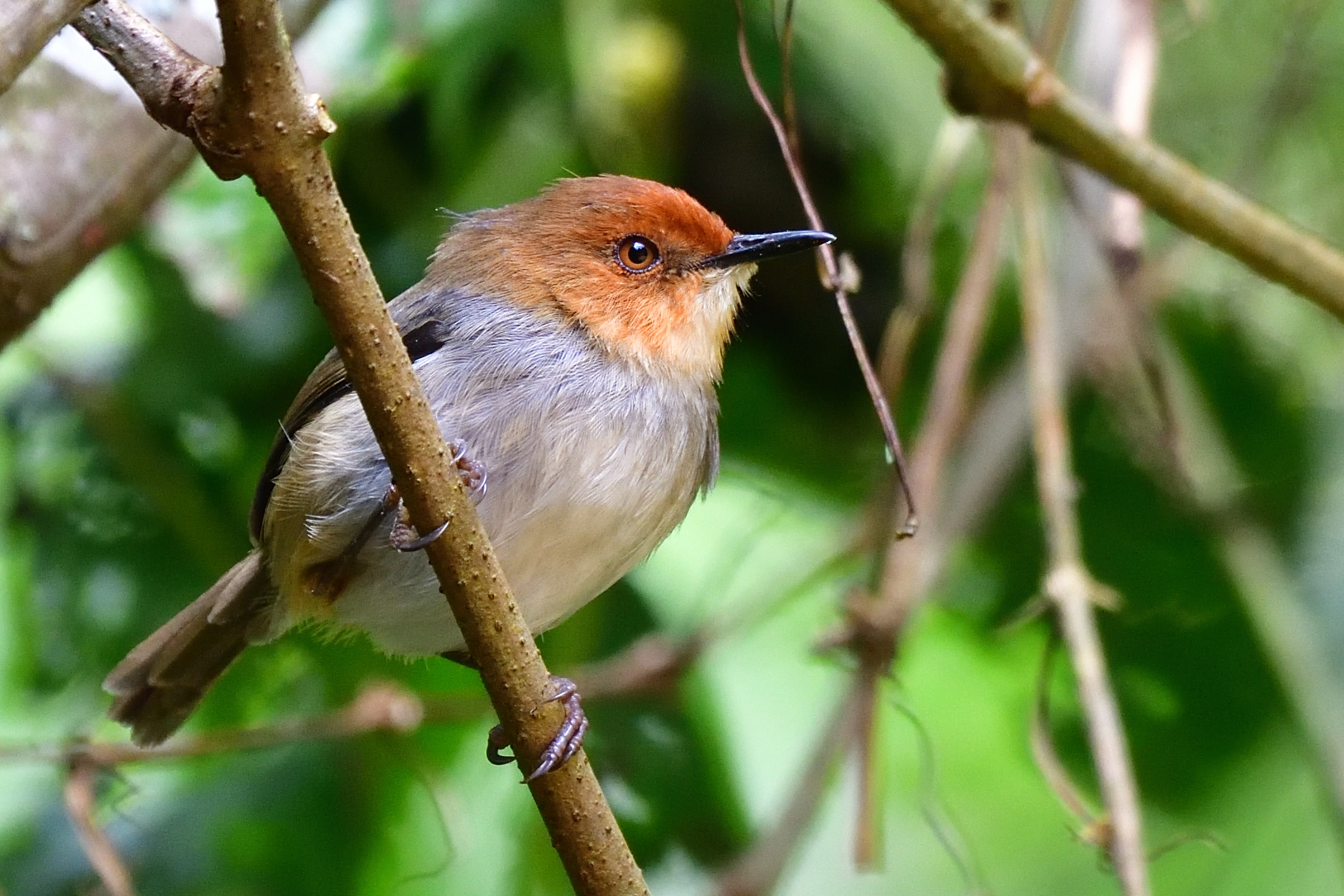
Red-capped Forest Warbler, Artisornis metopias – Endemic to Eastern Arc Mountains of Tanzania and N Mozambique
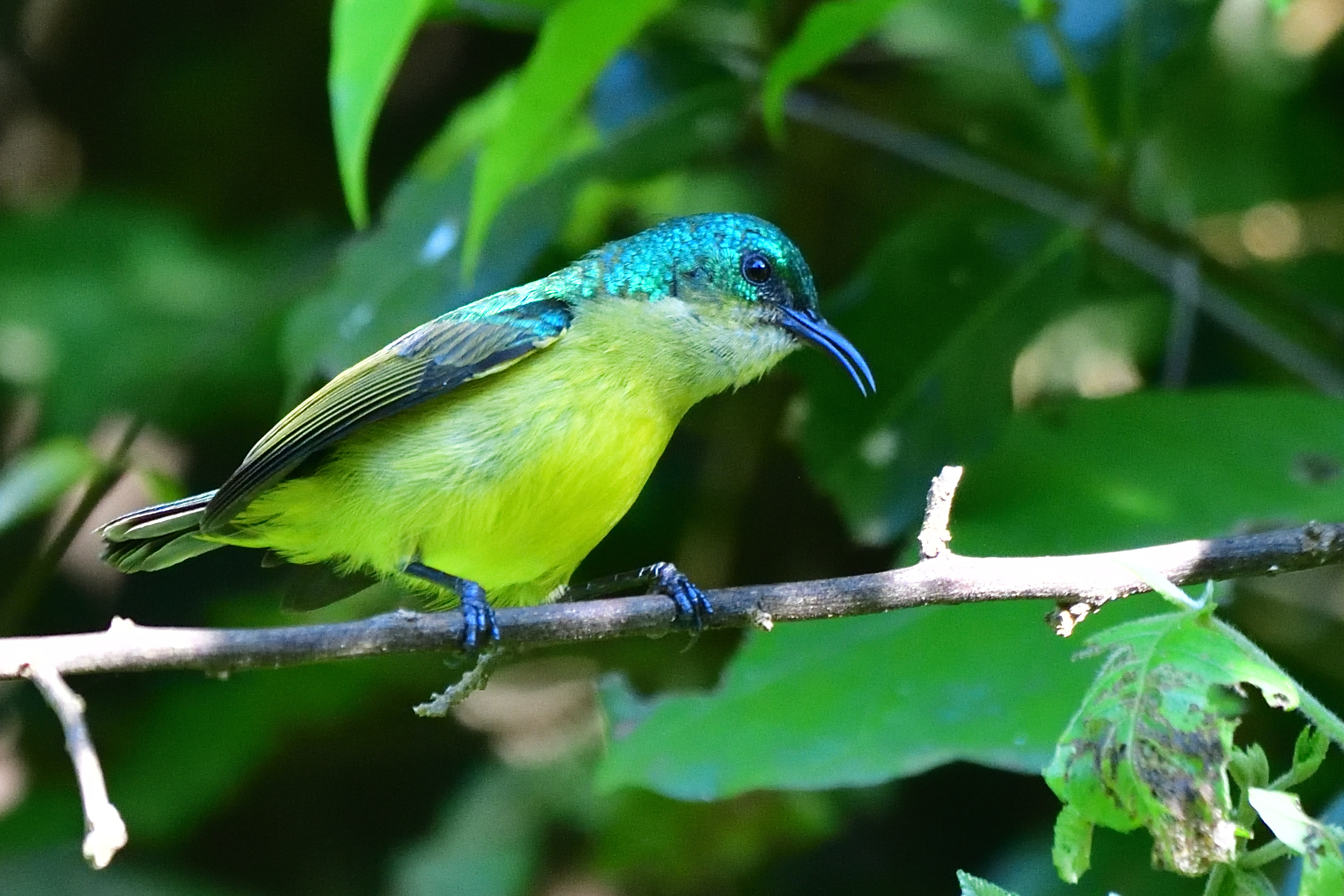
Collared Sunbird, Hedydipna collaris
Day 8, Monday, August 24 – Amani Forest, East Usambara
A full day in Amani Forest. We started around 07:00 with a walk around the headquarters. Here are some of the birds recorded: Green Barbet, Little Greenbul, Olive Sunbird, Square-tailed Drongo, Tambourine Dove, Black-bellied and Kenrick´s Starling, Banded Green Sunbird, Red-backed Mannikin, Black-throated Wattle-eye, Red-faced Cisticola, Pale Batis, Waller´s Starling, African Green Pigeon, Green-headed and African Golden Oriole, Palm-nut Vulture, Yellow-rumped and Moustached Tinkerbird, East Coast Boubou and Southern Banded Snake Eagle. We returned to the head quarter for breakfast. After breakfast, we decided to take the car and go higher up to a spot we have amongst the Tea plantation. I had finally understood that Mietek was not particularly interested in the endemic birds, he wanted Barbets, Kingfishers, Bee-eaters, Trogons, Starlings, Turacos and some other species. From now on Martin and I had to point of birds and ask if he was interested in them. From the new directions, we had 2 target birds this afternoon: Fischer´s Turaco and Half-collared Kingfisher. Just at the top of the hill, we had a nicely perched Long-crested Eagle. Driving around the little stream up to the Tea factory Martin spotted a Half-collared Kingfisher. It afforded nice views, but it was quite far away and Mietek missed the photo opportunity. A little further up, Martin suggested that we played the call of the Turaco and sure enough, two birds flew in. We had great, but distant views and did manage to get some pictures. We drove up to the normal spot for the Long-billed Forest Warbler, had brief views, but did not spend anytime since this bird was not prioritised. We also heard the Kretchmer´s Longbill, but did not even attempt to get it out. On the way back, we did not go to the Sharpe´s Akalat spot. Mountain Wagtail, Malachite Kingfisher, Green-backed Honeybird, Northern Fiscal and Trumpeter Hornbill was some of the other birds recorded. We returned back for lunch and had the Long-crested Eagle perched in the same spot in better light. After lunch, we did the walk around the headquarters again in order to get better pictures of some of the birds there. We also added some new birds: Dark-backed Weaver, Grey Cuckooshrike, Shelley´s Greenbul, Red-tailed Ant Thrush and Uluguru Violet-backed Sunbird. We returned to camp, relaxed a little, had dinner and went to bed.
Some pictures from Day 8:
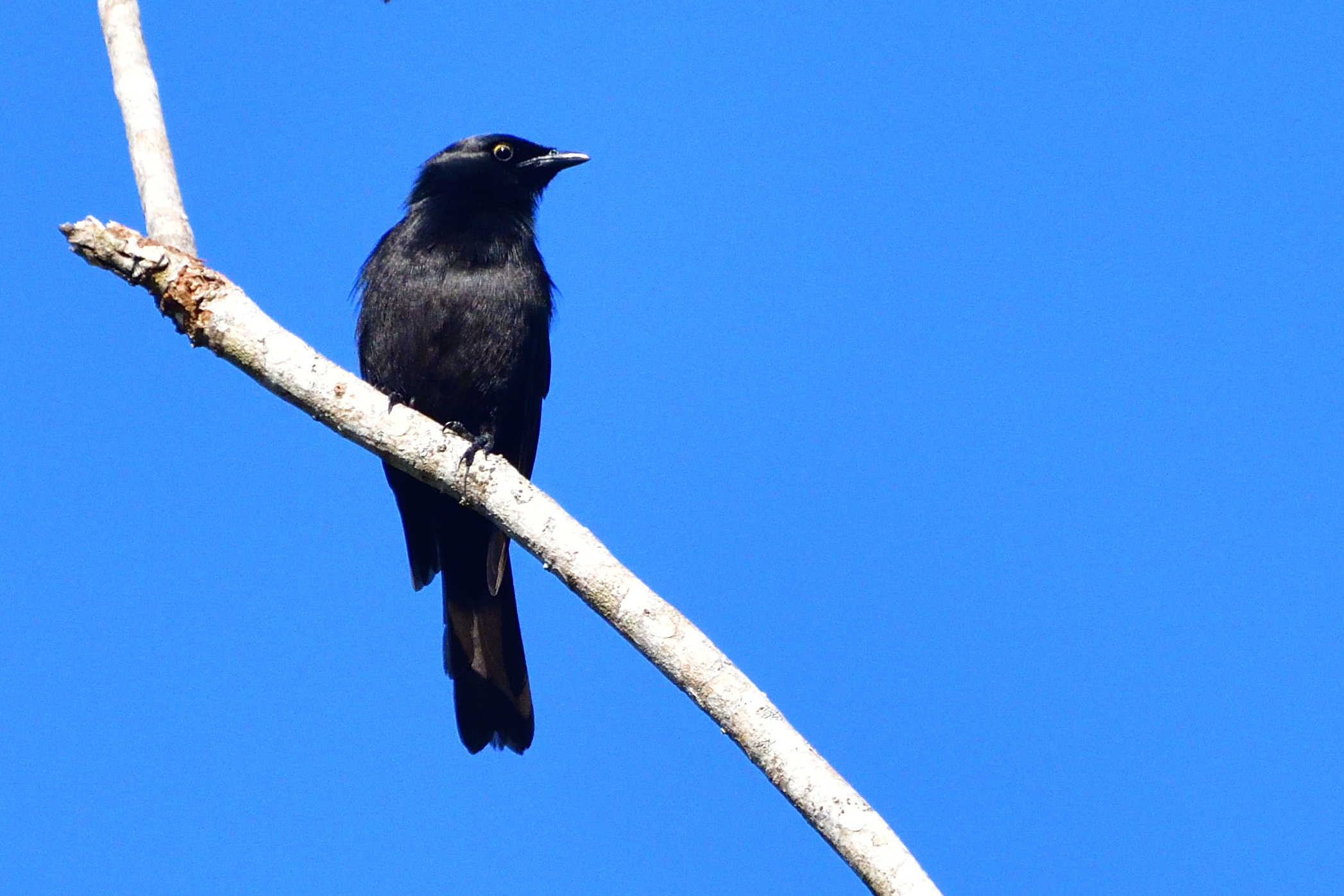
Kenrick´s Starling, Poeptora kenricki – Endemic to East Africa
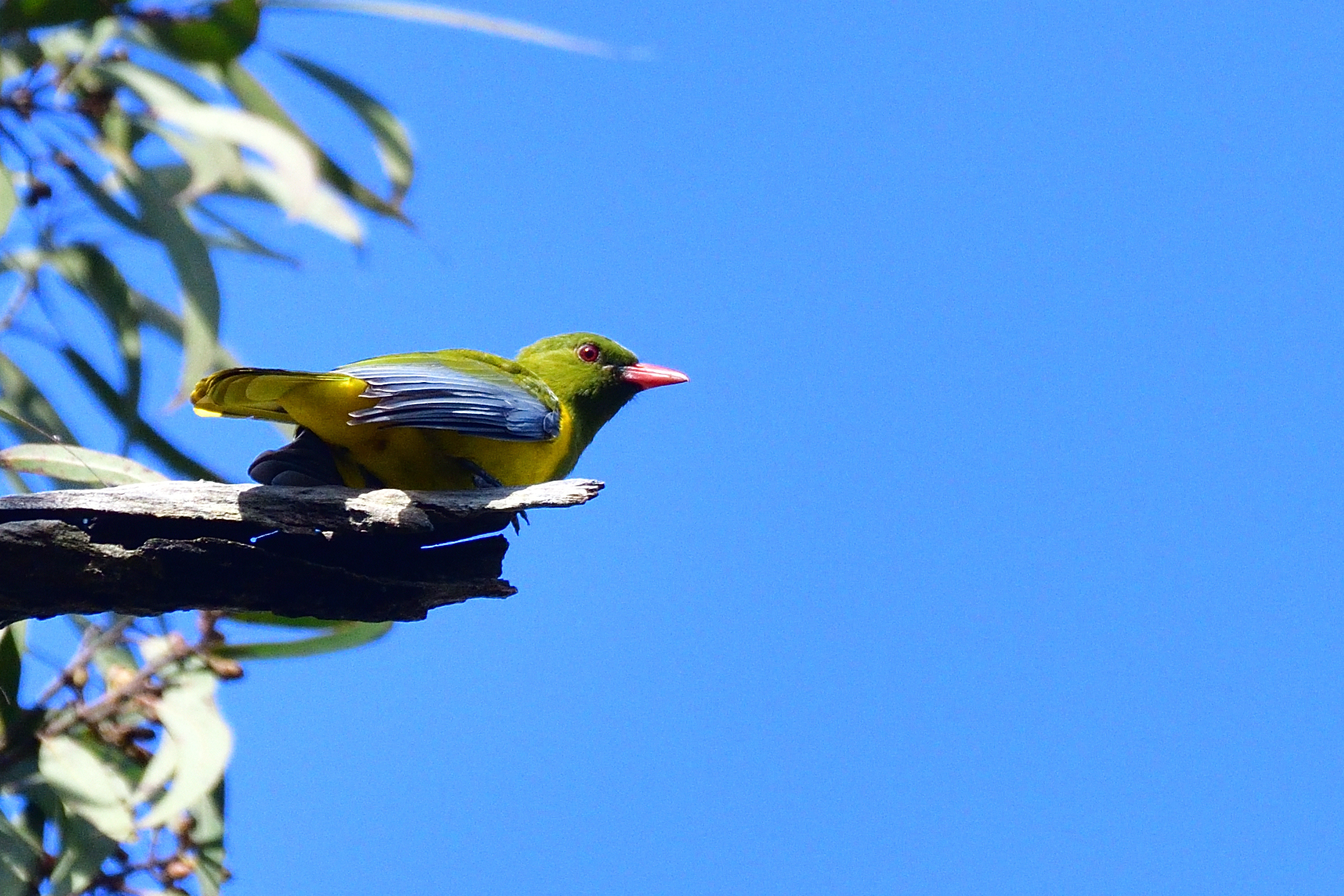
Green-headed Oriole, Oriolus chlorocephalus – Endemic to SE Africa
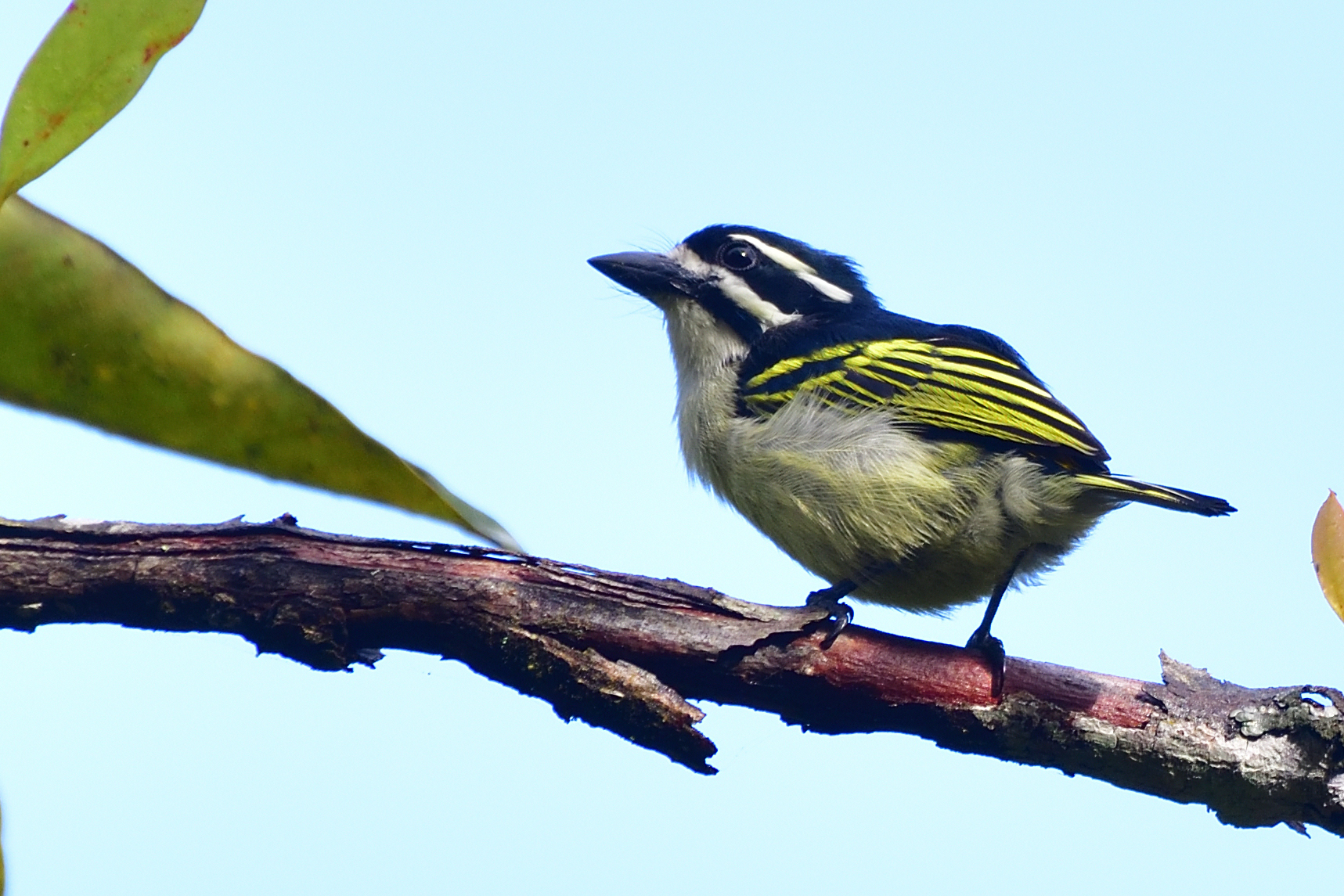
Yellow-rumped Tinkerbird, Pogoniulus bilineatus
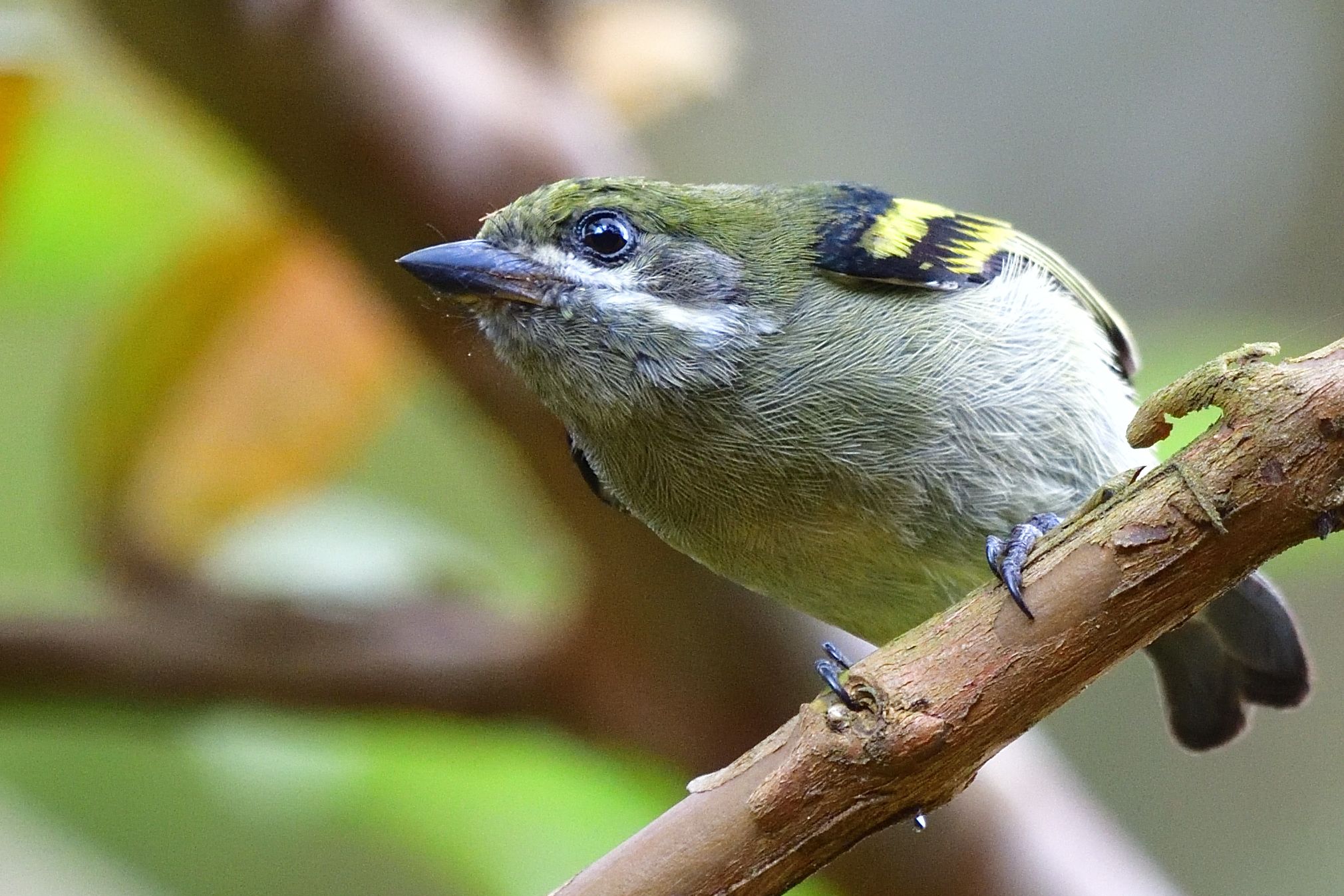
Moustached Tinkerbird, Pogoniulus leucomystax –
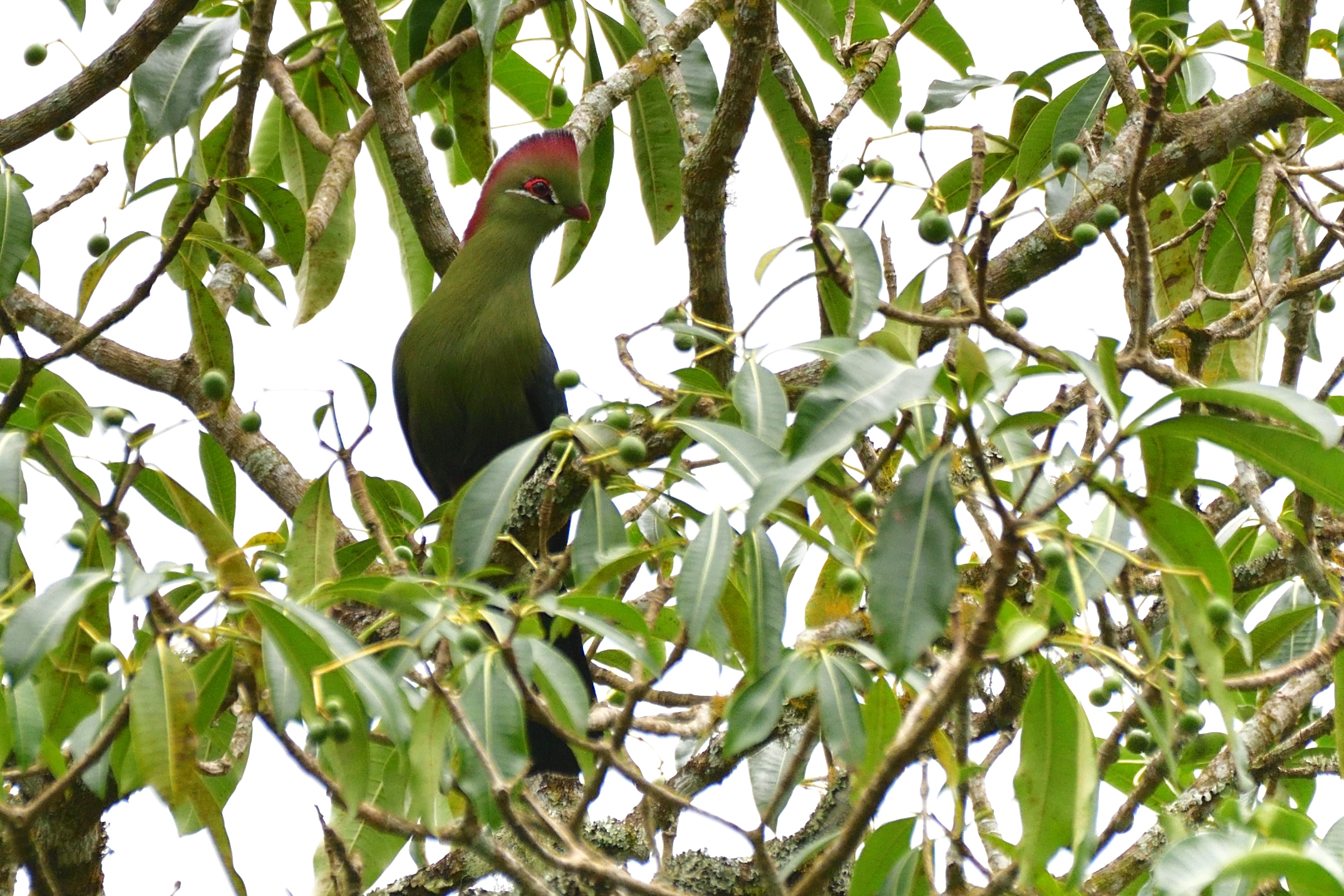
Fischer´s Turaco, Tauraco fischeri – Endemic to coastal E. Africa
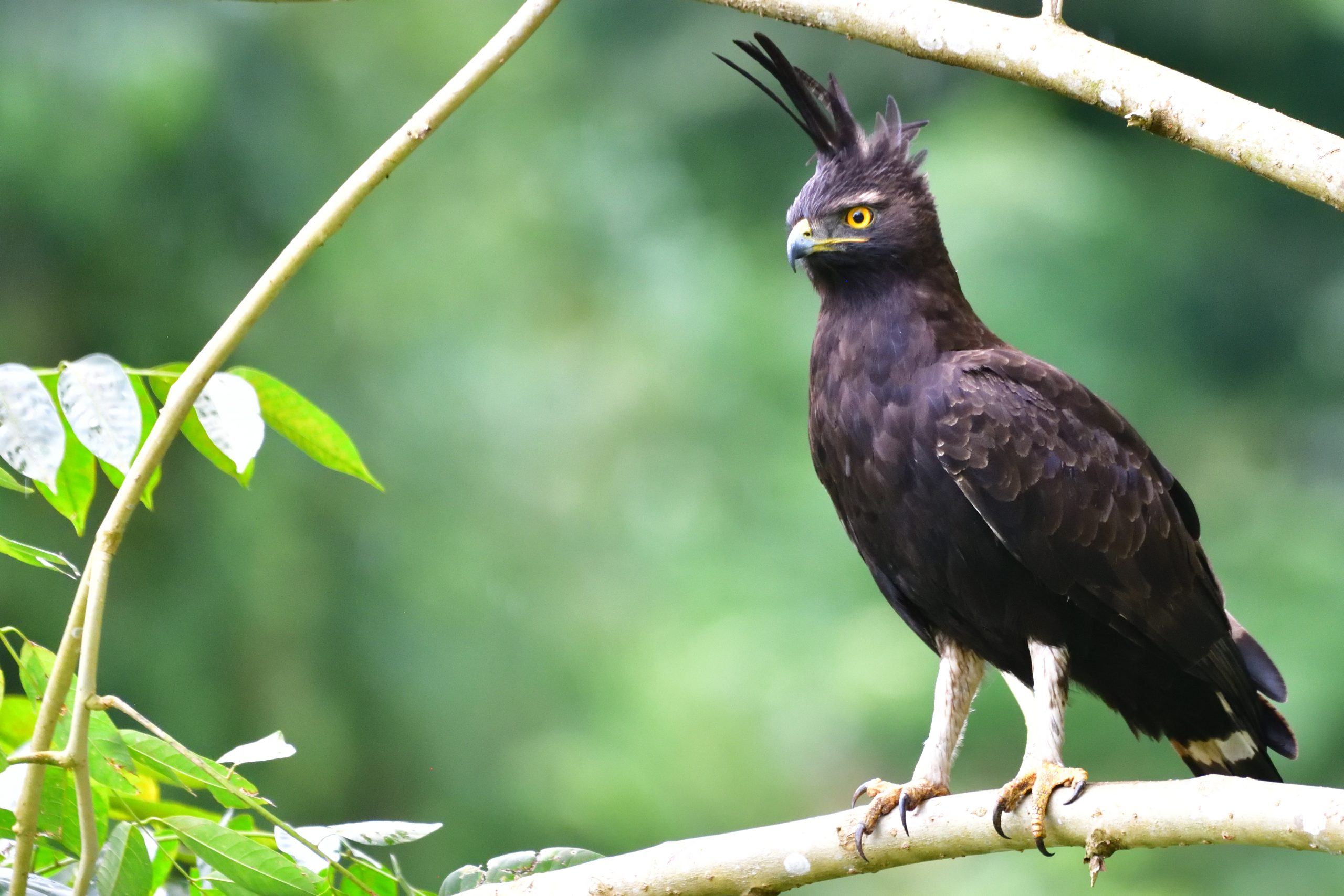
Long-crested Eagle, Lophaetus occipitalis
Day 9, Tuesday, August 25 – Amani Forest, East Usambara
We had another full day in Amani Forest. As yesterday, we started with a walk around the headquarters. Here are some of the birds we encountered: African Golden Oriole, Tawny-flanked Prinia, African Goshawk, Kurrichane Thrush, Purple-banded Sunbird and Crowned Eagle. We returned to camp for breakfast and then decided to go back up to find the Half-collared Kingfisher again. We went to the normal spot, but no bird. We stopped a little further up to look for Fischer´s Turaco. We had both Shelley´s and Little Greenbul pretty much in the open + a confiding Olive Sunbird. We went further up looking for the Kingfisher, no bird. On the way down, we all heard the call and there it was. Whilst driving back to camp we found Cabanis´s Bunting and Baglafecht Weaver. We had lunch and in the afternoon, Mietek decided to stay back in camp. He had been carrying a tripod, his 600mm + 1.4 converter in the forest for some days so, I could understand why he needed a rest. Martin and I had a nice walk, but did not encounter anything good except flushing a Southern Banded Snake Eagle. We returned to camp, freshened up, dinner and sleep.
Some pictures from Day 9
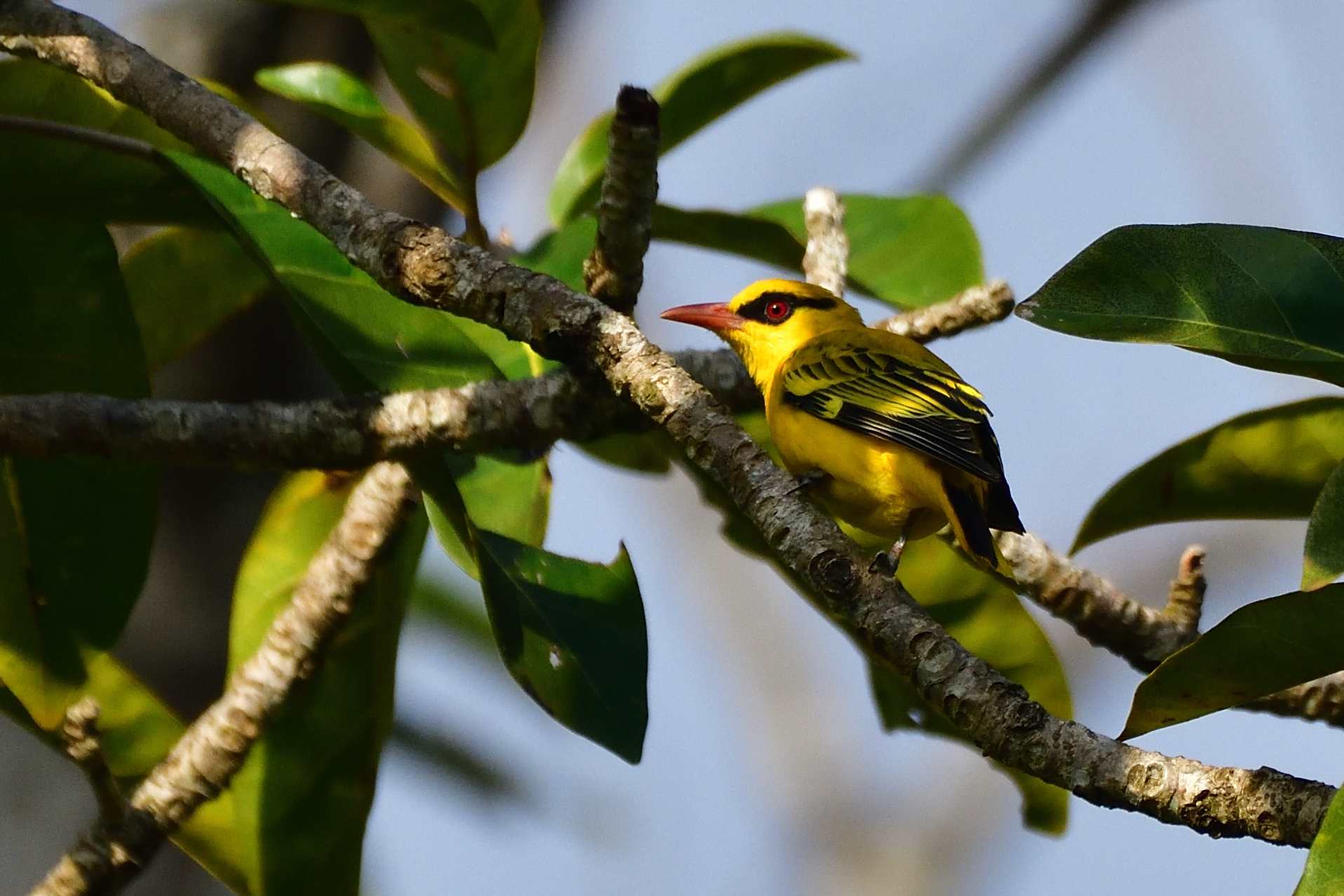
African Golden Oriole, Oriolus auratus
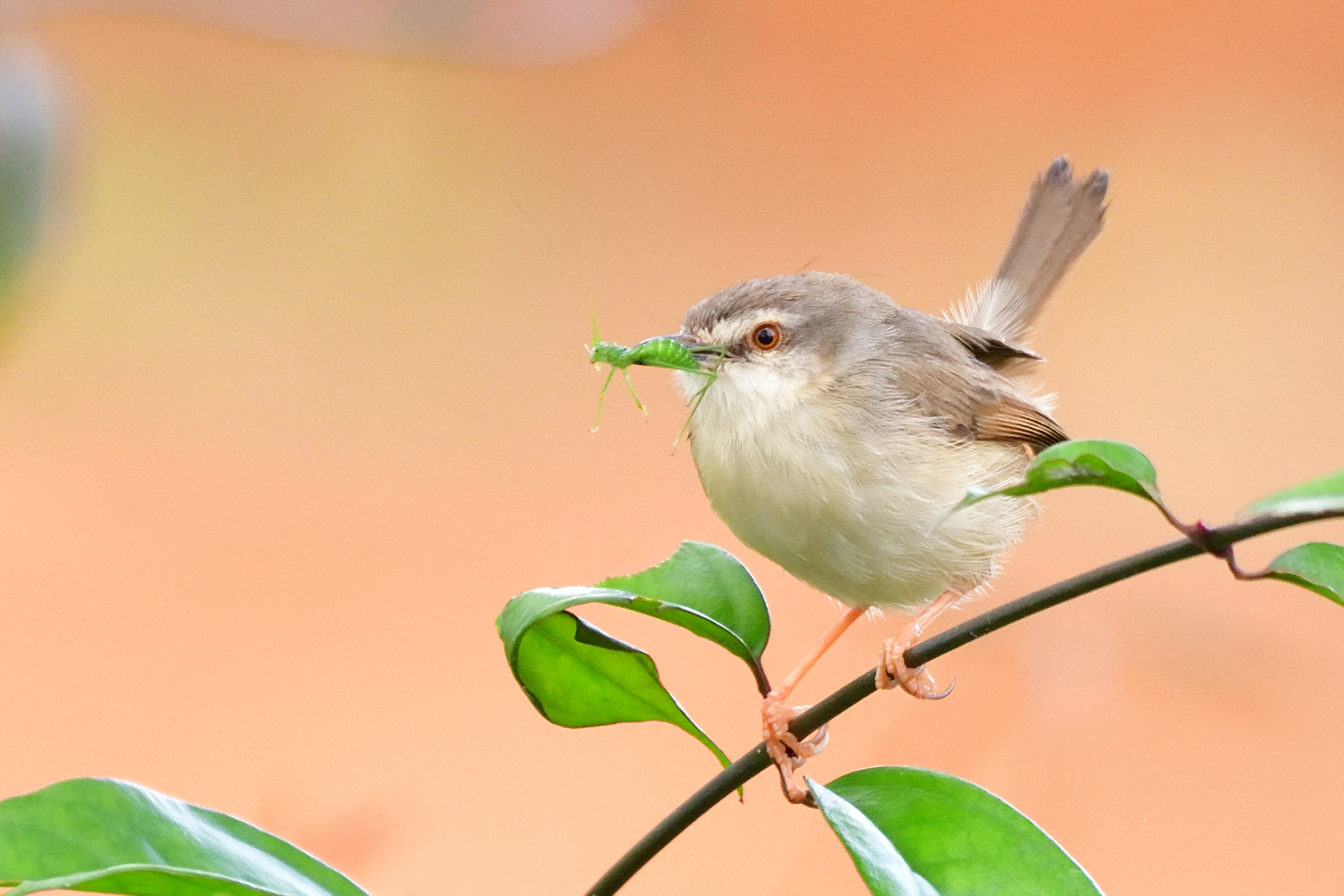
Tawny-flanked Prinia, Prinia subflava
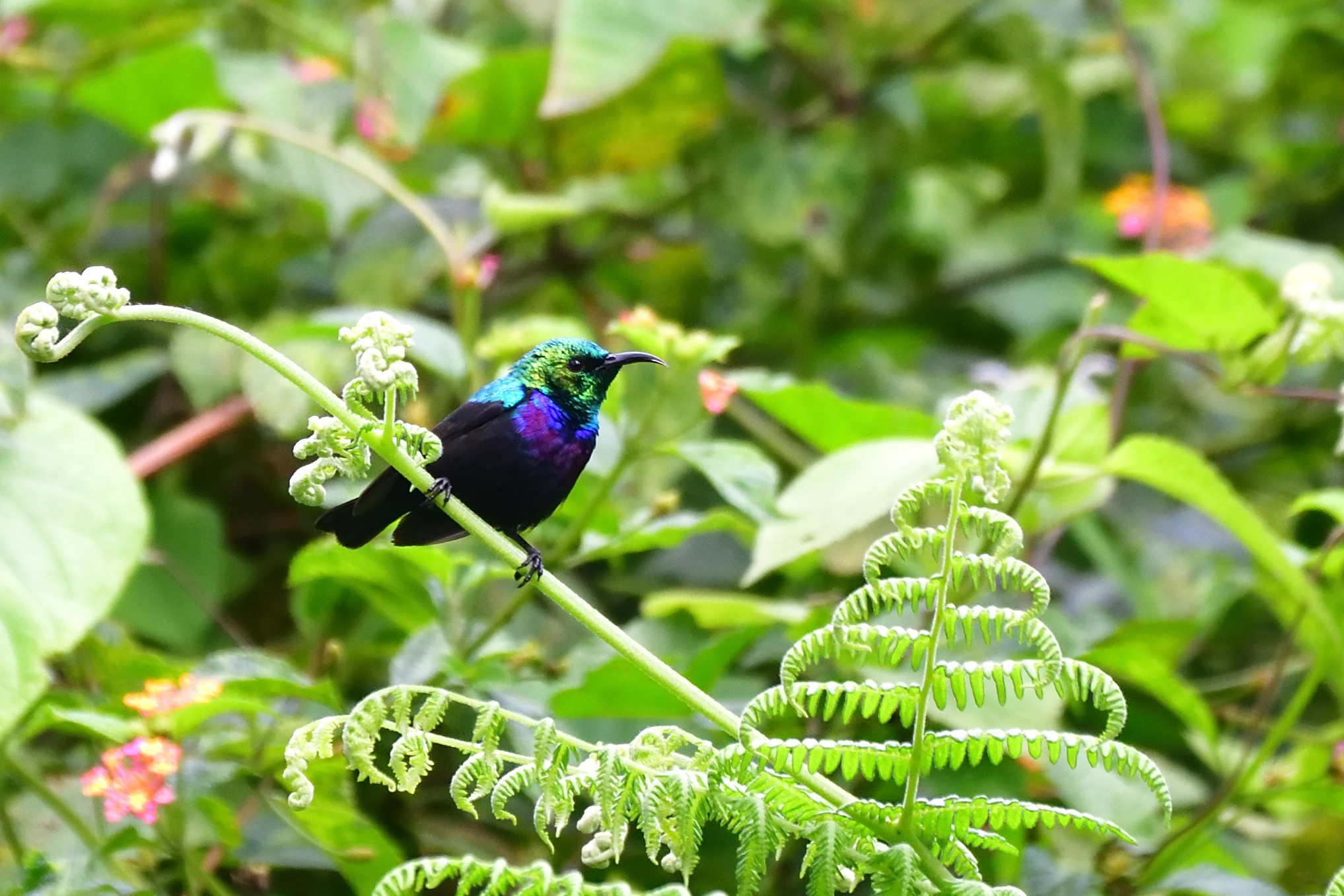
Purple-banded Sunbird, Cinnyris bifascatus
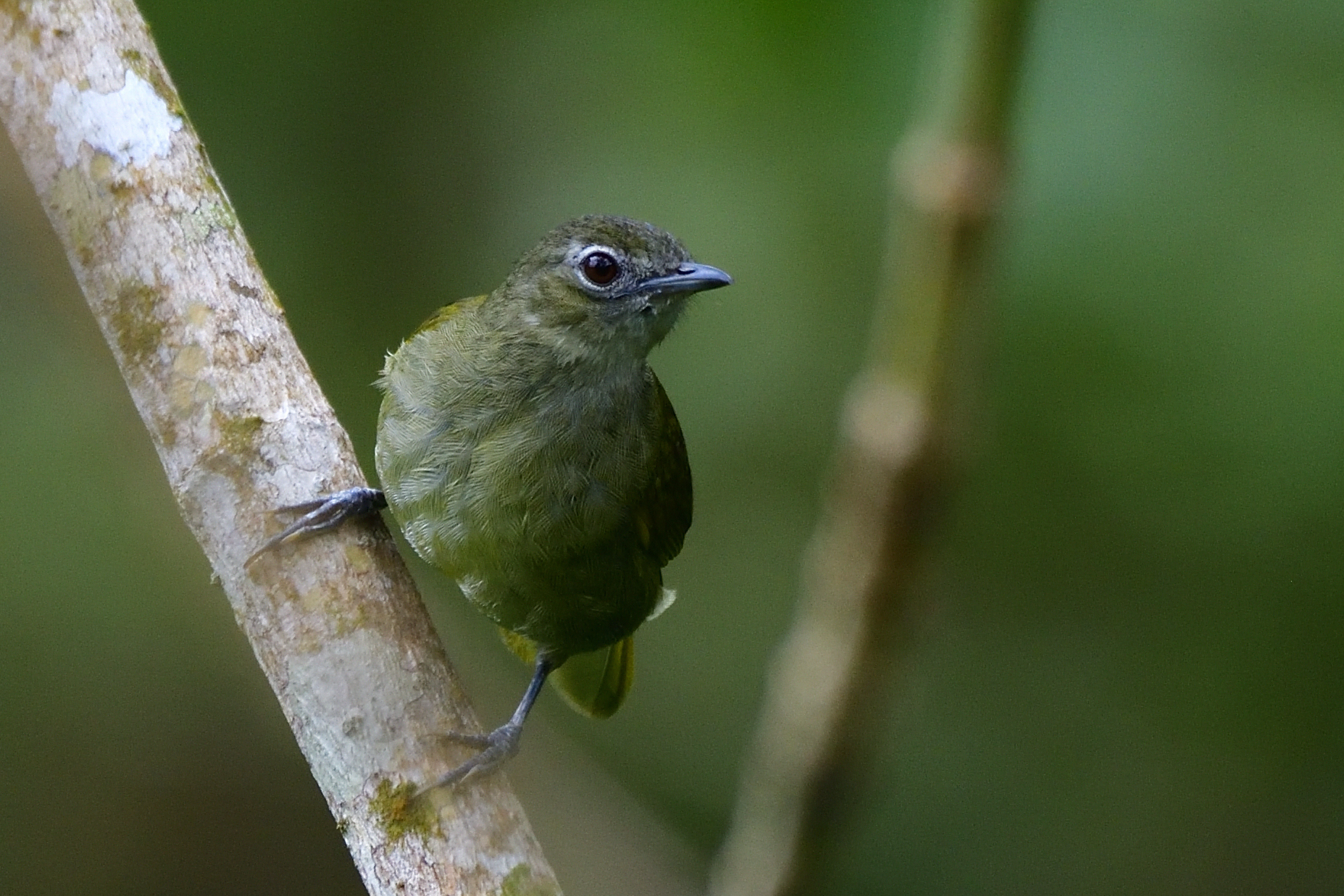
Shelley´s Greenbul, Arizelocichla masukuensis – Endemic to Eastern Arc Mountains of Tanzania and N. Malawi
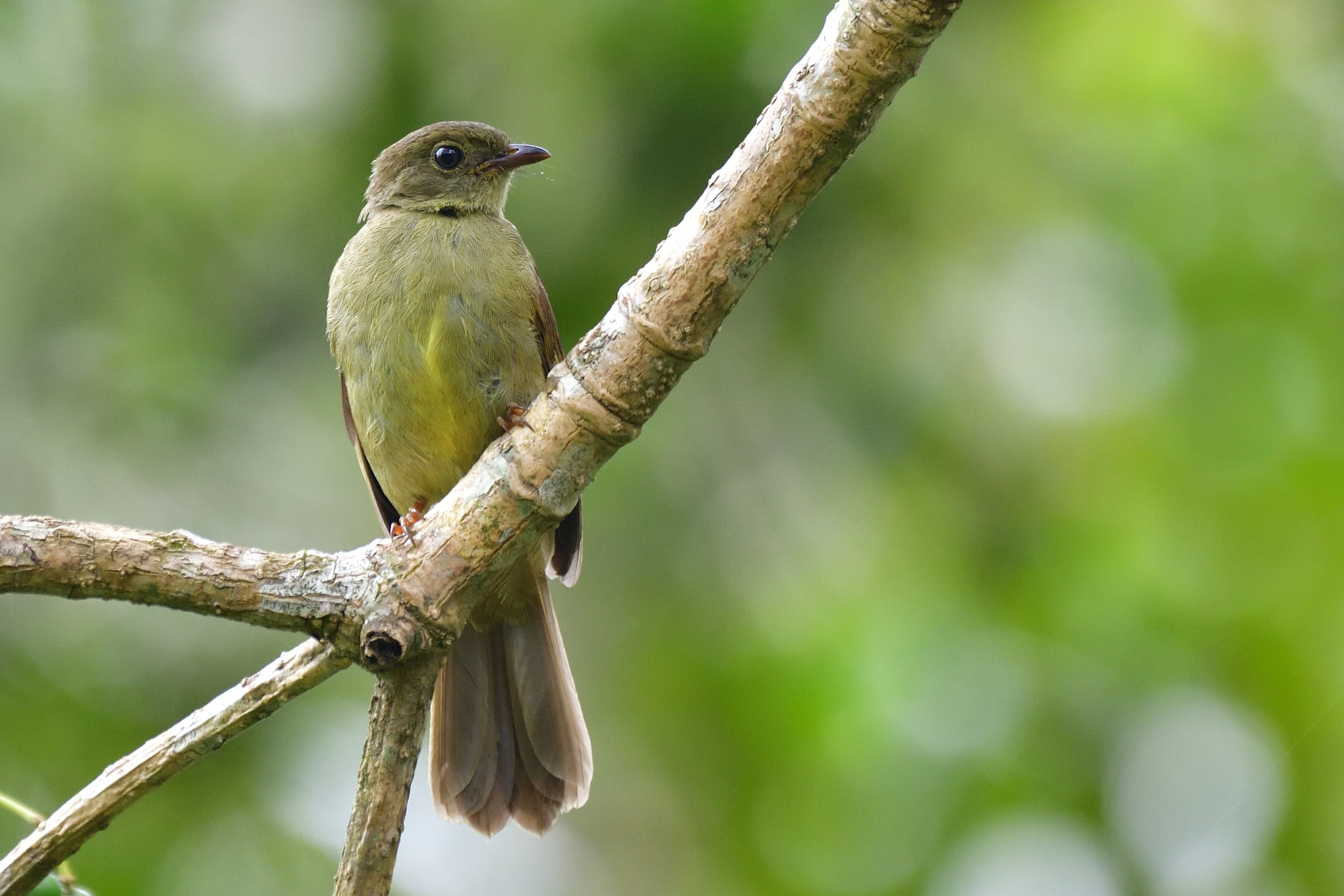
Little Greenbul, Eurilla virens
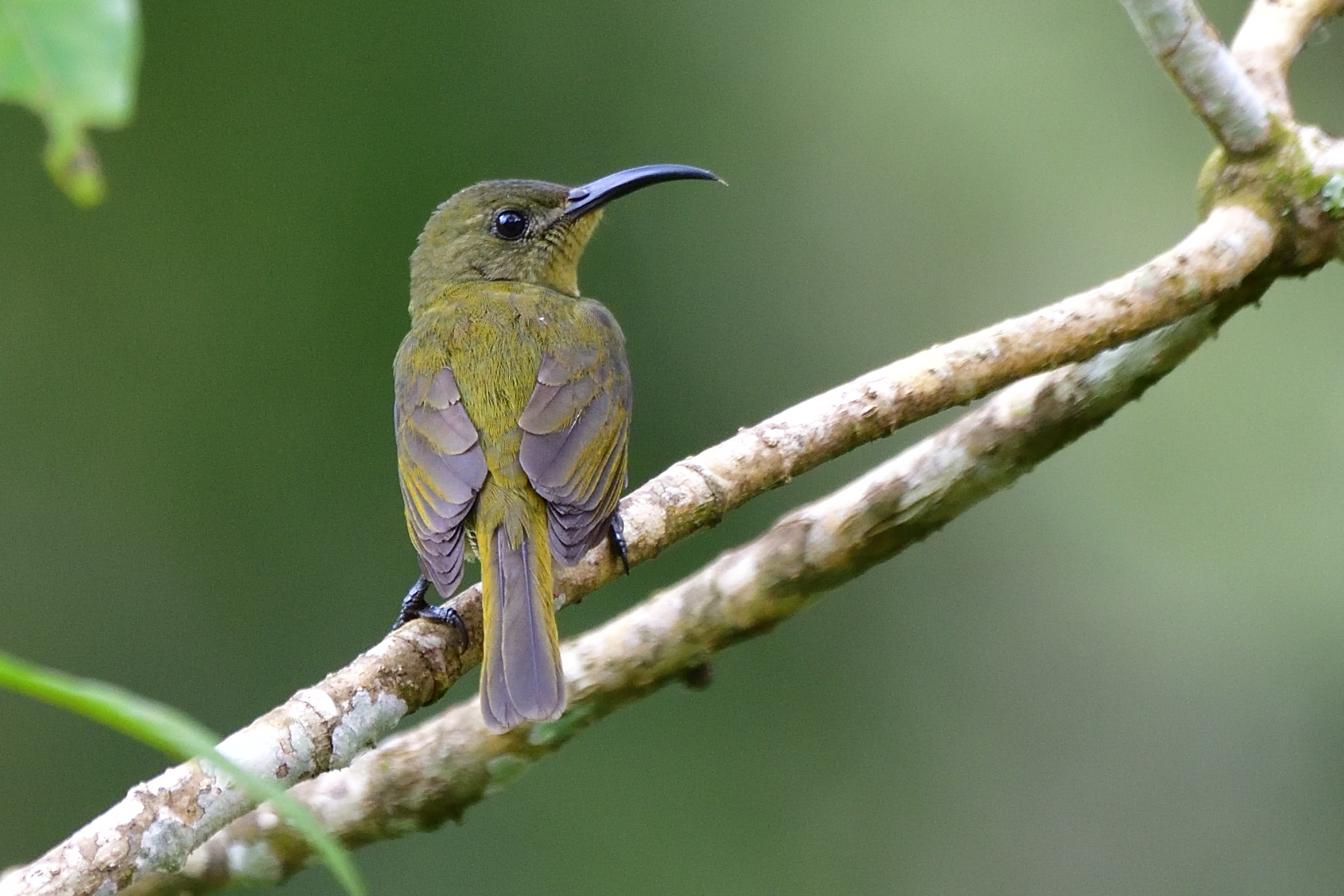
Olive Sunbird, Cyanomitra olivacea
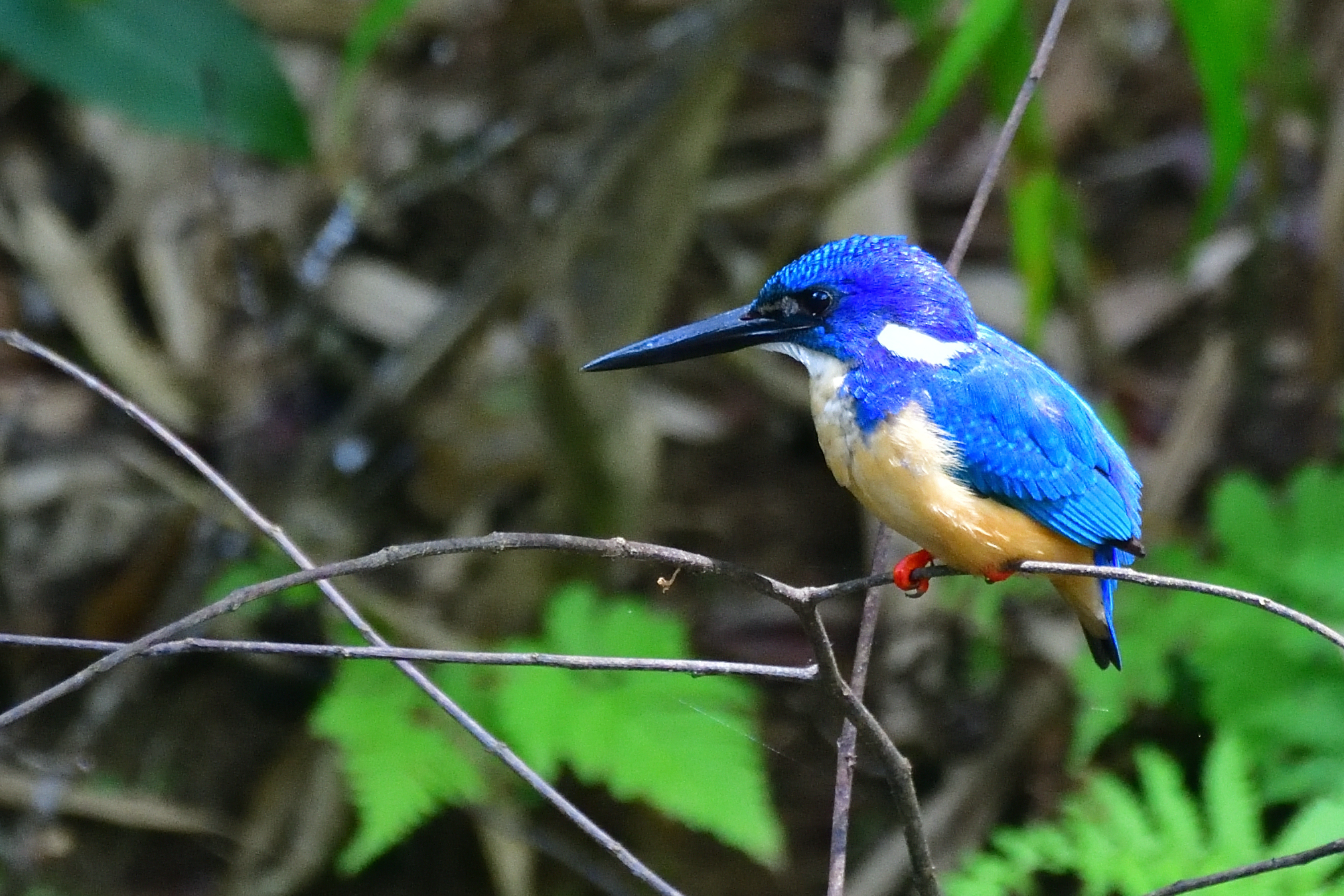
Half-collared Kingfisher, Alcedo semitorquata
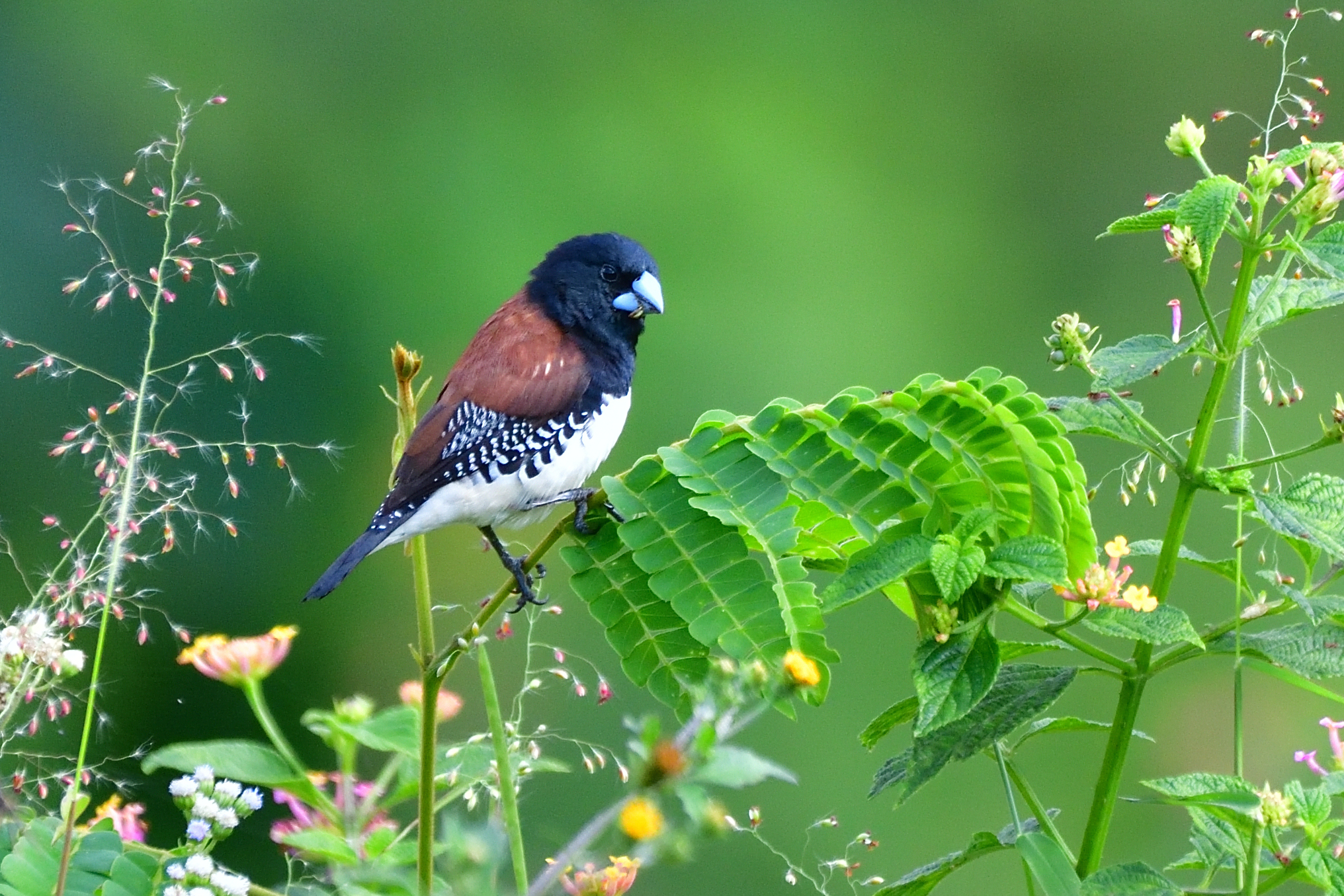
Red-backed Mannikin, Lonchura nigriceps
Day 10, Wednesday, August 26 – Amani Forest, East Usambara – Fish Eagle Point Lodge (FEP) – Tanga
Today, we were going to bird the lower section of the forest and then continue to FEP on the coast. We packed the car and left quite early. As we parked the car arond 07:15 we heard the unmistakable call of an African Broadbill. The bird was close by and a new seen and photographed bird from me in Tanzania. I have only photographed the bird in SA and Kenya before. The bird was in deep cover in extremely bad light, but I managed a few record shots. We started walking down hill and recorded amongst other the following species: Pale-breasted Illadopsi, Blue-mantled Crested Flycatcher, East Coast Boubou, Green-headed Oriole, Forest and Pale Batis, Black-headed Apalis, Green-backed Woodpecker, Green Malkoha, Black-and-white Shrike-flycatcher, Red-throated Twinspot, Little, Lowland Tiny, Yellow-streaked and Shelley´s Greenbul, Little Yellow Flycatcher, Green Barbet, Ashy Flycatcher, Plain-backed Sunbird, Silvery-cheeked Hornbill and an overflying Augur Buzzard. I walked back to the car. Mietek and Martin kept on going downhill. I drove the car to our meeting spot and we left Amani for the coast and Fish Eagle Point Lodge. This is the end of part 1 of the trip report. In part 2 we will be birdingthe coast, The area around Mkomazi National Park again and several interesting spots around Arusha. Stay tuned.
Picture below is a record shot of the first seen (by me) African Broadbill in Tanzania. I have heard them many times.
